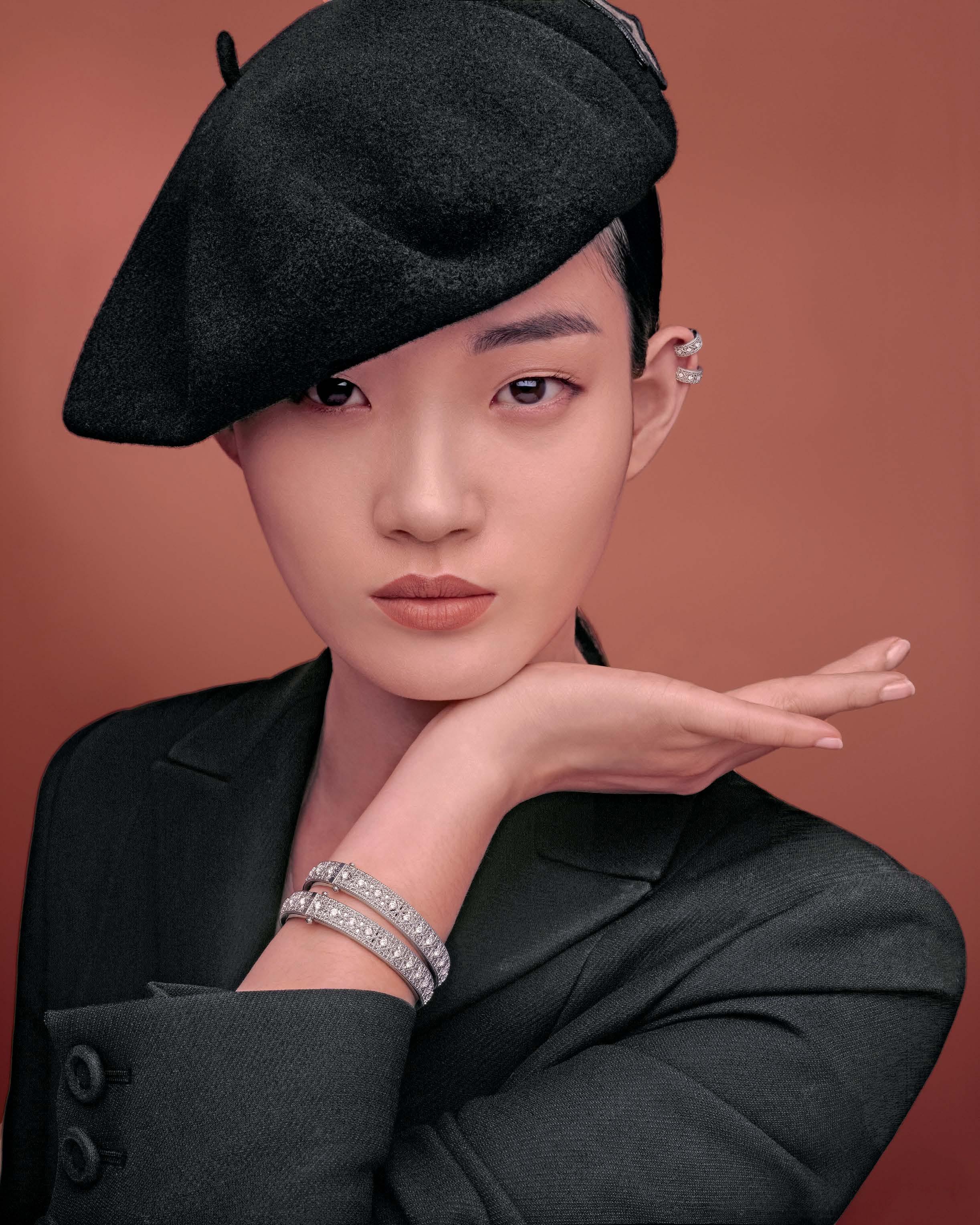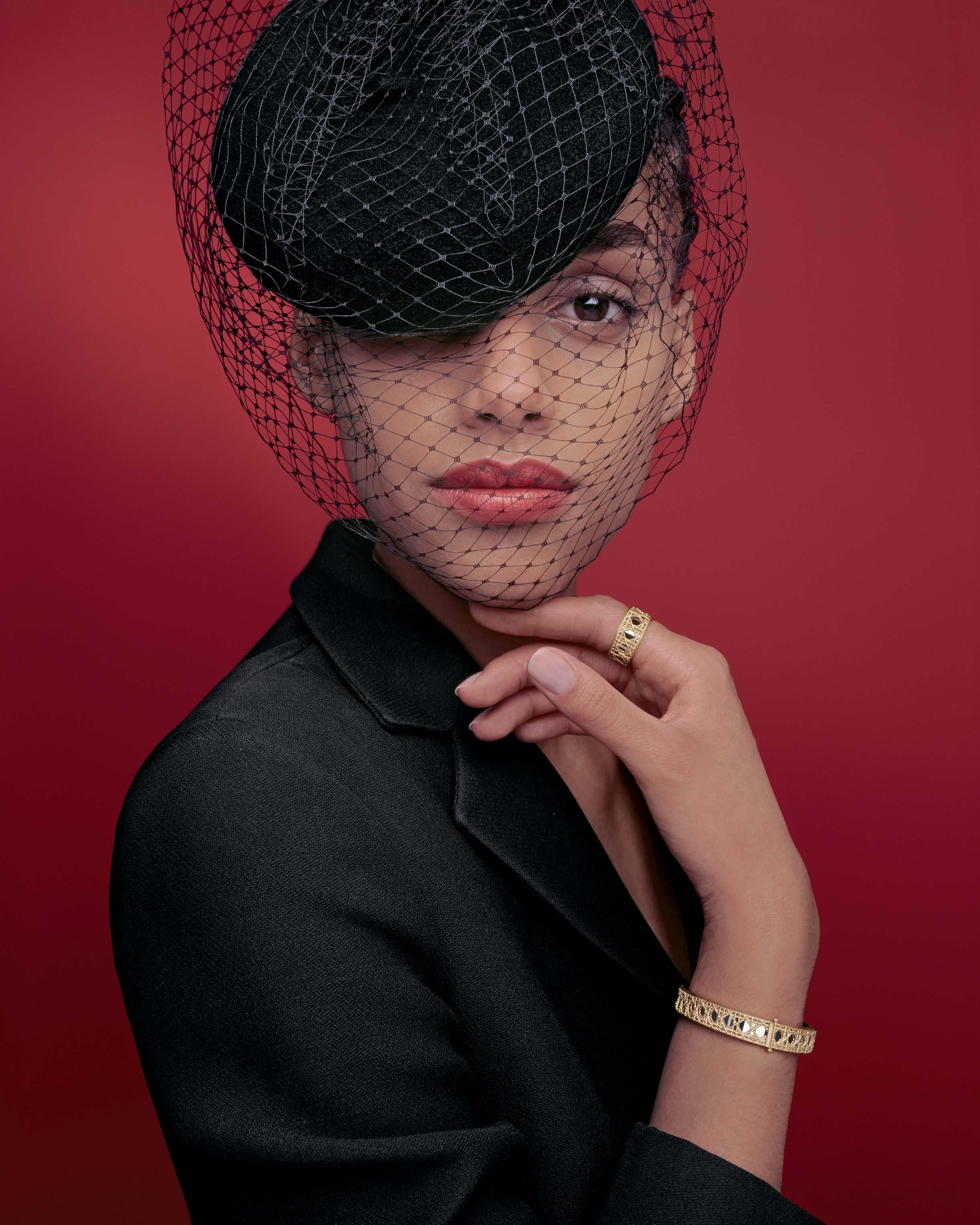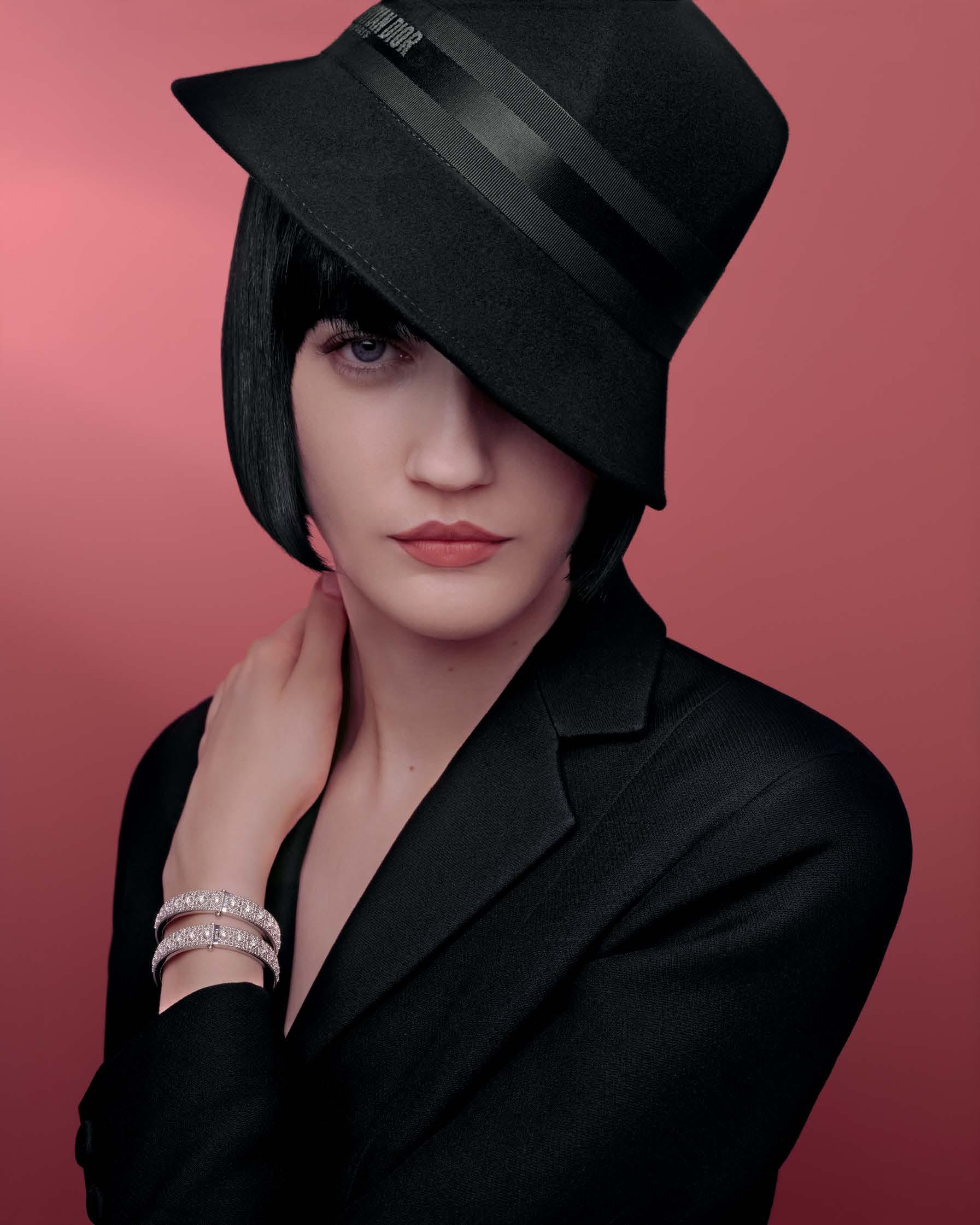THE NEW PROVOCATEURS

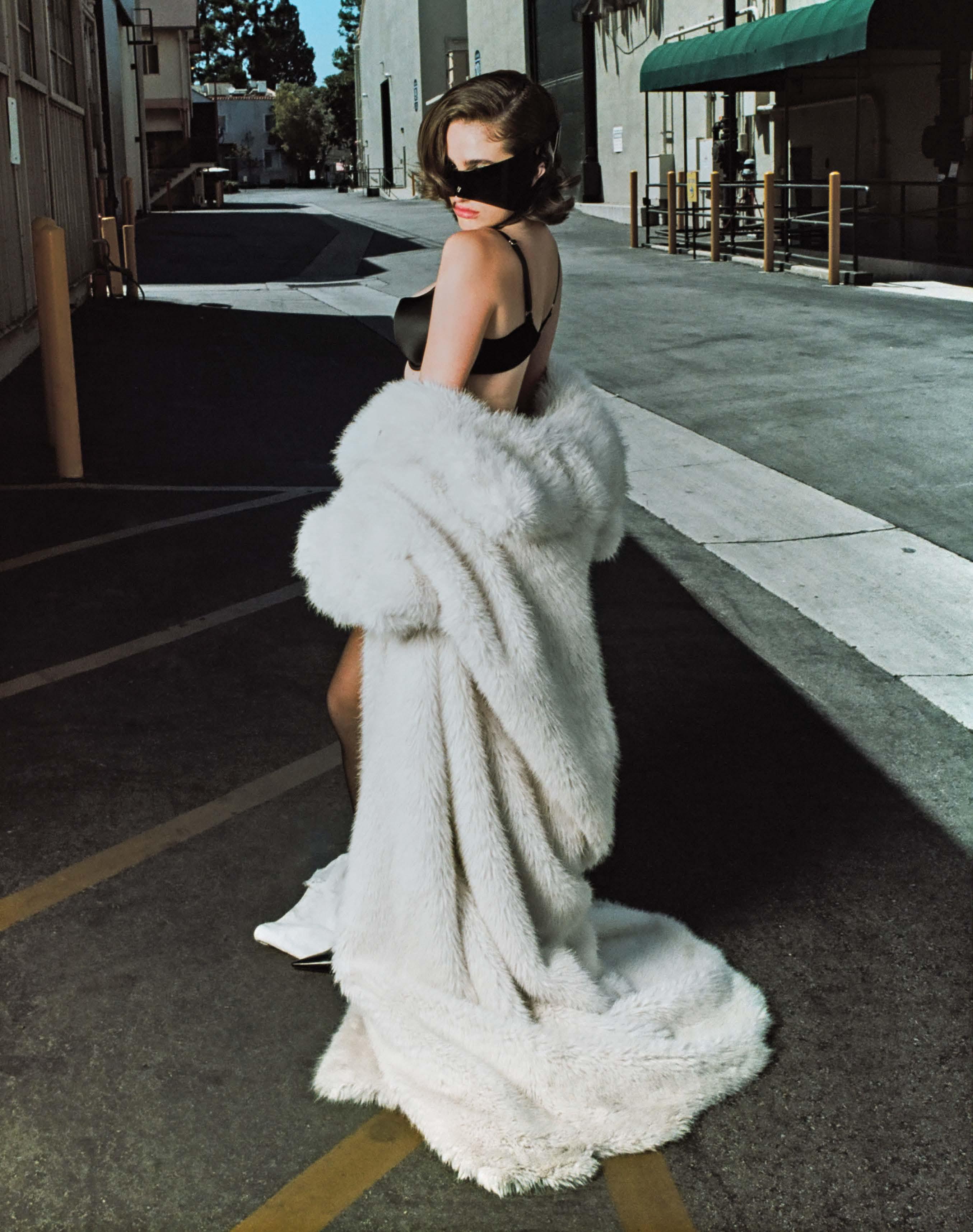




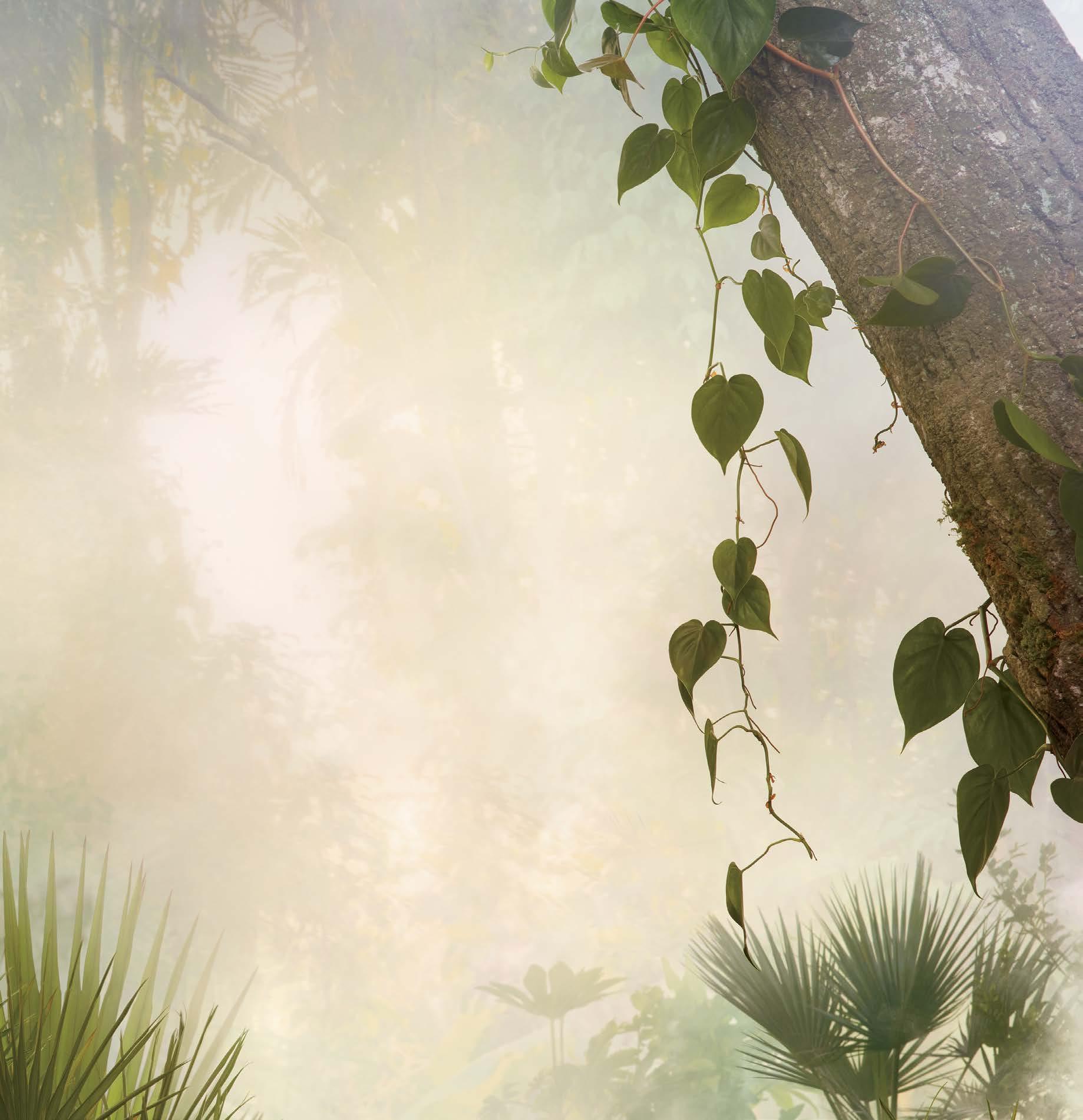


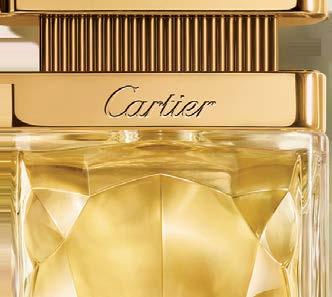


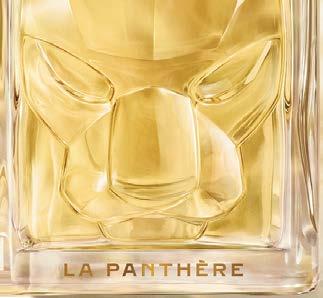
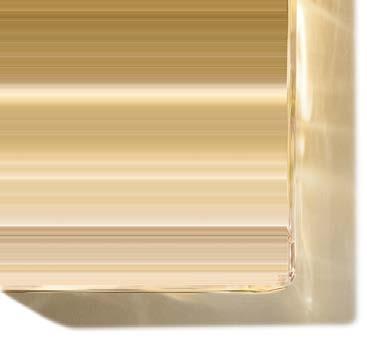





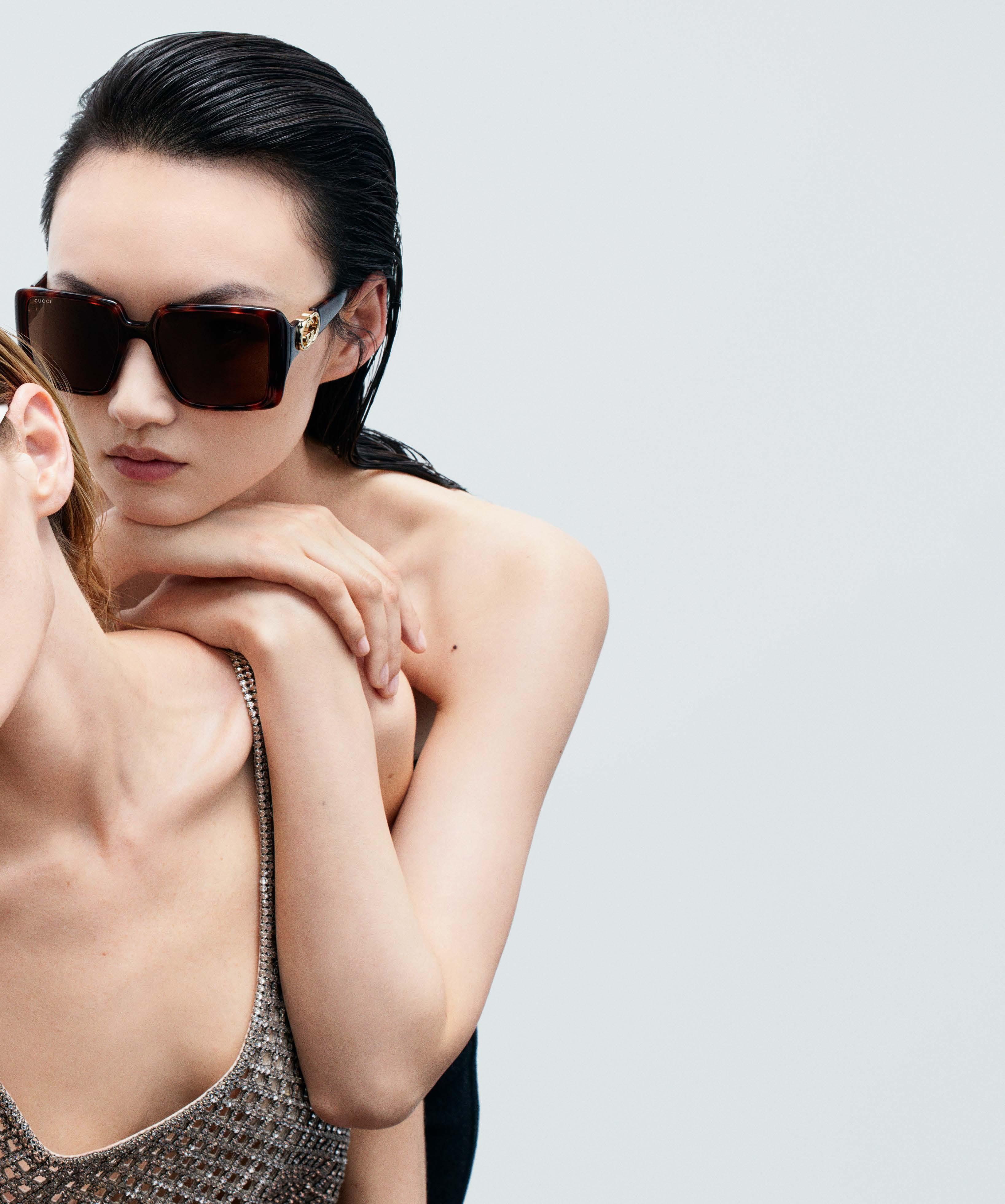











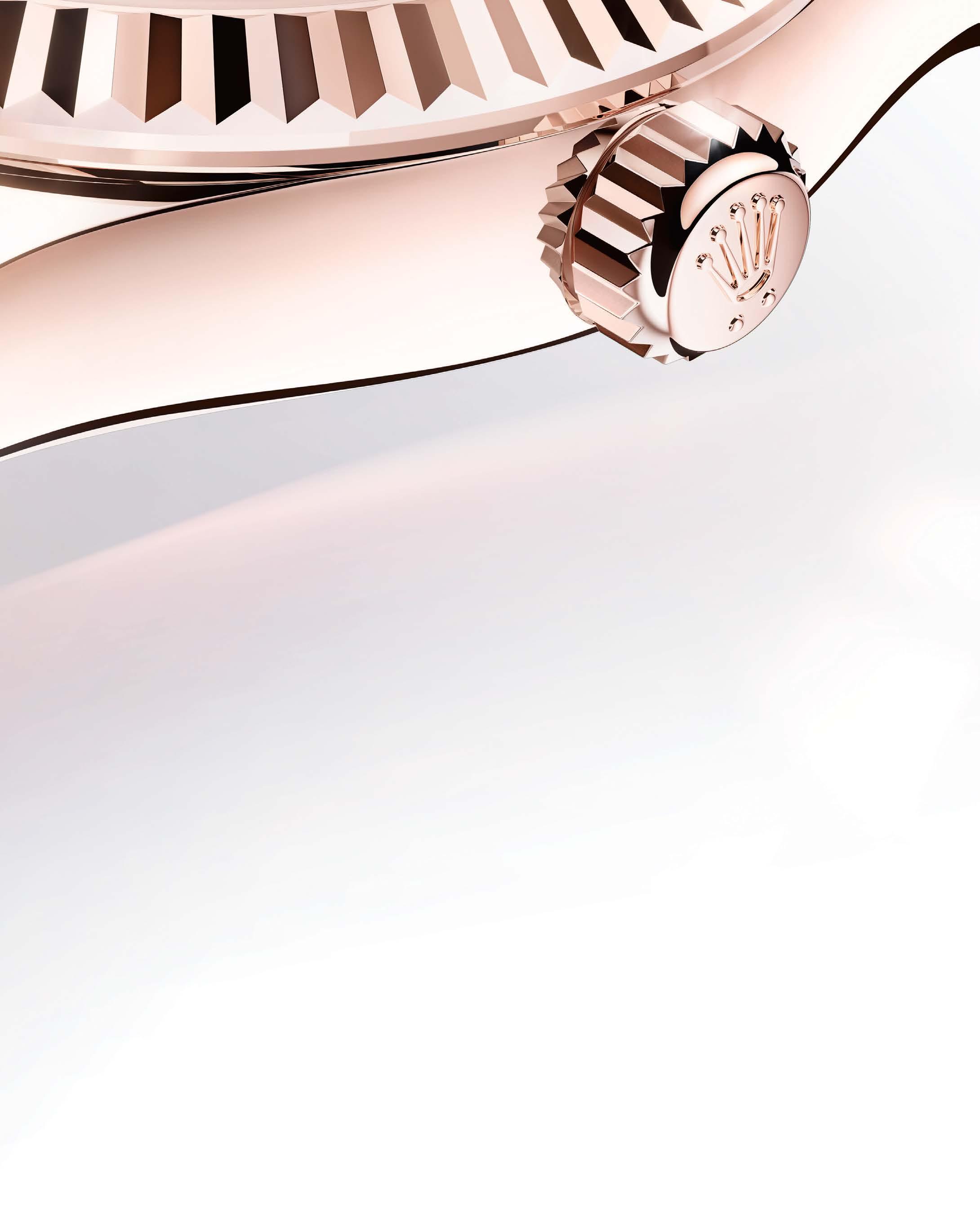





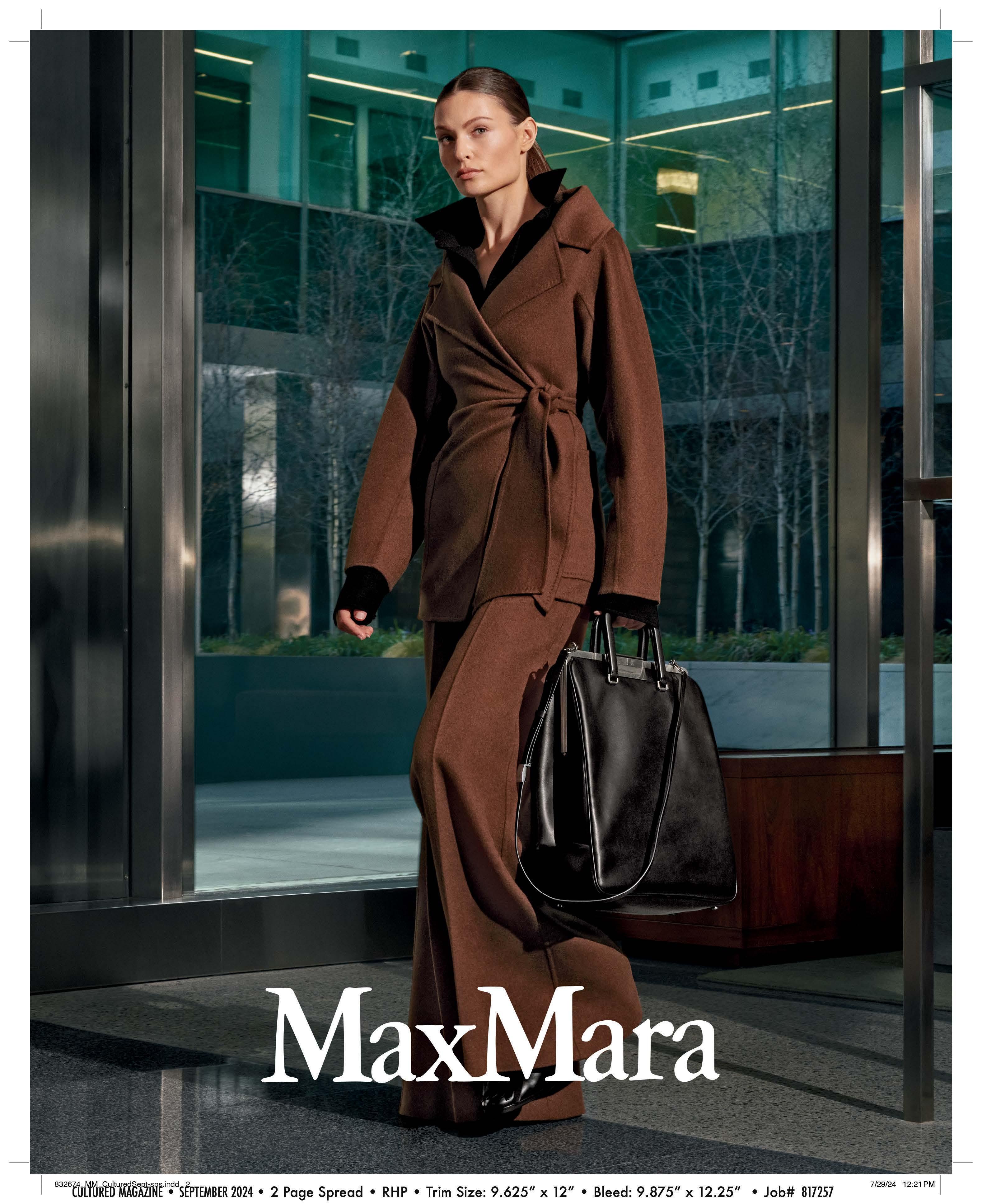
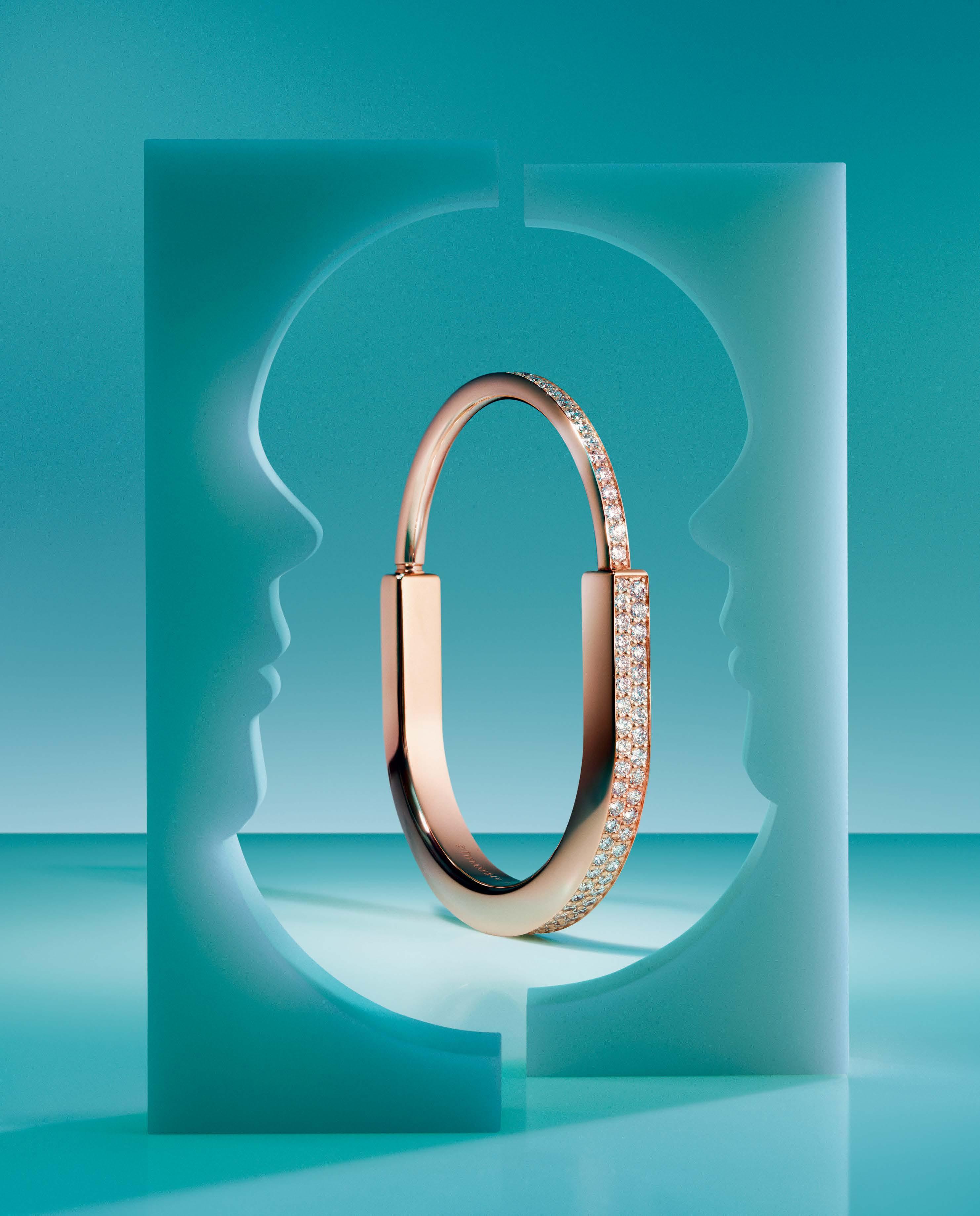




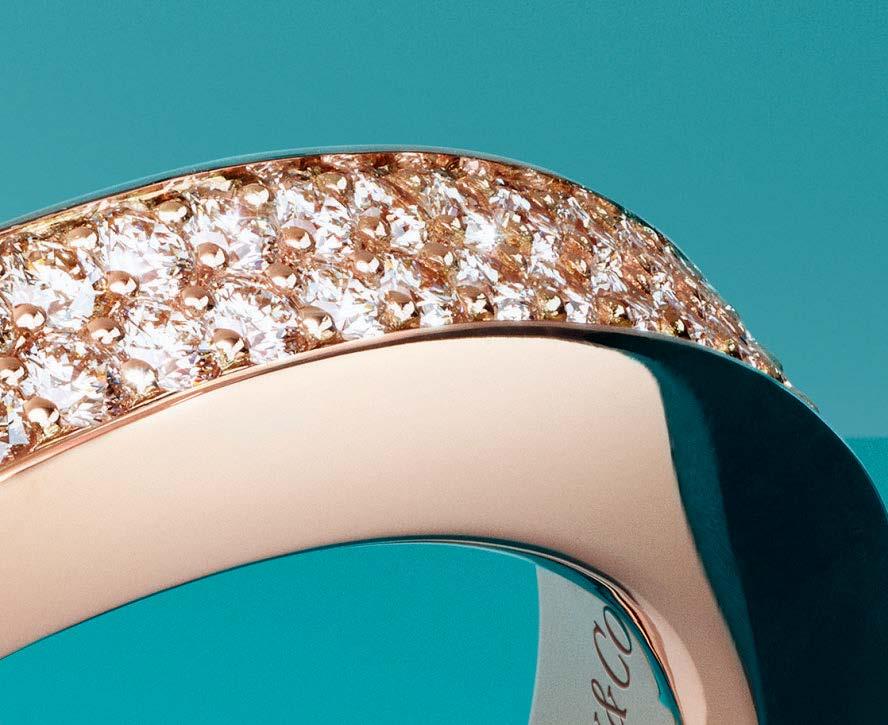
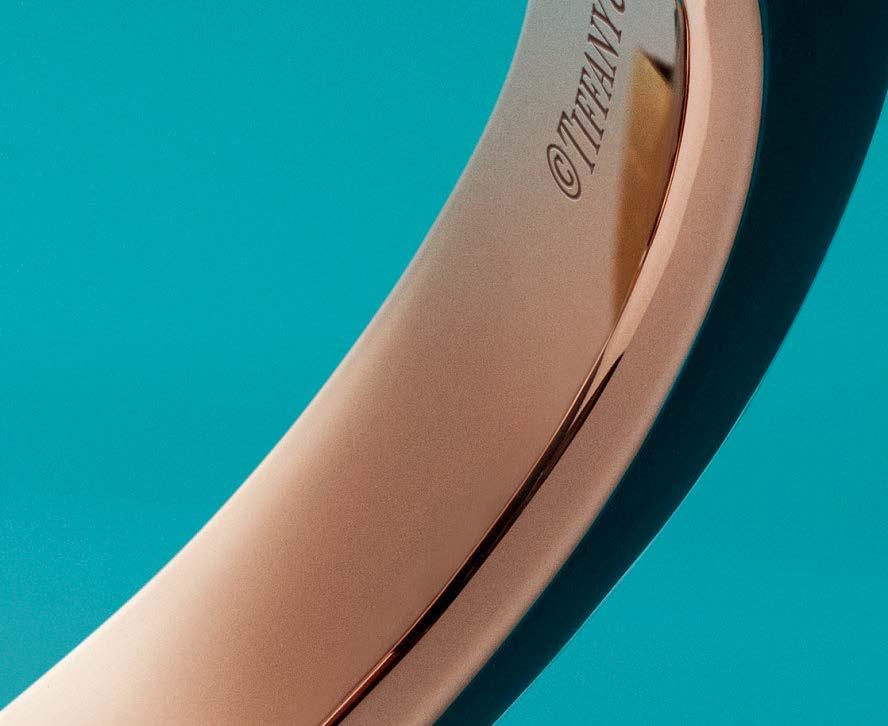



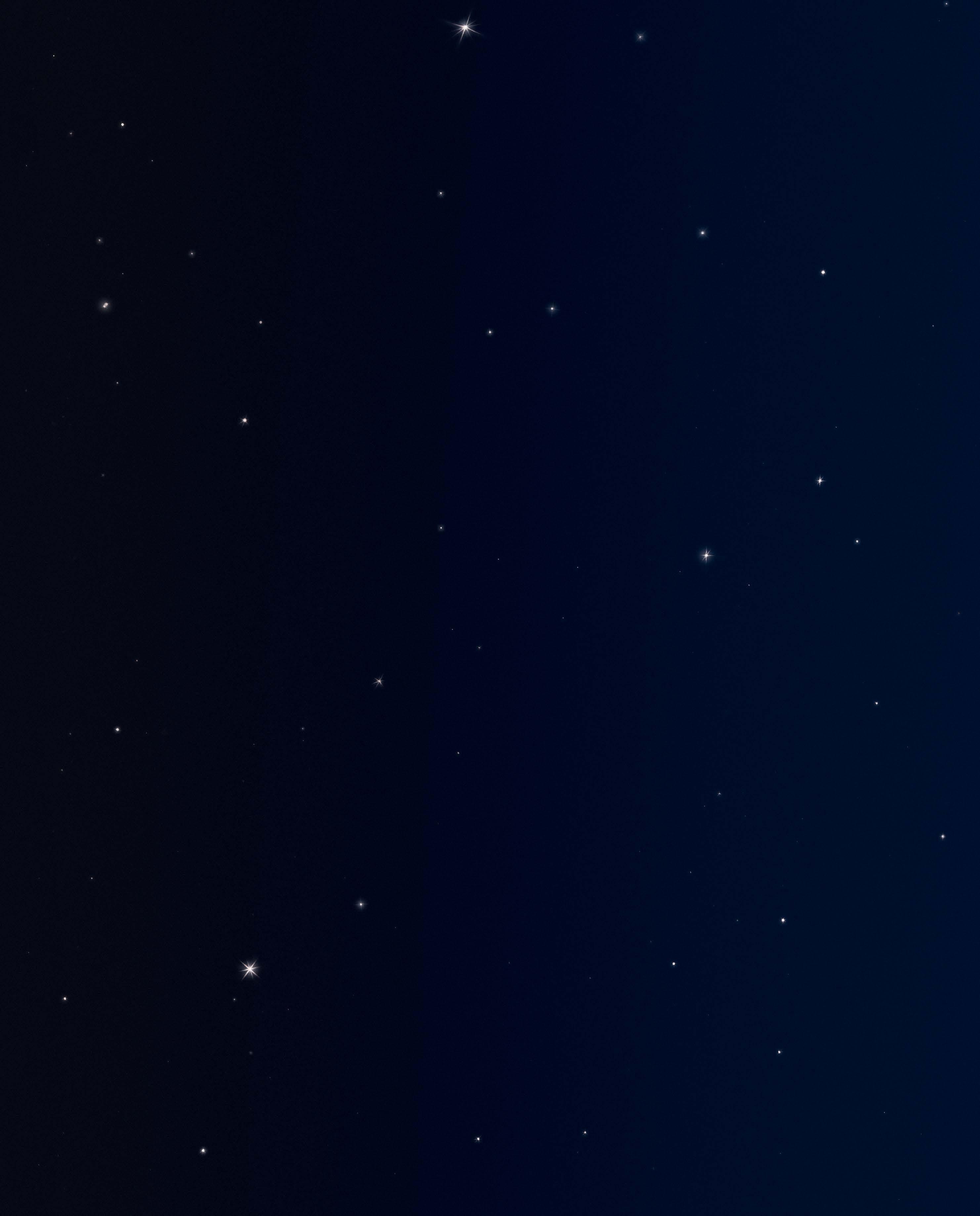













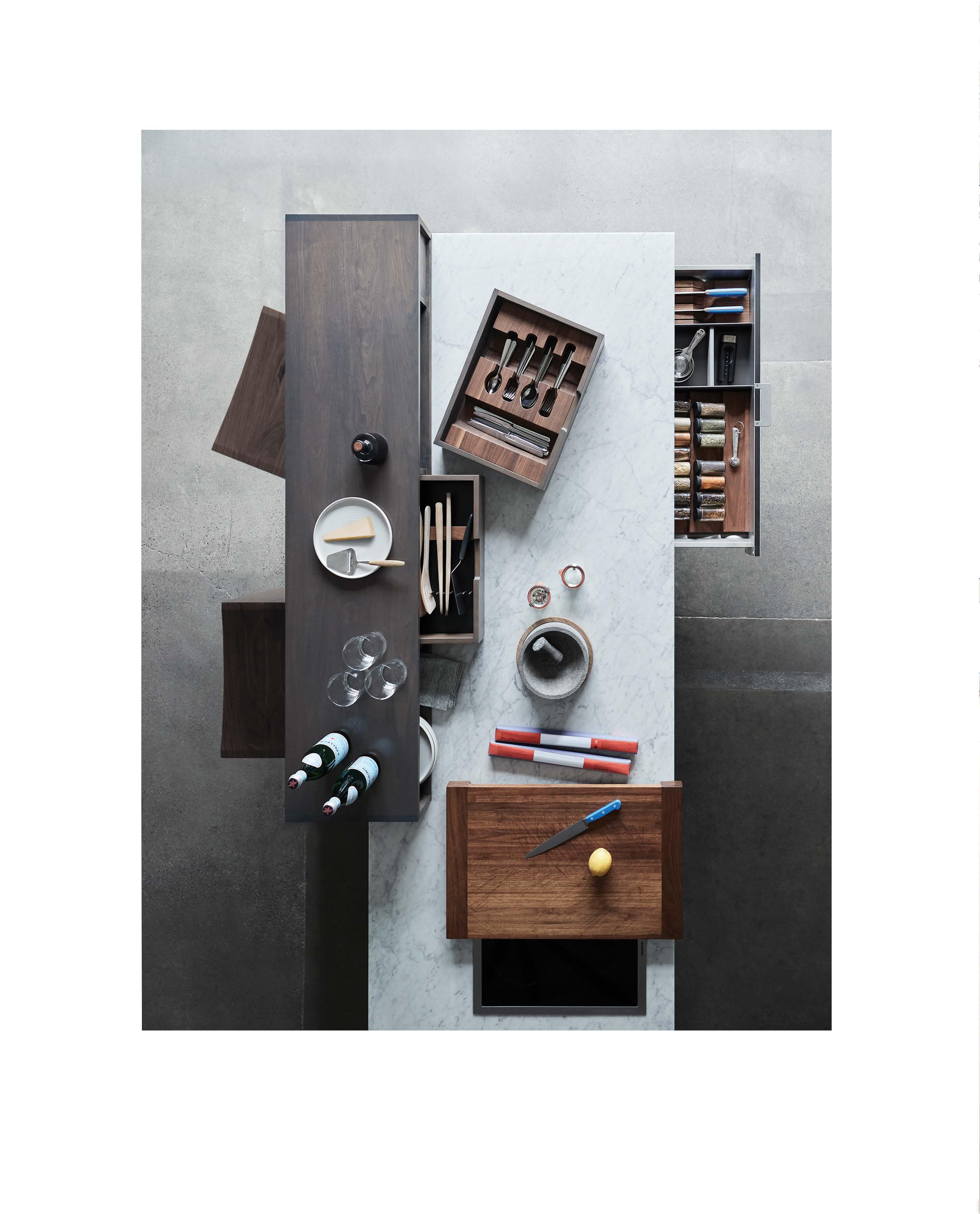
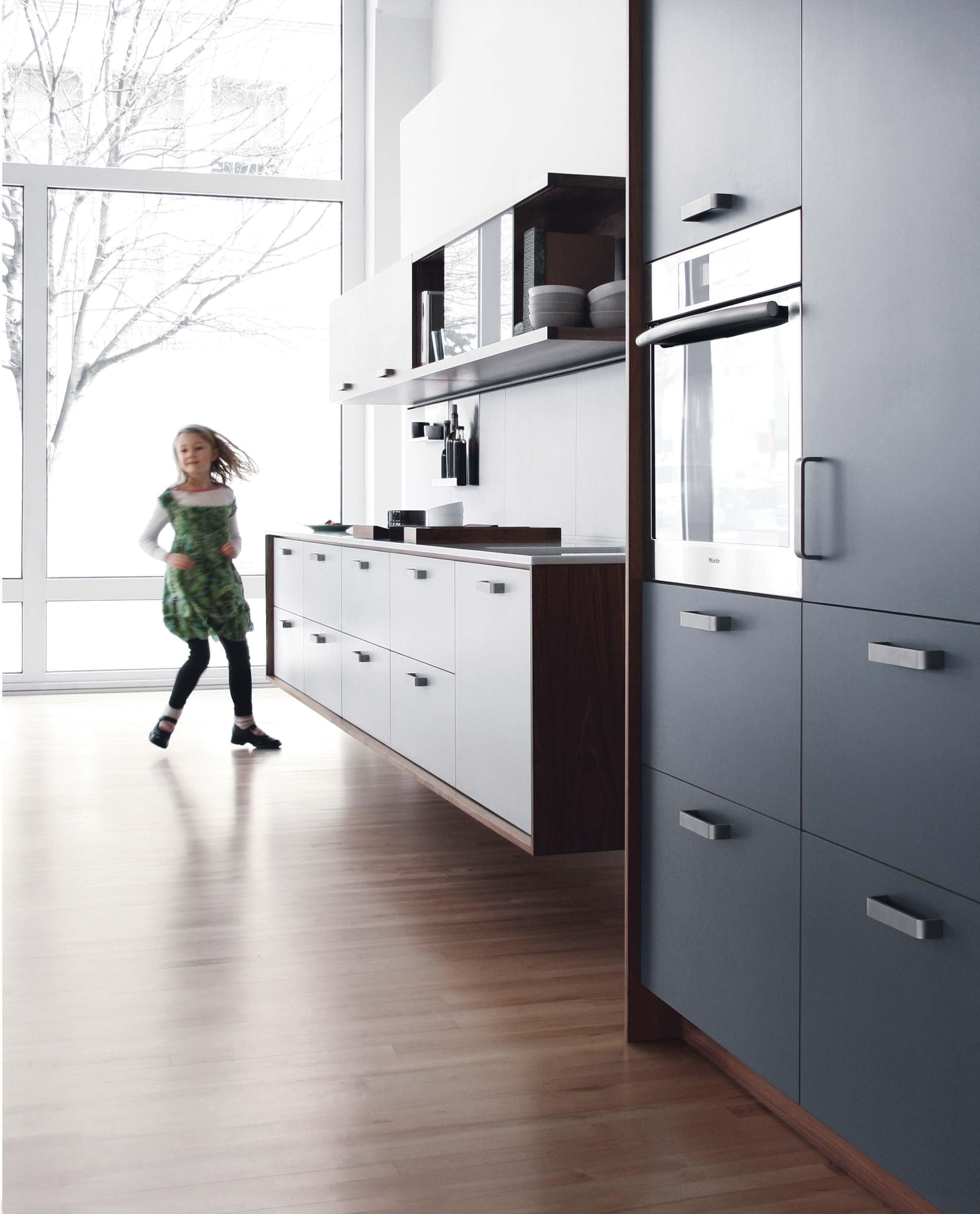














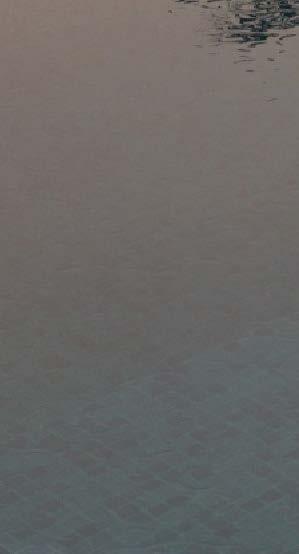


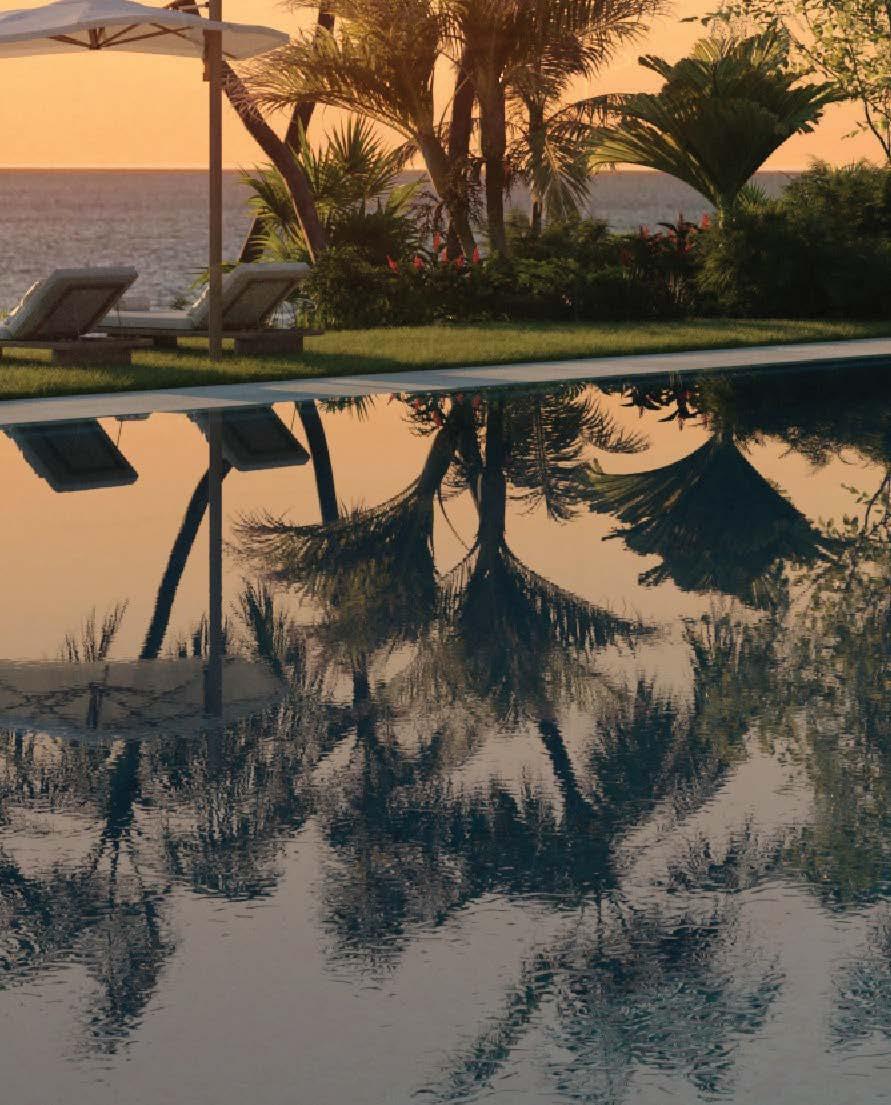





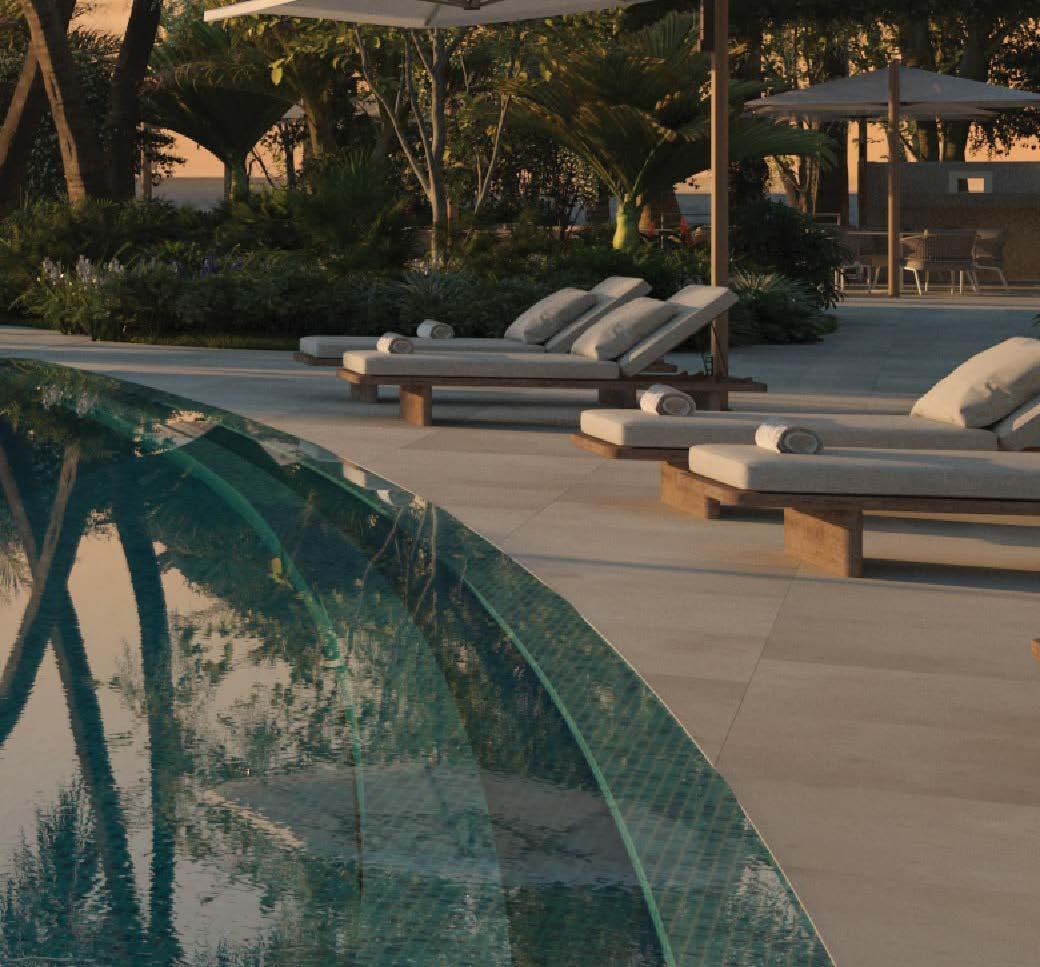





September/October 2024
CRASH AND BURN
Artist Sara Cwynar’s new film takes on car culture, to dizzying effect
HUDSON VALLEY HERO
Design and lifestyle maven Jenni Kayne opens the doors of her latest passion project: a blissful retreat in upstate New York.
GARTH GREENWELL’S THIRD ACT
With his first two novels, the author made his name as an unfiltered, intoxicating alchemist of gay physicality. His third book sees him enter new territory.
DRESS UP
The costume designers behind three major fall releases share the stories, challenges, and inspirations behind their most revealing looks.
FLESH, MUSCLE, BONE, AND SOUL
Architect Elizabeth Roberts and fashion designer Cecilie Bahnsen compare notes on creating opportunities for “accidental beauty.” 66 68 70 72 78 80
82
Over the last decade, Hong Kong–born couturier Robert Wun has made a name for himself by embracing the laboriousness and precarity of his craft.
NOT TOO PRECIOUS
THOMAS HOUSEAGO’S GRAVITY AND GRACE
The artist went through hell to find peace. His latest show in New York captures the journey with wrenching sincerity.

86
88
92
MEANS OF PROVOCATION Victor
Barragán and Betsy Johnson make work that tests the culture’s appetite for extremity.
MERIEM BENNANI’S TRAGICOMIC SWAG The artist sits down with her longtime co-conspirator Orian Barki to discuss her ambitious exhibition at the Fondazione Prada.
THE HEAD, THE HEART, AND THE HANDS This fall, Yvonne Wells’s renegade practice is encapsulated in a new monograph and two exhibitions.
AN ARTIST GETS HIS DUE Thomas
94
96
Schütte hasn’t had a major U.S. museum exhibition in more than two decades, but his influence looms large. A new MoMA show is setting out to prove it.
LET’S MANIFEST José Esparza Chong
Cuy and Guillermo Ruiz de Teresa are steering the Storefront for Art and Architecture toward its next chapter.
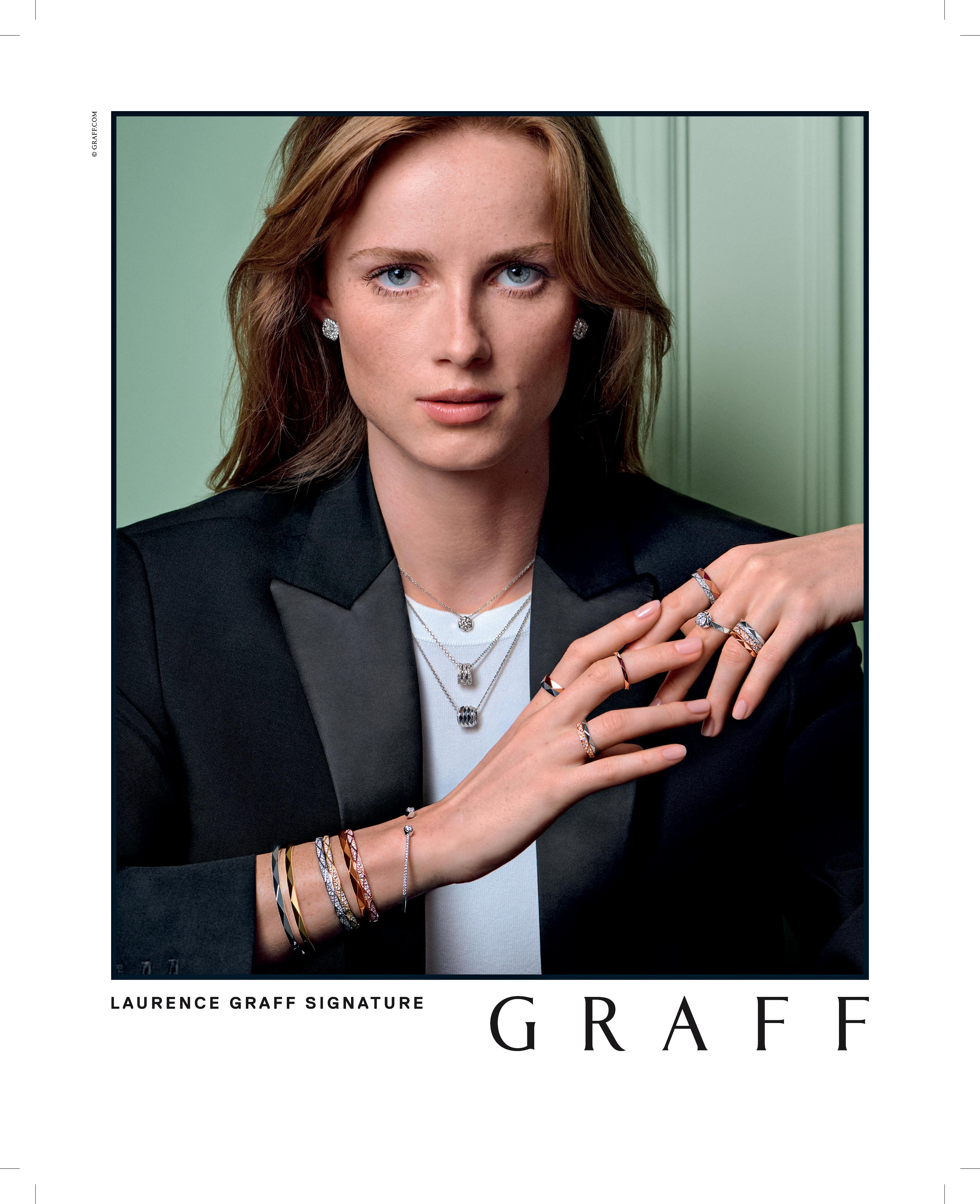
September/October 2024
98 100
102
106
MAJA RUZNIC’S SPECULATIVE FICTIONS
Following her inclusion in the 2024 Whitney Biennial and a knockout solo show at Karma in New York, the New Mexico–based artist is bringing her ethereal paintings to Berlin.
ANTHEA HAMILTON AND SYLVIE FLEURY’S MATERIAL RECKONINGS
The two artists meet for the first time to unpack the ebbs and flows of their parallel practices and what they treasure about them.
INSIDE JEWELER OLIVIER REZA’S UPTOWN SANCTUARY
On New York’s Upper East Side, the French jewelry designer surrounds himself with works as precious as the gemstones he curates for his family maison.
MORGAN STEWART MCGRAW TRUSTS HER GUT
At home in Beverly Hills, the designer’s exacting eye has fostered an art collection as worldly as its steward.

108
112
116
THIS IS A HOME—NOT A MUSEUM
Nicole Hollis’s new book is dedicated to the subtle alchemy that unfolds when design meets art.
A LITTLE STRANGE, A LITTLE SEXY
Fresh off his win of the prestigious ANDAM award, the Australian designer Christopher Esber is already back to the grindstone.
LISA TADDEO AND SHAILENE WOODLEY ON SEX, LONELINESS, AND THREE WOMEN Lisa Taddeo sits down with Shailene Woodley, who stars in the TV adaptation of the author’s breakout book.
118
125
140
ZORA SICHER: THE ART OF INTIMACY
The photographer shares a collection of unpublished mementos—an homage to her admiration for the naked form.
YOUNG PHOTOGRAPHERS 2024
All under the age of 35, this year’s class represents a microcosm of a vast and remarkable new generation of image makers.
CRASH, DESTROY, AND DISMANTLE
Despite their disparate fields, Travis Scott and George Condo find themselves drawn to one another. Here, they catch up after an action-packed summer.
146
MESSY GIRL, BIG TITS, BUT SMART
VIBES Rachel Sennott and Charli XCX sit down to compare notes on the hottest summer on record.

September/October 2024

156
GRACE CODDINGTON HAS HER BEST IDEAS IN BED From muralmaking to a return to modeling, the legendary former Vogue editor is at work on a plethora of creative endeavors. Just don’t call it retirement.
160
176
HIT WOMAN This year, a slate of leading roles has pushed Adria Arjona into the limelight. The actor is seizing her moment.
DESIGNING A LEGACY Lauded for timeless designs and flawless refinement, Graff’s precious heirlooms embody the spirit of the wearer—and the brand’s founding family—all at once.
170 TINA BARNEY LOOKS INWARD A new exhibition at Paris’s Jeu de Paume pays tribute to the photographer’s interrogations of kinship, wealth, and tradition.
BODY WORK In the pared-back world presented by photographer Quil Lemons, each piece in Louis Vuitton’s Fall/Winter 2024 collection seems to come alive.
184 FOR THESE ARTISTS, CLOTHING IS THE MEDIUM AND THE MESSAGE
194
A rising generation of artists is turning to clothing to engage audiences beyond the white cube.
The brand’s Haute Joaillerie Sport collection evokes the ecstasy of movement—echoing delicate mementos of matches won or divisions clinched.
DISPATCH FROM ELSEWHERE
In a sartorial landscape largely preoccupied with meeting the moment, the painstaking detail and elaborate design of couture conjure up an altogether different world.
POSTCARD FROM THE ’90S
Photographer Drew Jarrett conjures the grungey-chic spirit of London in the late ’90s—Jimmy Choo’s founding moment—to celebrate the brand’s moody Autumn collection.
In the decade since he joined Louis Vuitton, the designer’s visionary cruise presentations have catapulted the brand—and the very premise of cruise—to new heights.
TRAVELING THROUGH TIME
“My Dior,” Victoire de Castellane’s latest joaillerie collection, is the designer’s tribute to the Dior woman—now and forever.

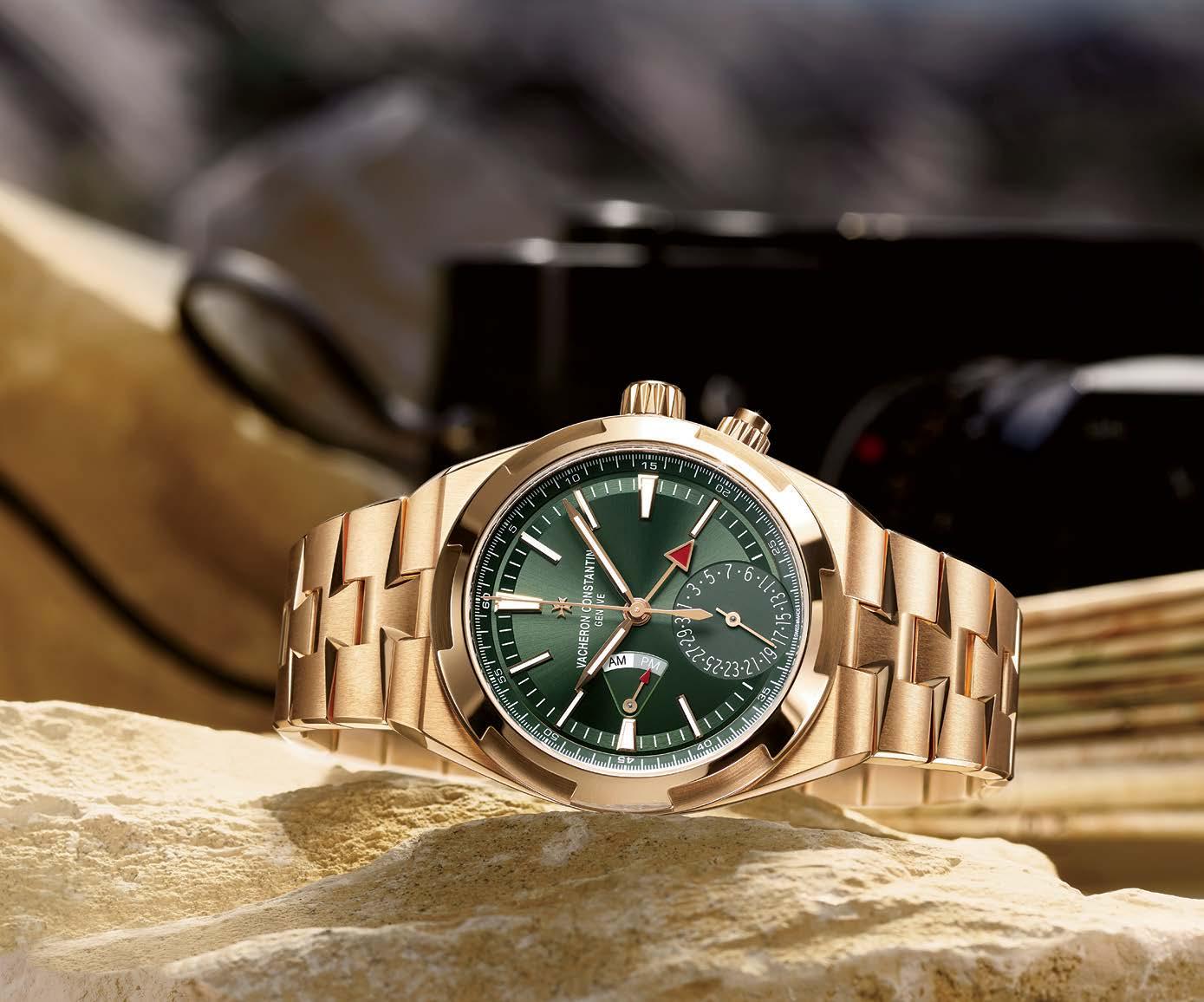
CULTURED’s September fashion issue is dedicated to provocateurs and all that fuels them. Young or old—actor, designer, musician, or artist—the people highlighted in these pages are united by their irreverence and unwavering vision.
Our moment is a complex one, so the work emerging from it should challenge expectations. Take Rachel Sennott—one of the issue’s cover stars, shot in a Hollywood back-lot on a 100-degree day in August—who has managed, in just a few years, to put forth a cinematic oeuvre that has encapsulated our anxious zeitgeist with comedic precision while simultaneously redefining the coming-of-age drama. “I feel like you’re very much at the forefront of this new kind of way to be a woman,” Sennott’s friend Charli XCX tells her in the issue’s cover story. “It’s kind of this messy girl, big tits, but smart vibes.” Travis Scott, a rap renegade of historic proportions, has left his own indelible mark on our culture through his forays into fashion and his desire to collaborate across mediums. “I try to connect with people who inspire me to push it,” he tells George Condo in this issue’s cover story. “I’m trying to always challenge myself to be better.” Others channel their drive more into introspection than collaboration: For the legendary artist Thomas Houseago, who I spent the morning with in Malibu and whose forthcoming New York show charts what he describes as a recent “dark night of the soul,” creativity is the result of a deep, merciless dive inward. “The minotaur is the perfect metaphor for trauma, right?” he says of one of the show’s central symbols. “Born out of perversion. Half man, half beast. Stuck in a maze it can’t get out of.” And then there’s the inimitable Grace Coddington—83 years old with a slate of new creative forays on the horizon—who has no intention of acting her age. She invited us into her home out East while her old friend, the legendary Arthur Elgort, photographed her for our digital cover.
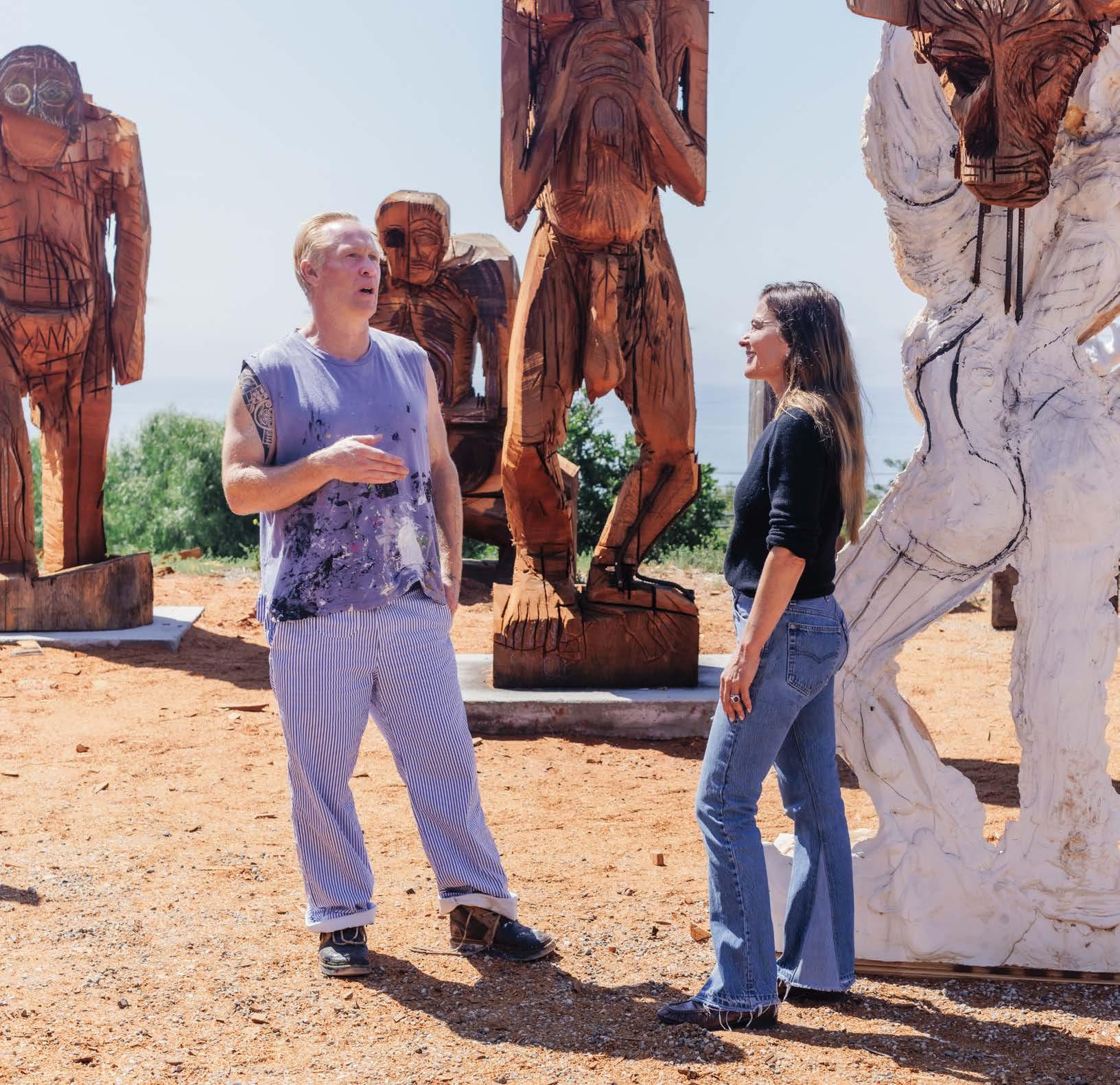

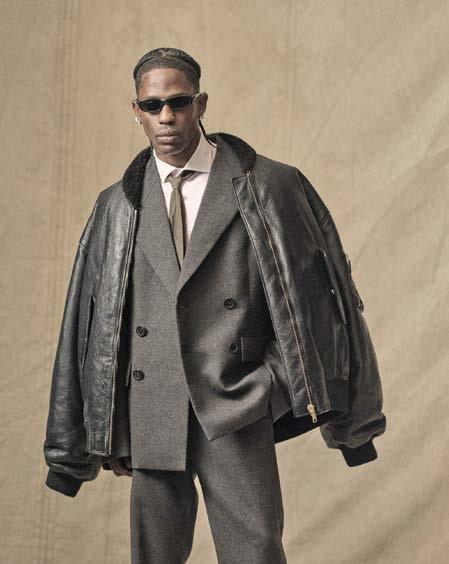
“The people highlighted in these pages are united by their irreverence and unwavering vision.”
These pages also feature an homage to the earliest kernels of creativity. Our second annual Young Photographers list features 12 formidable image-makers, put forward by some of the most notable photographers of our day. These creatives are not contained to one school or aesthetic, nor do their practices reflect their formidable nominators: Dawoud Bey, Justine Kurland, Cass Bird, Elle Pérez, Lyle Ashton Harris, Tyler Mitchell, Farah Al Qasimi, Jack Pierson, and Ethan James Green. “Think of this new group as the next ring, moving outward, in an era when photography is perhaps more prized, more omnipresent, and more distrusted than ever before,” says the writer Rebecca Bengal in the list’s


introduction. “Collectively, they have dedicated themselves to photography as an art form,” she concludes, “an integral part of their lives, as fundamental as breathing.”
In these stories and countless others in this issue, we celebrate the force of the creative spirit and the many ways it manifests. We hope you enjoy the issue.






ARTHUR ELGORT Photographer
The work of Arthur Elgort is defined by its spontaneity. Models laughing while running with dogs or sipping wine populate the photographer's oeuvre. Since his breakthrough in the 1970s, this free-flowing practice has become a calling card. When CULTURED needed someone to drop by the legendary Grace Coddington’s home for an intimate shoot, who better than her longtime collaborator? “I had a great time photographing Grace—we always have fun together,” he recalls. “Since we’re both out East for the summer, it worked out perfectly.”
“I had a great time photographing Grace Coddington—we always have fun together.”
Photographer
Nicolas Ghesquière’s Fall/Winter 2024 collection for Louis Vuitton may have been inspired by the house’s history, but through the lens of photographer Quil Lemons, the pieces appear futuristic. “I came of age during his time at Balenciaga,” notes Lemons. “You had to be blind not to see the influence of Ghesquière’s Balenciaga era. His time at Vuitton is equally poignant, and it’s funny to see his codes—Ghesquière-isms!” The photographer infuses a sense of play and seduction into the contemplative collection, continuing his tradition of reimagining fashion photography, which he’s tackled in the pages of Elle, Variety, GQ, and more.

LISA TADDEO Author

“I much prefer asking the questions to answering them,” admits writer Lisa Taddeo, “but when the interviewer is Shailene Woodley, who has an unflappable innate charisma and ability to get you to say everything, it feels like sunshine on my face.” For this issue, Taddeo spoke with the actor ahead of the release of the television series Three Women, based on Taddeo’s first nonfiction book and starring Woodley. The author, a two-time recipient of the Pushcart Prize and a 2023 O. Henry Award winner, followed up that 2019 bestseller with her 2021 debut novel, Animal, also set to make its way to the screen. Rounding out her trio of publications is a short story collection, Ghost Lover, published in 2022.
“I much prefer asking the questions to answering them. But when the interviewer is Shailene Woodley, it feels like sunshine on my face.”
—Lisa Taddeo

BEATRICE LOAYZA Writer
Actor Adria Arjona is gearing up for a speedy ascent this fall. For the issue’s digital cover story, the Blink Twice actor sat down with writer, historian, and editor Beatrice Loayza. “Like Arjona, I’m Latina, so I was particularly delighted and moved by her rich ideas about identity and artistic freedom,” Loayza says.
Stylists
“We used the term ‘chill billionaire’ as a narrative for this shoot,” explains styling duo Hardstyle of their cover story with musician Travis Scott. “We wanted the story to be about the synergy between Pieter [Hugo]’s photography and the energy Travis brings to the looks.” Hardstyle, composed of Peri Rosenzweig and Nick Royal, has studios in both London and Los Angeles. Known for their industrial hardcore aesthetic, the duo has helped shape the image of artists including Scott and Yves Tumor. The pair’s dynamic body of work, in addition to styling, encompasses creative direction, art direction, and fashion design.
“Maja Ruznic’s paintings about the cloistered, sleepless period after the birth of a child were profound, especially since my second child was a baby when I saw them.”
—John Vincler
“She struck me as incredibly warm and honest. Clearly, this is only the beginning of a luminous career.” The writer splits her time between New York and Paris, covering film and the visual arts for The New York Times, Criterion Collection, The Nation, and other publications.
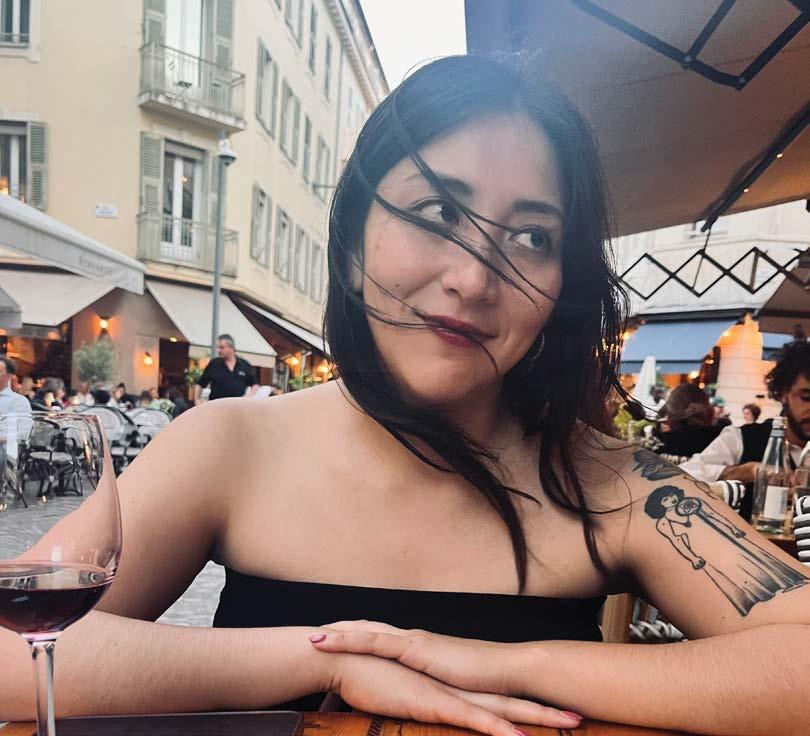
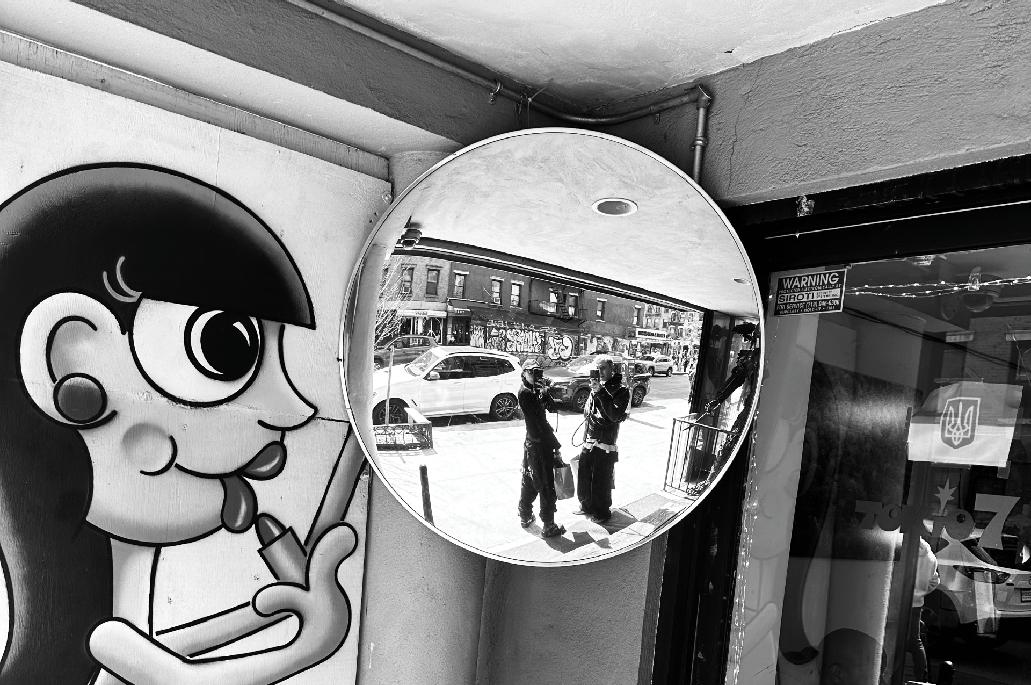
JOHN VINCLER Chief Art Critic and Consulting Editor
For his debut as CULTURED’s chief art critic and consulting editor, John Vincler sat down with artist Maja Ruznic to discuss her upcoming Berlin solo debut. “I knew nothing about Maja when I first saw her paintings at Karma in New York in 2020, but her paintings about the cloistered, sleepless period after the birth of a child were profound, especially since my second child was a baby when I saw them,” he says. The writer and rare book specialist has contributed to The New York Times, Frieze, and The Paris Review.


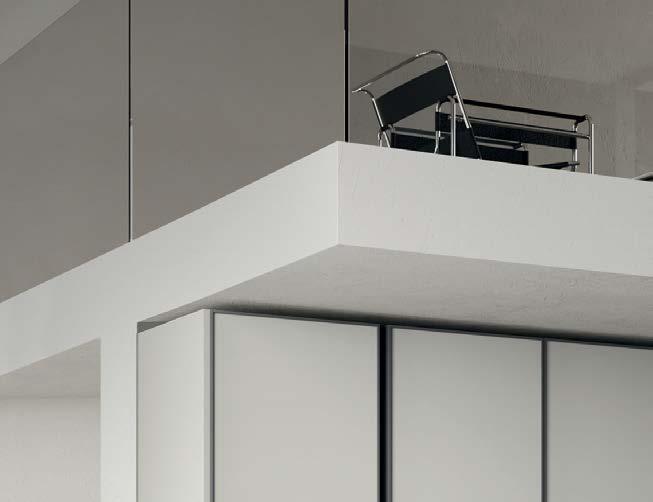






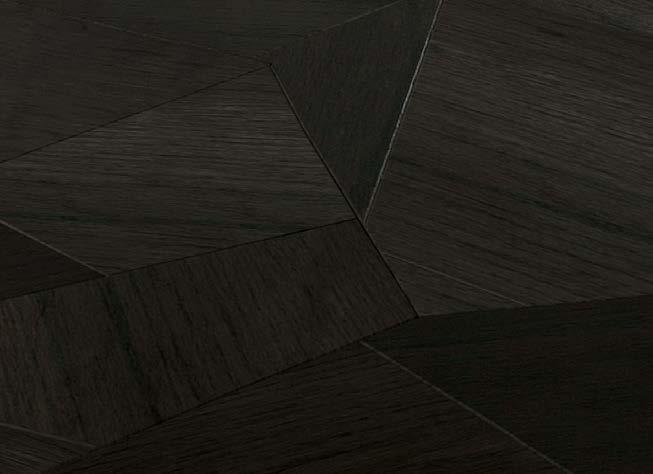



For this issue, Jack Pierson contributed his thoughts on the emerging photographers poised to carry the medium forward for the second Young Photographers list. “They come from challenges and freedoms those in my generation both created for them and will never hope to surmount,” admits Pierson. “I’m pleased with the output of these young artists thus far.” Since his
arrival in the 1980s as part of the Boston School of photographers, alongside the likes of Nan Goldin, Pierson’s work has found its way into collections across the country, from the Solomon R. Guggenheim Museum in New York to the Los Angeles County Museum of Art, as well as France’s CAPC and Switzerland’s Graphische Sammlung der ETH.

REBECCA BENGAL Writer

PIA RIVEROLA Photographer
“Meeting Adria Arjona and getting to shoot with her was absolutely fantastic,” says Pia Riverola. The self-taught photographer, based between Los Angeles and Mexico City, met the actor in LA ahead of Arjona’s busy fall slate of projects.
“Working with a Spanish-speaking talent and crew on set made the day feel special and super familiar,” she adds. Riverola’s portfolio spans fashion, still life, and architectural photography for the likes of Calvin Klein, Loewe, Apartamento, and Vogue, as well as exhibitions from London to Amsterdam and a sold-out debut monograph, Flechazo (2022).

Photography is evolving nearly as fast as the technology that produces it. In this issue, author Rebecca Bengal introduces the next generation of creatives shaping the character of the medium in the 2024 Young Photographers list. “It’s especially exciting to discover new photographers through the eyes of your favorite artists,” she says. “Justine Kurland, Dawoud Bey, Lyle Ashton Harris, and so many more of the nominators on this list are among those I revere and whose work I return to, and who are great champions of others.” Bengal is the author behind last year’s Strange Hours, and is known for her work in The Paris Review, Vanity Fair, The Guardian, and more.
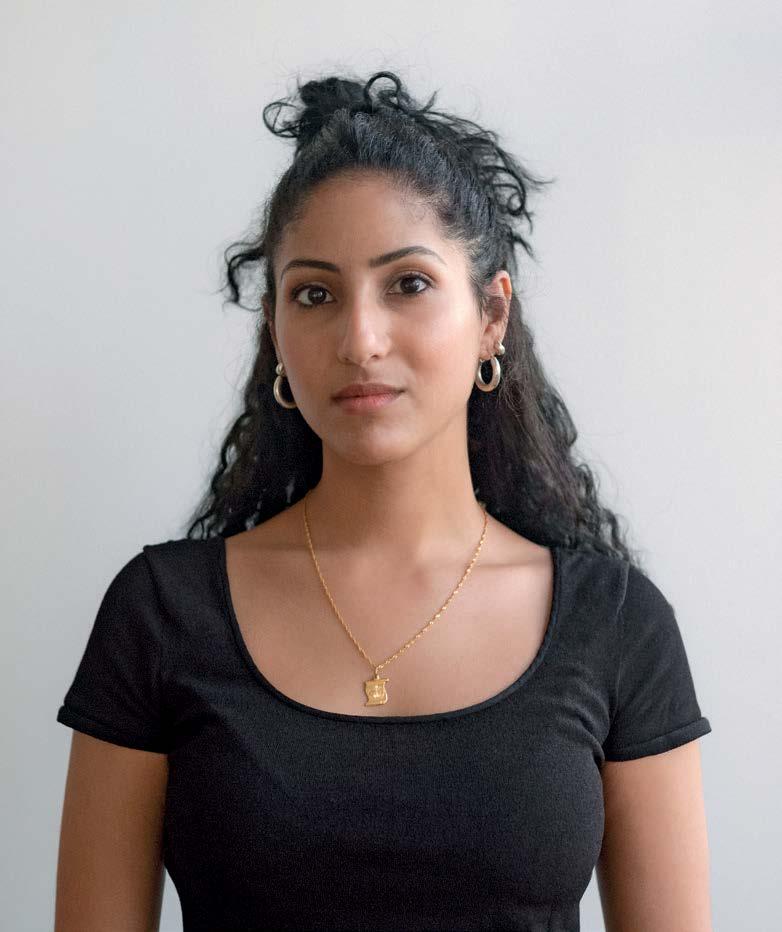
Farah Al Qasimi’s practice involves hand-sewn puppets, falcons, African land snails, exorcists, and most recently, a Jack Sparrow impersonator. For this issue, she nominated a rising image-maker for CULTURED’s annual Young Photographers list. A 2021 Young Artists alum, her work can be seen in the collections of institutions around the world, including the Tate Modern in London, the Solomon R. Guggenheim Museum in New York, and Paris’s Centre Pompidou.

york 511 w 21st street october 17 — november 16

SARAH G. HARRELSON Founder, Editor-in-Chief
MARA VEITCH Executive Editor
JOHN VINCLER Chief Art Critic and Consulting Editor
ELLA MARTIN-GACHOT Senior Editor
COLIN KING Design Editor-at-Large
SOPHIE LEE Associate Digital Editor
JACOBA URIST New York Arts Editor
KAREN WONG Contributing Architecture Editor
NICOLAIA RIPS Styles Writer
CAT DAWSON
DEVAN DÍAZ
ADAM ELI
ARTHUR LUBOW
HARMONY HOLIDAY
GEOFFREY MAK
LAURA MAY TODD
EMMA LEIGH MACDONALD
LIANA SATENSTEIN Writers-at-Large
ALEXANDRA CRONAN
KATE FOLEY
Contributing Fashion Directors
GEORGINA COHEN European Contributor
JULIA HALPERIN Editor-at-Large
ALI PEW Fashion Editor-at-Large
JASON BOLDEN Style Editor-at-Large
EVELINE CHAO Senior Copy Editor
DELIA CAI Culture Writer
TOM MACKLIN Casting Director
SIMON RENGGLI CHAD POWELL Art Directors
HANNAH TACHER Junior Art Director
DOMINIQUE CLAYTON
KAT HERRIMAN
JOHN ORTVED
SARA ROFFINO
YASHUA SIMMONS Contributing Editors
PALOMA BAYGUAL
KATIE KERN
REBECCA GOODMAN
LYDIA LEE
GAURI KASARLA
NICOLETTE CAVALLARO
LEILA SHERIDAN
PHOEBE ROBERTS
SOFÍA TRUJILLO
MIA GOULD Interns
CARL KIESEL Chief Revenue Officer
LORI WARRINER Vice President of Brand Partnerships
DESMOND SMALLEY Director of Brand Partnerships
SOPHIA FRANCHI Marketing Coordinator
CARLO FIORUCCI Italian Representative, Design
ETHAN ELKINS
DADA GOLDBERG Public Relations
PETE JACATY Prepress/Print Production
BERT MOO-YOUNG Senior Photo Retoucher
JOSÉ A. ALVARADO JR.
SEAN DAVIDSON
SOPHIE ELGORT
ADAM FRIEDLANDER
JULIE GOLDSTONE
WILLIAM JESS LAIRD
GILLIAN LAUB
YOSHIHIRO MAKINO
LEE MARY MANNING
BJÖRN WALLANDER
BRAD TORCHIA Contributing Photographers
New York
Hilary Pecis
Warm Rhythm
September 4 – October 12, 2024
Mai-Thu Perret
October 25 – December 14, 2024
Los Angeles
Matthew Brannon
Le Gant de Velours, Traversing the Fantasy, and the Thousand-Yard Stare (Disparate Subjects Happening Concurrently, 1977–1979)
September 13 – October 19, 2024
Fred Eversley Cylindrical Lenses
September 13 – October 19, 2024
Jenna Gribbon
Like Looking in a Mirror
September 13 – October 19, 2024
Chase Hall
November 8 – December 14, 2024
Ruby Neri
November 8 – December 14, 2024



BY JULIA HALPERIN
“I can’t sleep … Of course I can’t sleep, because there is too much to look at.” So intones the narrator of Sara Cwynar’s Soft Film, 2016. For more than a decade, the Canadian artist has made videos and photographs that explore the
ties that bind together capitalism, desire, misogyny, and information overload in the digital age. Her latest film debuts at 52 Walker, David Zwirner’s Tribeca outpost, on Oct. 2. Two years in the making, it is her longest and most ambitious yet.
While much of Cwynar’s oeuvre explores items marketed to women—from dolls to clothes to makeup—this film, titled Baby Blue Benzo, takes as its point of departure a decidedly masculine lust object: the 1955 Mercedes-Benz 300 SLR Uhlenhaut Coupe. The compact silver car sold for $142 million in a secretive auction in 2022, becoming the world’s most expensive automobile. “I wanted to make a film about the arbitrariness of value and how things become important to certain people,” Cwynar explains.
The roughly half-hour-long video, shot on both digital and 16mm film, includes archival footage of car crashes and assembly lines, a dream sequence of ice skaters dressed in car-racing costumes, and shots of a bikini-clad model reclining on a fake replica of the prized vehicle.
“I WANTED TO MAKE A FILM ABOUT THE ARBITRARINESS OF VALUE AND HOW THINGS BECOME IMPORTANT TO CERTAIN PEOPLE.”
(Cwynar even hired a former car commercial narrator to enthusiastically cheer, “The Mercedes Benz!”)
Cwynar shot the fake car footage on an LA soundstage alongside other theatrical, oversized props like a giant clock and a piece of fake meat. It’s a nod, in her eyes, to Surrealism as both an expression of dreams and an increasingly common source of inspiration for advertising. The film alternates between a fast-paced, tightly stitched collage of industrialization (the urge to acquire, produce, and accelerate) and a slower register that embodies the anxiety of insomnia (the urge to slow down).
For Cwynar, these segments are two sides of the same coin. “The dreaming, sleeping part is about trying to reform yourself in a world where all these things are offered to you, but none of them are things you can access,” she says. The drive to possess and the drive to rest are twin expressions in our cacophonous, late-capitalist world—one where we’re all constantly yearning for both satisfaction and relief.
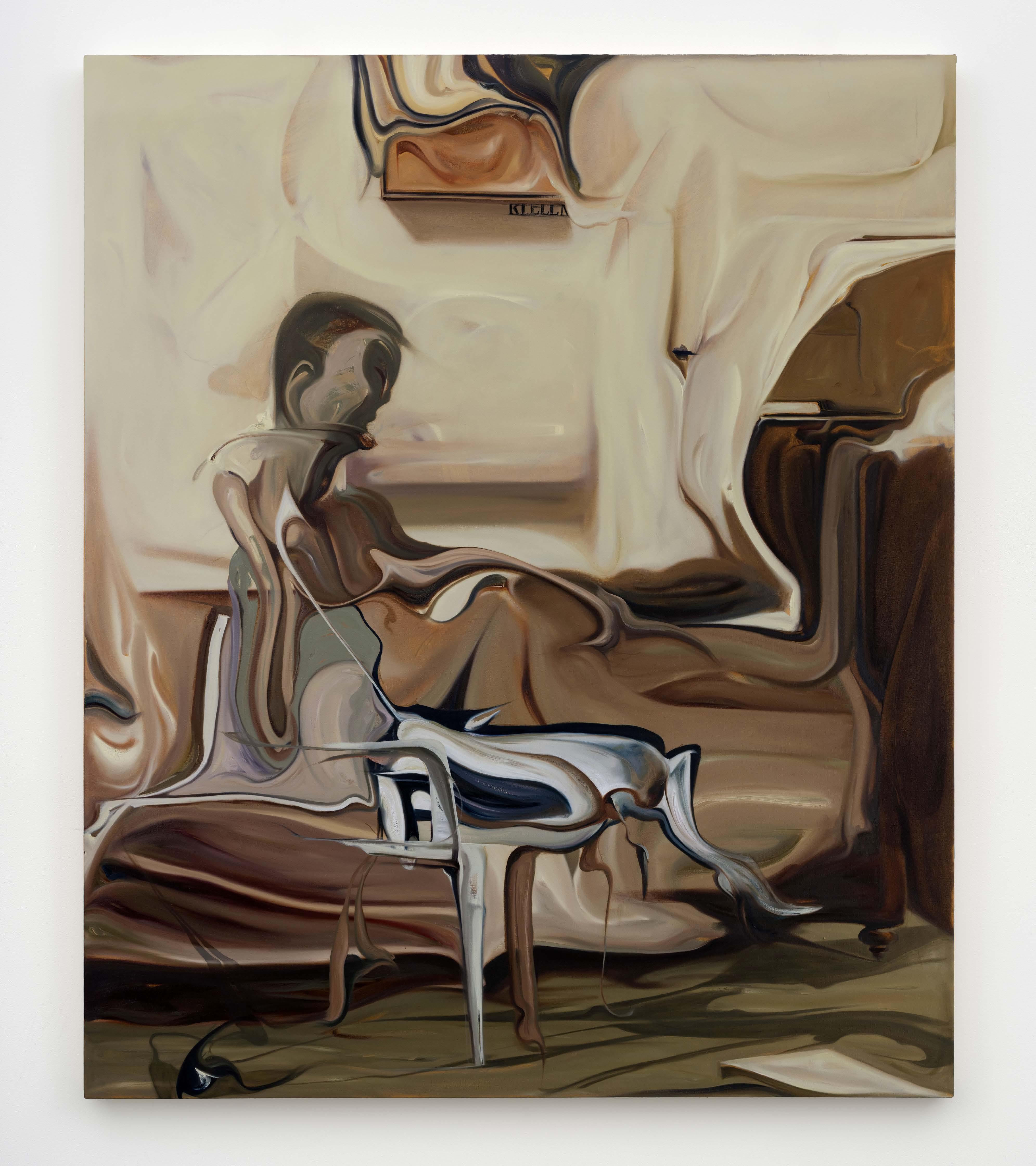
PASSION PROJECT: A BLISSFUL RETREAT IN UPSTATE NEW YORK.
BY LEE CARTER

“It’s a full interior curation offering casual style and slow living—therefore bliss.”
The Hudson Valley has long served as a leafy reprieve for New York’s creative set. A bucolic oasis just far enough from the grinding megalopolis is precisely what the design and lifestyle oracle Jenni Kayne was searching for when considering locations for the Farmhouse, the ultra-cozy luxury retreat—or, as she calls it, a “haven of hospitality”—she recently opened in the village of Tivoli on the banks of the Hudson River.
“It’s a full interior curation offering casual style and slow living—therefore bliss,” purrs the Los Angeles–based fashion and home accessories designer. Lauded for her own faultlessly breezy aesthetic and Californian je ne sais quoi, Kayne’s goal was simple: “I wanted to create a warm, timeless environment that immerses guests in my super laid-back, effortless look.”
But while the brand’s Cali-chic codes call for extensive ruminations on beige, the designer wanted the upstate experience to evoke the
splendor of the Northeast’s autumnal season. “The Farmhouse speaks to the unique landscape around it,” she says, citing the region’s “gorgeous fall foliage when the maples, oaks, and birches change color.” She recalls, for instance, a linen sofa she dyed a particularly rusty red—an entirely new shade for her home collection—before introducing it to the Farmhouse. “I’ve made sure nature is encountered at every turn [and] through every window,” she says.
Every inch of the Farmhouse has been exactingly conceived—down to a hand-tied plush silk rug, an exhaustively burled wood hutch, and a taupe throw in especially fuzzy alpaca wool. (These, and more than 100 additional pieces that adorn the Farmhouse, are available on her website). Yet, Kayne insists, “Nothing is too precious.Everything has a lived-in feel—it’s cozier and warmer than the Ranch back in California.” The Ranch—the designer’s previous foray into hospitality—all but broke TikTok when it was unveiled in 2022, instantly turning her
namesake brand into one of the most followed lifestyle companies on social media.
The remodeled New York state property also features vintage ceramics and furnishings (curated in collaboration with Galerie Provenance), an open-concept chef’s kitchen, a pool with panoramic views, and a barrel-shaped outdoor sauna with matching hot tub and cold plunge. For the wellness-oriented, a freestanding greenhouse offers the latest in skin and body pampering courtesy of Oak Essentials, Kayne’s skincare line.
For a burgeoning lifestyle empire with Ralph Lauren–level aspirations, designing a monument in one’s own image seems like a necessary yet daunting undertaking. For Kayne, the process felt natural. “The Farmhouse embodies everything that I’m about,” she says with a shrug. “I’ve always wanted to design a space where people could come together to celebrate life and its bounty.”
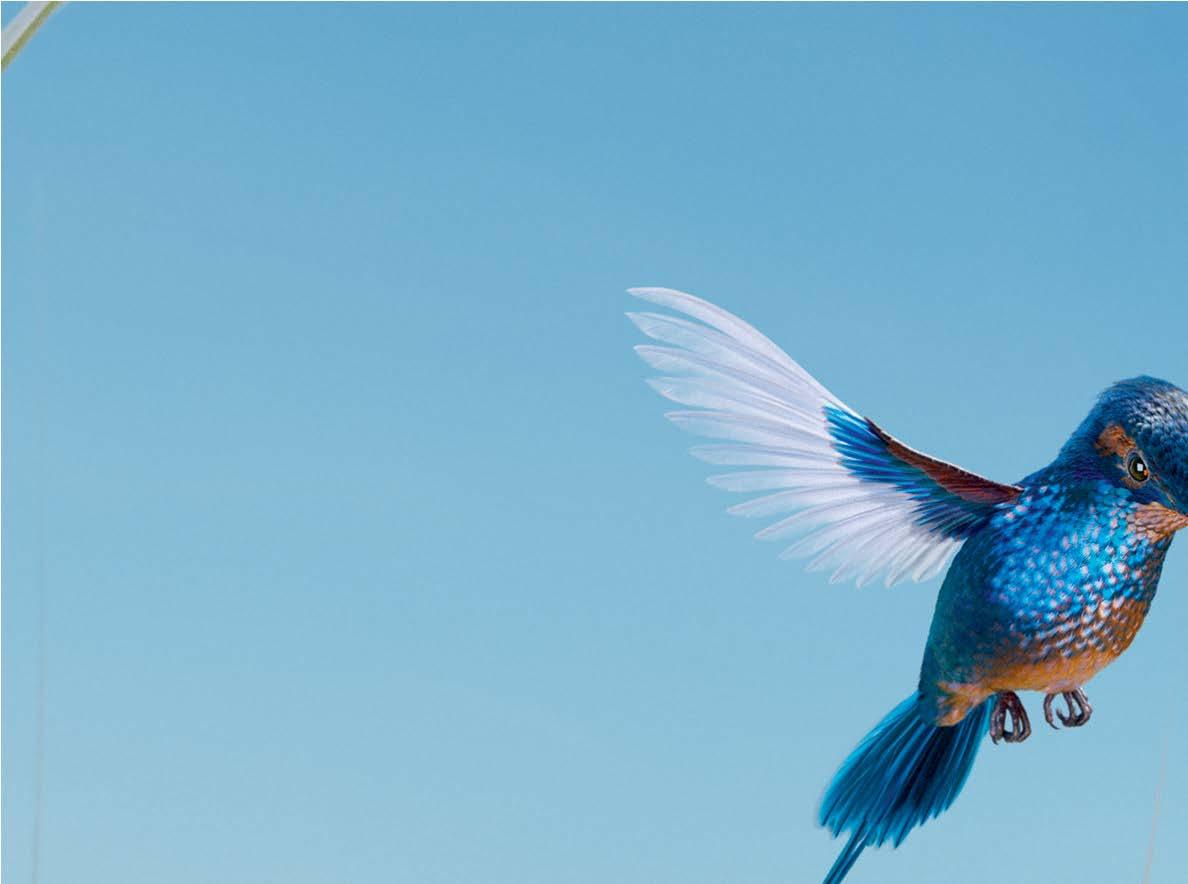














WITH HIS FIRST TWO NOVELS, THE AUTHOR MADE HIS NAME AS AN UNFILTERED, INTOXICATING ALCHEMIST OF GAY PHYSICALITY. HIS THIRD BOOK, OUT THIS SEPTEMBER, SEES HIM ENTER NEW TERRITORY.
Garth Greenwell’s third novel, Small Rain, opens with the poet narrator experiencing a gut-wrenching pain that eventually lands him in the ICU at the height of Covid. Those familiar with the author’s work won’t be surprised he’s writing about anguish and the body. His debut novel, What Belongs to You, explored the Venn diagram of those themes through the lens of a relationship between an American professor and a sex worker in Bulgaria. It established him as one of the great gay writers of our time, someone who paints the cocktail of pleasure, pain, and power that queerness invites with unabashed alacrity and almost cruel beauty. Writing about his second book, Cleanness, fellow queer literary giant Alexander Chee described Greenwell as one who “maps the worlds our language walls off—sex, love, shame and friendship, the foreign and the familiar—and finds the sublime.” Small Rain, which comes eight years after Greenwell’s debut, is a departure for the 46-year-old author—in location (swapping Europe for the Midwest), length (his longest), and tone. To mark its release, I sat down with the writer to discuss the book’s preoccupation with meaning, his take on autofiction, and why making queer pride obligatory is a mistake.
ADAM ELI: THIS BOOK IS DIFFERENT FROM YOUR FIRST TWO BOOKS IN TERMS OF CONTENT AND VIBE. THE FIRST TWO WERE A LITTLE MORE EDGY AND EXTREMELY SEXY. GARTH GREENWELL: It’s true that based on my first two books people thought of me as someone who writes about sex in a certain way, and I’m very happy to be thought of in that way. In this book, there is very little sex. Also, my first two books were about being an American abroad and the experience of foreignness. Not only is this book set in the United States, but in the American heartland—a small Midwestern town.
With that said, the books are continuous because when I step back and ask myself what I’m really writing about, the answer is always, “How do human beings make meaning?” Sex is one way human beings make meaning. Love is a way human beings make meaning. Religion is a way human beings make meaning. And art is a way human beings make meaning. This is a book about someone who in his early 40s is struck down by a really scary, potentially fatal medical crisis, and confronts questions that he didn’t anticipate confronting for another 20 years about the meaning of his life. His life has been a life devoted to art. The book asks, what is the value of that?
ELI: PEOPLE ARE OBSESSED WITH KNOWING WHICH PARTS OF BOOKS ARE INSPIRED BY
BY ADAM ELI

THE AUTHOR’S REAL LIFE, ESPECIALLY FOR QUEER AND FEMALE AUTHORS. I AM NOT INTERESTED IN WHICH ASPECTS OF SMALL RAIN ARE INSPIRED BY YOUR REAL LIFE, BUT I AM INTERESTED TO HEAR YOUR THOUGHTS ABOUT THE DIFFERENCES BETWEEN AUTOFICTION, MEMOIR, AND NOVEL. GREENWELL: Autofiction is a term I feel super alienated from. I kind of think the term itself is bogus. Using one’s own experience as found material, which one can transform, recontextualize, and surround with invention, is the oldest game in literature. The tradition of writing that I’m working within goes back to Saint Augustine. The philosopher Charles Taylor talks about Saint Augustine as the origin point for the idea that within any particular experience can be found a meaning that is universal.
The idea that there is something new, marketable, and therefore faddish in a certain kind of writing that combines lived experience with invention and essayistic writing doesn’t make any sense to me. It’s always been clear to me that, even though there are certain portions of my books that hew pretty closely to my lived experiences, I am not writing memoir. I am writing fiction. If you call something nonfiction, you’re establishing an important contract with the reader that you’re not going to make things up in that way. If I call something nonfiction, then I am going to do my best to write in a way that bears an allegiance to an objective fact-checkable reality, and if I depart from that, I’d make those departures very clear to the reader. In writing fiction, I have no allegiance to that kind of shared reality.
When I do use my lived experience, I do so because it seems aesthetically compelling—beautiful or dramatic in a way that’s appealing. With that said, it’s also true that I use art to think about things in my own experience that are really bewildering. When I am completely bewildered by something,
that’s when I know I have to write about it. I’ve been open about having a medical crisis similar to the narrator’s, but our experiences in the hospital are totally different and the kinds of intimate relationships he forms with the people who take care of him are totally fictional. I keep waiting for somebody to point out, in the irate way that people sometimes point out these things, that in a real ICU there would never be a single nurse who would be so present, because it would involve one nurse doing too many shifts. But I wanted to explore the relationship that forms between a caregiver and a patient, and having one nurse more present allowed me to do that.
ELI: EARLIER THIS YEAR, I SAW YOU IN CONVERSATION WITH ÉDOUARD LOUIS, AND YOU SAID SOMETHING SO BRILLIANT ABOUT SHAME THAT REALLY RESONATED WITH ME. IT PERTAINED TO THE IDEA THAT, GROWING UP, IF YOUR SHAME HAD BEEN REMOVED THERE WOULD BE NOTHING ELSE LEFT OF YOU.
GREENWELL: I think we were talking about this idea that there is an original, pure self beneath that shame, beneath homophobia, beneath these learned things. I don’t believe that, because growing up in Kentucky in the ’80s, there was nothing except shame for me to make a self out of—until I found opera at 14. But by then I was already a self, I had learned so many things, I was having sex, etc. I needed shame because what else could I have made a self out of? The idea that we can find a pure self by erasing shame, violence, and homophobia rings utterly false to me.
The question should not be, How do I get rid of this shame? That way lies madness. Instead, the question should be, What can I do to make shame not simply a negative repressive force in my life? How can I make something productive of it? That is the great genius of queer people. The history of queer art is taking stigma and turning it into style, into solidarity, into pleasure. Those all seem to me like radically productive uses for shame.
I think it’s a mistaken impulse to want to deny shame, to make a kind of pride obligatory. Like all attempts to repress genuine feelings, it can make us monstrous. But if instead we can view shame as a productive way to create beauty and change in the world, then I feel very grateful to shame. Without it, I would not be an artist. I would not be someone capable of love in the way that I am. I would not be recognizable to myself had I not been shaped by certain lessons, the legitimacy of which I absolutely reject. And yet I never get to be someone who wasn’t taught those lessons.

Alexander McQueen · Audemars Piguet · Balenciaga · Balmain · Bottega Veneta · Brunello Cucinelli · Bvlgari · Byredo · Cartier
Celine · Chanel · Chloé · Christian Louboutin · Courrèges · Dior · Dolce&Gabbana · Fendi · Ferragamo · Ganni · Gentle Monster
Givenchy · Graff · Gucci · Harry Winston · Hermès · IWC · Jacques Marie Mage · Lanvin · Loewe · Louis Vuitton · Marni · Max Mara
Mikimoto · Missoni · Miu Miu · Moncler · Oscar de la Renta · Prada · Ralph Lauren · Roger Vivier · Saint Laurent · Stella McCartney
The Webster · Thom Browne · Tiffany & Co. · Vacheron Constantin · Valentino · Van Cleef & Arpels · Versace · Zegna · Zimmermann partial listing
Valet Parking · Personal Stylist Program · Gift Cards · Concierge Services
Before a character in a film even utters a line, their clothes are speaking volumes. For out-of-focus extras, sometimes clothes are the only way to do the talking. Here, the costume designers behind three major fall releases share the stories, challenges, and inspirations behind their most revealing looks.
By Sophie Lee
In this year’s Cannes Palme d’Or winner, a 20-something stripper in New York’s Brighton Beach, played by Mikey Madison, finds herself in a whirlwind romance with the son of a Russian oligarch, incarnated by Mark Eydelshteyn. The fast-paced misadventure—the latest from director Sean Baker—is styled with riveting precision by Jocelyn Pierce, who was fresh off The Sweet East and Hit Man when she got the call.

“I started by pulling really glossy magazine images. We wanted to focus on the aspirational vibes a lot of the characters have in the film. Sean Baker is, at his core, relentlessly authentic. We spent so much time with the people of Brighton Beach, and we started mixing the magazine versions with the authentic versions of these people.
We didn’t get to talk to any Russian oligarchs or their sons, but we did a lot of research. For Mark Eydelshteyn, my initial boards were all Gucci, Balenciaga, and Louis Vuitton—your usual
suspects—but he’s so nuanced and he’s still a kid in a lot of ways. So, we mixed a lot of that luxury with streetwear. When you’re 21, you think you know it all, but there are clear signs to the rest of the world that you’re still very young. For the wedding, we chose a blazer and paired it with basketball shorts. Mark introduced us to a lot of Russian designers, and we got to work with a lot of small New York labels. Mikey Madison was also really involved. Ultimately, good actors know what’s best for their characters. She had done so much rehearsal, learning to pole dance and lap dance, and the
costumes that she had been rehearsing in … she lived in them as Anora for so long that some pieces felt really right.
When we went to Cannes, there were like 31 crew members. I remember talking to people from other films and they were like, ‘Wow, the Anora crew rolls so deep.’ It’s such a surreal experience to be making a film with such a tiny group of people and have it win the Palme d’Or.”

In Zoë Kravitz’s directorial debut, a group of young women (including Naomi Ackie and Alia Shawkat) are swept off to the private island of a charismatic playboy and legendary party host (Channing Tatum). Upon arrival, the women are given clothes—white swimsuits, wide-brimmed sun hats, and gowns—curated off-screen by costume designer Kiersten Hargroder (You, Supergirl, and Borat Subsequent Moviefilm). Here, she discusses the sweat-soaked fever dream in Mexico—part The Row, part rope play—that led to the blockbuster film.
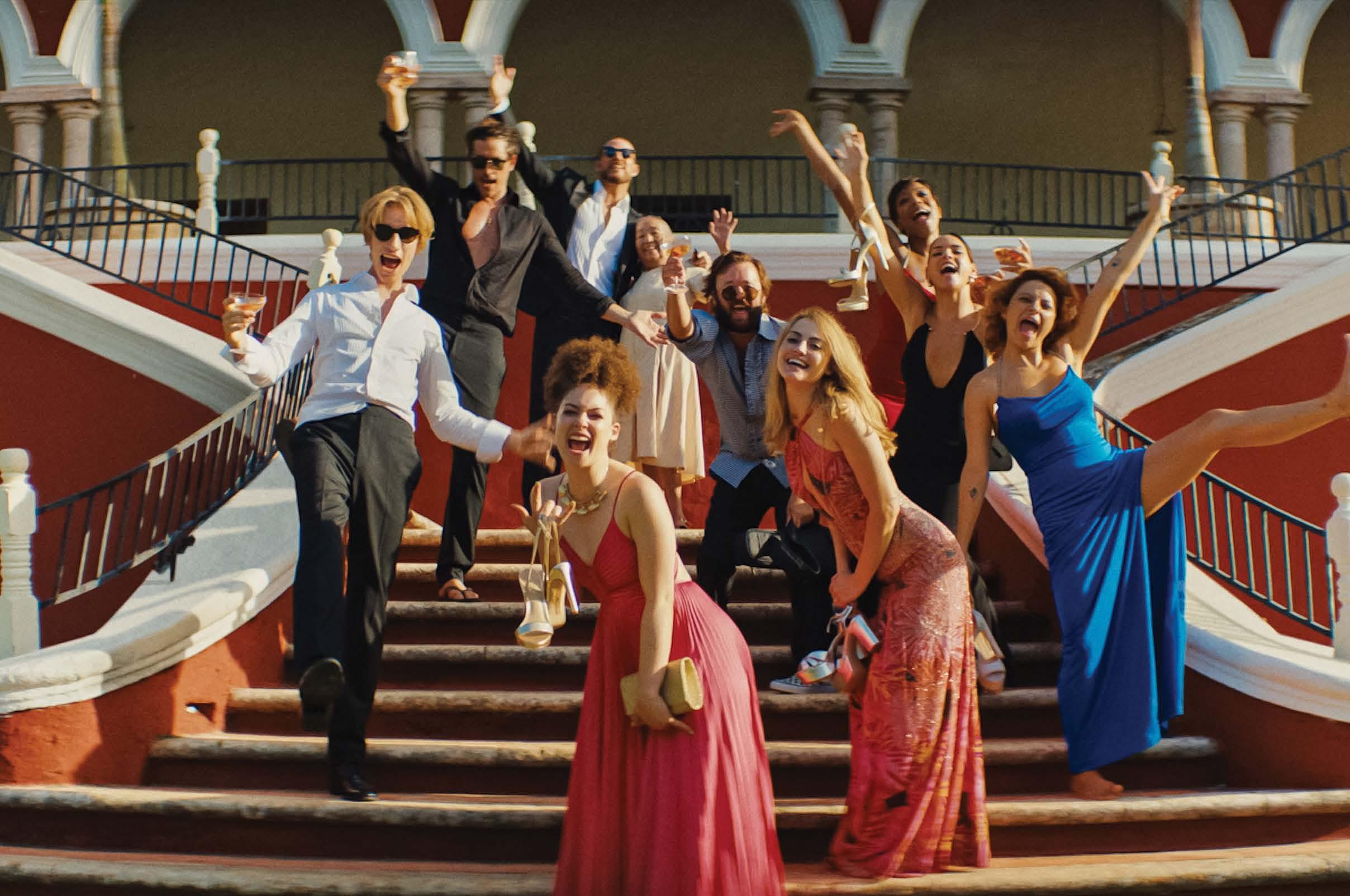
“It’s well known how stylish Zoë Kravitz is, so it’s no surprise that the film has a sense of style. A lot of her inspiration came from vintage photos and fashion ads, a bit of that timeless appeal. In the film, there’s a lack of clothing options—as soon as you get to this island, you’re molded into an object for men’s affection.
The men in the film are able to reveal a bit of their personality through their clothes, while the
women are given stuff that just magically fits—it shows their interchangeability and replaceability. Zoë has shared what inspired her to write the script —how women are treated in the industry and beyond. It’s a film about control, but it’s also about how underestimated women are.
We needed a gown that looked pretty and elegant, but it also had to be used as a means of torture. That’s hard to do, right? How do you make
something that could tie someone up but also looks elegant? We had to make like 70 of those. Some of them are bloody, others stay clean. All of Channing Tatum’s shirts were made for him. There’s a famous shirtmaker here in Los Angeles, Anto, that churns them out. We had to change Channing’s shirt every 10 minutes because it was so humid. It’s no surprise that some of the pants he wears are The Row, one of Zoë’s favorite brands.”


In the 36 years since the release of Tim Burton’s Beetlejuice, Winona Ryder’s young character has grown up and had a daughter of her own—played by Jenna Ortega in this year’s sequel.
To bring the film’s fantastical characters to life, Burton tapped his longtime costume designer and four-time Academy Award winner Colleen Atwood. Here, she discusses the art of maintaining a decades-long collaboration and how she reimagined Michael Keaton’s infamous striped suit.

“ Tim Burton and I have worked together on so many fun things, we’ve developed a shorthand. When we begin a project, Tim describes what he wants to do with characters. Then I gather images, fabrics, and swatches for his reaction. I don’t really use mood boards—it’s broader than that for me, from weird masks to piles of fabrics.
Once we’ve settled on these ideas, we meet with actors and start the fitting process. When I met with Michael Keaton, we talked about the suit—the fact that the character has gotten a little older is reflective in the fit of the suit and its aging. In this new film, the merging of modernity with the timelessness of the underworld shows a passing of time that helps set up the story.
Tim visually uses the empty space and unique angles to create his style of framing. For me, it is about making sure the costume can be seen in a sculptural way, as well as in close-ups. I think the layers of people in the underworld—from the receptionist to the soul train dancers who form the backdrop—along with Monica Bellucci’s black dress are my favorite details.”

OVER THE LAST DECADE, ROBERT WUN HAS MADE A NAME FOR HIMSELF BY EMBRACING THE LABORIOUSNESS AND PRECARITY OF HIS CRAFT. THE HONG KONG–BORN COUTURIER HAS NO INTENTION OF SLOWING DOWN.
BY JAYNE O’DWYER

“I never have a muse,” declares Robert Wun. While many of his peers find inspiration in human subjects, the Hong Kong–born, London-based designer is more interested in the thorny forces that act upon them—like fear and grief. Wun credits this resistance to the corporeal with the critical success of his designs, which have been worn by the likes of Björk and Cate Blanchett. “When I choose a subject that is not human, the language can be so much more out of the box,” he adds.
For the past 10 years, Wun has been crafting a sartorial vocabulary all his own. Speaking on Zoom after his Fall/Winter 2024 collection “Time” made waves at Paris Haute Couture Week, he confesses to feeling caught between recent success and the looming deadline of his “Home” show in Hong Kong in early September. “I made this collection to question ... what we are expecting from creatives nowadays,” asserts Wun. “The industry forces people to feel they can never stop. It’s like, ‘You either deliver or you’re out.’” This moment of reflection comes after a quick succession of hardwon accolades: Wun founded his namesake label in 2014, cutting his teeth with ready-to-wear before pivoting to couture in 2022. He made his runway debut in Paris in January 2023, becoming the first designer from Hong Kong to join the haute couture calendar.
If “Time” was a celebration of his achievements, it was also an acknowledgement of the pressures and precarity of his craft. The show opened with an homage to falling snow, taking ephemeral beauty —and its inevitable demise—as the main focus. “Endings can be rather graceful and powerful,” he muses. “What if we embraced that more, and were inspired by them?”
For Wun, couture remains a way to resist this churn —a time-honored art form that cannot be expedited, and where he is free to take his themes to their fullest extent. A Robert Wun show treats the runway like a film set, and the backdrop for “Time” was no different. Animated projections offered a fantastical backdrop for the designer’s magnetic looks, inspired by the seasons and fleeting natural wonders (Wun cites Alexander McQueen’s runways as inspiration).
As the last looks swept the Fall/Winter 2024 runway, Wun sent out four creations that demarcated the human body: flesh, muscle, bone, and soul. The final gown—soul—was topped with a glittering shroud that evoked a constellation of stars. In Robert Wun’s reality, endings aren’t always such a bad thing.
“Endings can be rather graceful and powerful. What if we embraced that more, and were inspired by them?”

ARCHITECT ELIZABETH ROBERTS AND FASHION DESIGNER CECILIE BAHNSEN PRIZE INTUITION AND RESOURCEFULNESS OVER PERFECTION. HERE, THEY COMPARE NOTES ON CREATING OPPORTUNITIES FOR “ACCIDENTAL BEAUTY.”
It was a chance meeting at a dinner party in Copenhagen that first brought together New York–based architect Elizabeth Roberts and Danish fashion designer Cecilie Bahnsen. Though they operate in different mediums—one with space, the other with the body—a sense of camaraderie sparked between them instantly. Ahead of the publication of Roberts’s first monograph—Elizabeth Roberts Architects: Collected Stories from Phaidon, out this month—and the debut of Bahnsen’s Spring/ Summer 2025 collection during Paris Fashion Week, the two women sat down to discuss motherhood, the beauty of imperfection, and why there’s nothing quite like bespoke designs.
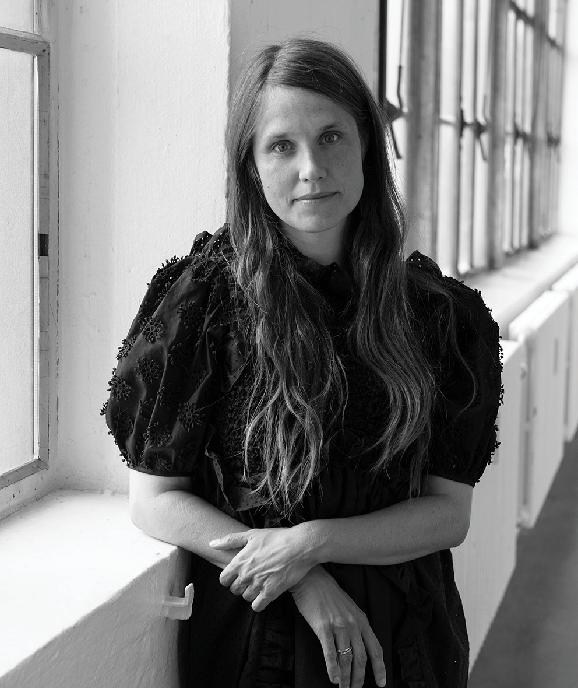

ELIZABETH ROBERTS: I love people who are doing really unique work, and your work stands out. You’ve got such a strong voice—it’s so soft, yet with an attitude. It’s hard to do things that are so your own, yet so universally admired.
CECILIE BAHNSEN: When we first met, we couldn’t stop chatting. Even though our fields are different, there are so many overlaps in how we produce. We put a lot of passion and energy into our work, but we also have this unpreciousness about what we do. We want the women that wear our clothes or live in our spaces to really feel like they’re them—that our designs don’t outshine them.
ROBERTS: I’m often working for one person, so I dive deep into what they’re after, but sometimes it can go too far. I can fall into their fantasies too much and create something that can feel a bit too temporary. It’s nice to get people out of their heads, out of perfection, and into real stuff. Like, How is this gonna fare for the next 10 years? Can your kids spill yogurt on it?
When we met in Copenhagen, you had your dress clipped up on the side. You told me that originally you didn’t have this clip on your dresses, but your studio mates needed it because they ride their bikes to work every day. That’s a perfect example of the kind of attitude I love: the idea that things aren’t perfect when you’re done with them. When they go out in the world, they become better.
BAHNSEN: It’s like accidental beauty—the imperfection of these things that you explore as you live in it and make it your own. You’re creating this universe around your brand, but, once a woman puts it on, they add their own point of view and their own electricity to it. When I look at your work, I also see this unexpected choice of materials, which I really love. You strike a balance that feels quite intuitive and that is hard to put into words. I spend a lot of time refining that balance myself and trying to get it right.
ROBERTS: How did you decide to start your own brand?
BAHNSEN: I wanted a change of pace. I moved back to Denmark to try and do fashion in a slower and more conscious way. I wanted to stay away from some of the pressure you have in bigger cities, although I am very lucky that I get to come to New York and tap into that energy again. But I definitely have this stubbornness inside me. I wanted to create a brand with a strong female voice, but I also wanted to be a mom. Today, I couldn’t imagine doing anything other than what I am doing. Being a mom is a huge part of my inspiration and features so much in what I create. At the end of the day, I think it’s my stubbornness that has served me best.
ROBERTS: A very stimulating part of our jobs is that we’re both lucky enough to work with people whom we can pass our values down to.
BAHNSEN: That’s the most important part: The people you create with become family.
ROBERTS: And then they follow the life balance you’ve chosen, which is like, “Let’s not work until 3 in the morning. Ever. Let’s work really, really hard
“It’s nice to get people out of their heads, out
of perfection, and into real stuff.”
—Elizabeth Roberts
during working hours.” Those values used to be super rare in architecture. I want to be able to roam in the woods with my son on the weekend. I want to do beautiful things outside of work. Right now, you are quite busy, right?
BAHNSEN: Yes, we are working on the show for Paris. It’s two months from today. It’s a very special time where everything that you worked on for months comes together and you’re making sense of all the bits and bobs. It’s one of my favorite times with the team; we are working on the looks and starting to see the movement in the collection. Somehow, despite all this preparation, you still get surprised.
ROBERTS: For us, we finally finished my book. It’s interesting to have to put things to words, and to apply a narrative about what we’re doing. I’ve never done that before. We usually create things and then other people write about them.
BAHNSEN: It must have been very special choosing what to feature from your whole body of work.
ROBERTS: You can’t be too precious about it though. Besides Paris, are you focused on any special projects right now?
BAHNSEN: We’re going really intimate and doing some made-to-order pieces. We are using all our archive fabrics and creating new pieces out of them. Some of the dresses are like patchworks of different seasons together. We make them for the customer personally and we always know who she is. That one-on-one approach is so inspiring for us.
ROBERTS: I designed a store for Rachel Comey, and I remember her telling me that she could hear people thumbing through the clothes and trying them on. She loved the conversations she overheard —a mother and daughter shopping together and talking about her designs. That personal stuff is why I decided I was going to work with families and go deep—as a result, I developed a portfolio that is very personal. Now, even with big projects, we keep them that way—personal.
“You’re creating this universe around your brand, but, once a woman puts it on, they put their own point of view and their own electricity into it.”
—Cecilie Bahnsen


Photography by Julie Goldstone
By Ella Martin-Gachot
Thomas Houseago is making his New York comeback.
A new exhibition this fall, taking over three floors of Lévy Gorvy Dayan’s Upper East Side townhouse, will mark the artist’s first presentation in the city in 10 years. Calling from Tokyo this summer, he readily acknowledged the weight of the task at hand. He has never felt seen by the New York art world, although it witnessed watershed moments in his career, like the inclusion of his hulking Baby in the 2010 Whitney Biennial and his foray into the architectural realm with “Moun Room” at Hauser & Wirth in 2014.
“New York has never really been an easy audience for me in terms of the critical establishment,” Houseago admits. “It’s not a place where I’ve felt comfortable or safe.” He recalls a particularly unsparing review of a 2013 show at Storm King, in which a New York Times critic suggested he might need therapy. “He was right,” Houseago says. “In a way, what he was picking up from the work was correct.”
The Leeds-born, Los Angeles–based artist made his name in the late aughts with mammoth sculptures of mangled humanoid and animal forms whose weary stoicism often betrayed an unflinching vulnerability. Houseago’s self-described “fuck-it” behavior and high-octane ascent —accompanied by its fair share of name-brand collectors, mega-gallery drama, and celebrity friends—made him impossible to ignore. He was seemingly everywhere—until he wasn’t.
In 2020, Houseago left his practice behind. He was in the midst of a mental breakdown, battling preverbal trauma resulting from sexual violence he experienced as a child. “When I went into treatment, I was like, Sculpture is gone. I’m so relieved,” he remembers. “I’m never going to do that again.” He saw his sculptural output up to that point as a constant cycle of retraumatization. “I wasn’t in control [of the work at all],” he recalls. “I didn’t make it. It was making me.”
But with the help of an interventionist and care manager—Danny Smith, who died this past spring—he began to make his way back to art,
first with ink drawings of visions he’d had at an Arizona treatment center, then with painting, and finally, and most reluctantly, sculpture once again. The Lévy Gorvy Dayan show charts this “dark night of the soul.” The journey begins on the ground floor, with the heaviest work—both conceptually and literally—including a bronze minotaur that will greet visitors at the entrance. “The minotaur is the perfect metaphor for trauma, right?” Houseago notes. “Born out of perversion. Half man, half beast. Stuck in a maze it can’t get out of.”
The second floor sees Houseago sculpting on a smaller scale: His signature eggs populate one room at varying degrees of brokenness and a series of three-dimensional still lifes memorializes his gradual re-enchantment with the quotidian. The path to recovery is punctuated by a turn toward the celestial on the fifth and last floor, with a skylit mural depicting the phases of the sun and moon. “No matter how triggered or fucked-up I am, I always find the dawn beautiful,” Houseago concludes. “The whole show in a nutshell is: There’s hope. How do you become an ambassador of hope?”

“THE MINOTAUR IS THE PERFECT METAPHOR FOR TRAUMA, RIGHT? BORN OUT OF PERVERSION. HALF MAN, HALF BEAST. STUCK IN A MAZE IT CAN’T GET OUT OF.”

“THE WHOLE SHOW IN A NUTSHELL IS: THERE’S HOPE. HOW DO YOU BECOME AN AMBASSADOR OF HOPE?”

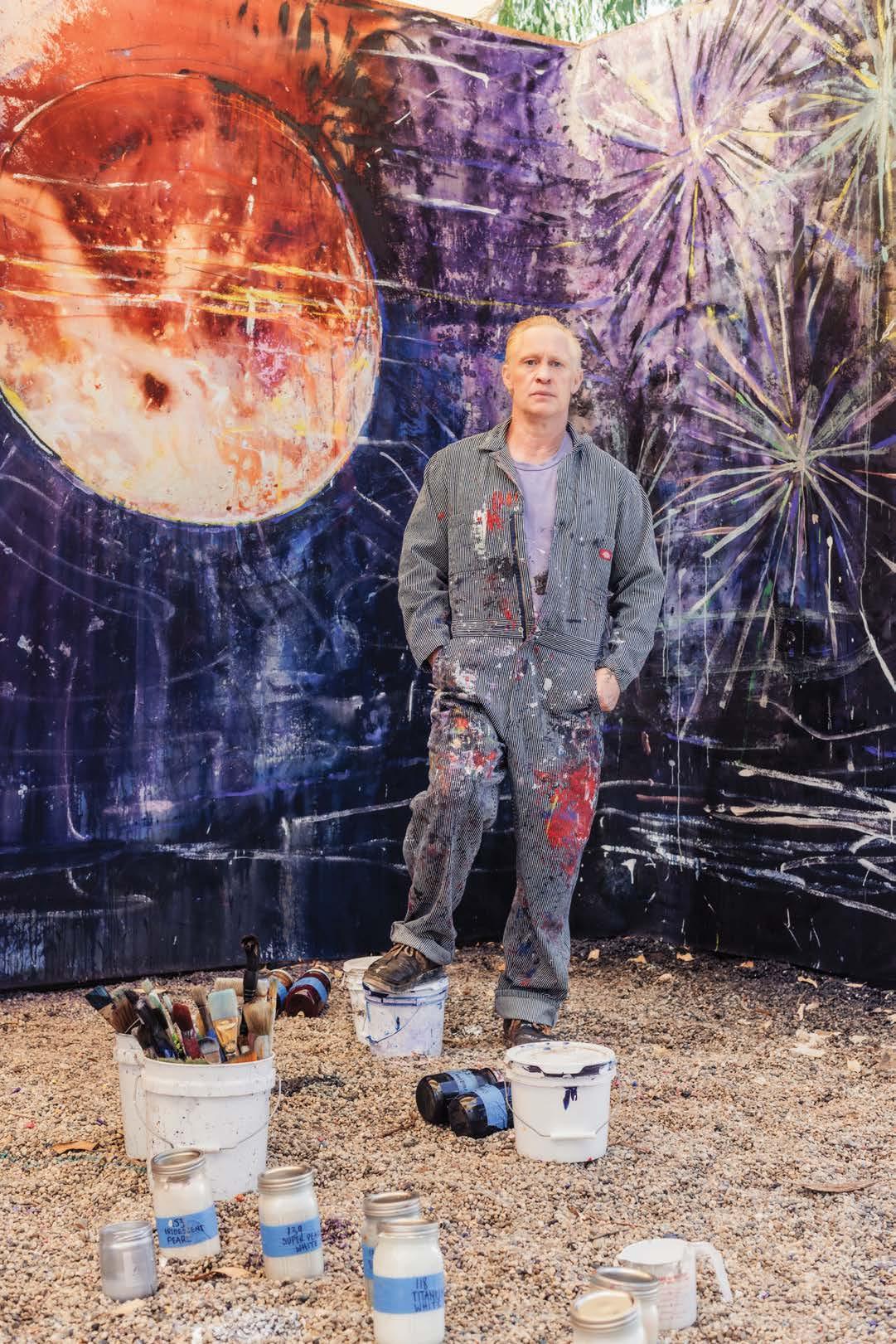


Victor Barragán and Betsy Johnson straddle the worlds of fashion and conceptual art, making work that tests the culture’s appetite for extremity. Here, the kindred provocateurs sit down to discuss the rewards of risking it.
Victor Barragán and Betsy Johnson are no strangers to taboo. Barragán launched his namesake label in 2016, shortly after moving to New York from Mexico City, and wooed the fashion set with designs that collapsed religious iconography, gay paraphernalia, and Internet subcultures into viral garments worn by the likes of Madonna and Rosalía. Then the designer made a radical decision: to drop out of the fashion week rat race and show off-calendar and outside the industry’s sanctified locations. His last presentation, which took over a militarized airport in Mexico City and reveled in the language of cults, Catholicism, and weaponized nationalism, was a testament to his ability to constantly upend what we expect from a brand. Johnson is a sartorial Swiss army knife—she casts, styles, creative directs, designs, and shoots—whose work has caught the eye of rappers, luxury houses, and the Internet alike. Last year, she launched Products, a project that alchemizes her interests in the aesthetic consequences of commodification and class. Beloved as she is by fashion insiders, Johnson is unafraid to skewer the industry’s shortcomings and package them for all to see. Here, the friends share how they drown out the noise—and make space for the stories they want to tell.
BETSY JOHNSON: I knew your work for maybe five years without knowing [the person] behind it. I have no idea how I came into your sphere.
VICTOR BARRAGÁN: You worked with some of my friends in Europe. Then I started seeing your name popping up all over the world. It was funny how we met at the Shayne Oliver show—I had no idea you were gonna be doing the styling.
JOHNSON: We were both wallflowers trying to stay out of the way of the chaos. How did you get into fashion?
BARRAGÁN: I come from an architecture and industrial design background. Then I quit and started doing fashion [full-time]. I started doing things here and there, and then I got popular on Tumblr really quick. I got pulled onto the fashion calendar kind of by accident, because people contacted me like, “We love what you’re doing, we wanna support you.” They threw me into the mix in New York, and I didn’t know what I was doing.
I always took fashion as performance mixed with a product. It was about storytelling for me. I started mixing everything: my art, my sculpture, my clothing, my music. You do something similar—you build your whole world in terms of the people you collaborate with and how you present things. You put yourself in the spotlight a lot, in your own language [which I do too]. We put ourselves out there, but we are not too reachable.
JOHNSON: People that are these “trouble-causing provocative auteurs in their field,” they’re always 360-degree kinds of people who are in their own universe. To be a storyteller, you have to have a story to tell. It’s a self-informed process. Every time I step into someone’s project, I’m never under a title. I just come in and support whatever storytelling they’re doing. It’s a collaboration, not this structured corporate format.
BARRAGÁN: How does your relationship with your audience influence the evolution of your work? You have so much attention online. People track you.
JOHNSON: These Reddit threads, like, “She’s here!” I’m like, Whoa, I’m actually being tracked [Laughs] The person I am in real life is so different to who I portray online. That’s part of the weird little character-building process I’ve gone through, and it’s a really liberating space to be in. It allows me to create and put everything I’m thinking into my work.
BARRAGÁN: My image online looks really crazy. It’s totally a performance. When people meet me, I’m like, shy. I’m not as crazy as I look on the screen. I express so much with my work, maybe not with words. My mind and words start sticking sometimes, so I use the brand as a form of expression. But I don’t interact too much with people I don’t know online. It’s hard and can be an empty place to do that, but I feel like the audience always wants to be part of it, and I love that. I feel like I’m not talking to a wall.
JOHNSON: Do you feel like there’s a next step for you with the community that you’ve built with your storytelling, to push people to also be provocateurs with everything going on in the global cultural landscape, which is a whole other spectrum of bullshit?
BARRAGÁN: You always feel like you have to push it more. My work became more conceptual through the past years. Now, I’m doing a movie and … there’s my love for music. I love how these intersections keep provoking fashion in a different way. It’s always the more risky people who take these new ways to communicate, and then you will see all this resonate on bigger brands in the future, for sure.
JOHNSON: I feel like [bigger brands] are getting less risky. Everyone’s scared out here. The market’s so fragile. When I’m in my studio, we’re talking about the craziest ideological concepts and … we’re getting into the nuances. When people come in, they’re like, “Wow, these conversations are crazy.” I’m like, “Yes, if you work at [a big house] you’re knocking out email marketing campaigns.” You’re not really getting into the nitty gritty of cultural references and how they translate into the work.
BARRAGÁN: I see how the bigger brands have to move so fast that they feel rushed somehow. There are all these mini trends. The algorithm on TikTok is throwing so many new things so they can market anything. At a certain point, it’s gonna collapse.
JOHNSON: There has to be a point where everyone’s overwhelmed. Most of the people I resonate with creatively, even on a friendship level, are like, “Let’s slow down.” I won’t post something for like a year; I’ll let it simmer for so long, and I’m at peace with that. I feel like the most provocative thing you can do is to slow down and trust that your storytelling is strong.
BARRAGÁN: No, it is. The algorithm is so controlled, so you feel the pressure to keep pumping content. I didn’t know this, but the algorithm tracks your face. If you post your face, it’s gonna show it to more people. That was why I started doing the censored face on the brand account. The algorithm started taking my posts down because they thought I was doing something shady. I learned that when I took a class about Instagram and managing my brand. They were like, “Don’t be surprised if you post a selfie and that selfie gets more likes than your actual work.”
JOHNSON: Oh my god. That’s insane.
BARRAGÁN: I guess the selling point is you in whatever you do. I was so conflicted about like, Should I just keep posting some sexy pictures of men? Boom, worked. And I haven’t done that. That’s why I post a lot of memes and things like that. I was like, Damn, this is so not fun. You have to keep playing this game with it, so you can actually show your work.
JOHNSON: It’s blocking the provocateurs because it’s promoting this influencer culture, which is not provocative at all. That gets me on to this next point about intersectionality and how art and fashion are potentially fusing more recently. I really am sensing this a lot. The art world was so abstract and inaccessible to me. I would never even try. And then I was in the art world and everyone was like, “Oh, you are an artist though.”
BARRAGÁN: I started in fashion and people told me, “You are an artist using clothes. Just keep it like that. If you put it in a box, you are always gonna be overwhelmed, controlled.” I definitely see you as an artist first, and I feel like there’s a crazy thin line where, if you are in the fashion world, your work could have less meaning because it’s a product. Art is a product too, but it’s just different in the way it’s perceived.
JOHNSON: These terms—“jack of all trades, master of none”—have been planted there to make people like us, aka provocateurs, feel as if you have to be one thing. You’re less dangerous if you’re one thing. Your ideas can’t spread as vividly if you are stuck in one craft.
BARRAGÁN: Definitely not.
JOHNSON: If you could use one word to describe how fashion is right now, what would it be?
BARRAGÁN: Cheap. What about you?
JOHNSON: Uninspiring. Sorry guys, but it really just is uninspiring.
BY ELLA MARTIN-GACHOT
The New York–based artist sits down with her longtime co-conspirator Orian Barki to discuss her latest caper: an ambitious exhibition at the Fondazione Prada.
Over the past decade, Meriem Bennani has filtered the crushing estrangement and feverish pace of postmodern life through a delirious yet distinctly earnest lens. Topics as disparate as immigration, girlhood, and the aftershocks of colonization in the Maghreb surface in the artist’s work, which can take the form of a scrappy reality TV show or a spinning tornado powered by electric bike motors.
“For My Best Family,” a new exhibition opening Oct. 31 at Milan’s Fondazione Prada, is Bennani’s latest world-building exercise. On the ground floor, a soundtrack composed with Cheb Runner will accompany hundreds of flip-flops in a trancelike ballet. The mechanical installation, titled Sole crushing, promises both cacophony and catharsis. Above, visitors will be able to take in the artist’s longest film thus far, For Aicha. Directed with her longtime co-conspirator, documentary filmmaker Orian Barki, and with the support of animators John Michael Boling and Jason Coombs, the work follows Bouchra, a Moroccan jackal living in New York, as she attempts to make a film about how her queer identity has shaped her relationship with her mother. Here, Bennani and Barki give CULTURED a peek at the film and exhibition’s backstory.
FOR AICHA, THE FILM INCLUDED IN “FOR MY BEST FAMILY,” IS THE LONGEST VIDEO PROJECT YOU’VE EVER WORKED ON. WHAT CHALLENGES AND OPPORTUNITIES DID THE EXTENDED FORMAT BRING?
MERIEM BENNANI: When you make a movie over two years, you’ve gone through so many different political and personal moments. You have to sustain some kind of narrative cohesion while going through so much. You also have to maintain spontaneity. The story [is] about a mom and daughter learning to understand each other around queerness. The thing is, it can so easily fall into something so annoying in terms of a coming-out story in the Arab world. People in Western countries, maybe that’s all they ask for—to see how it’s so hard to be Arab and gay. We were scared to fall into that, but at the same time we thought it would be cool to have a fun and emotional lesbian story about this Moroccan filmmaker who lives in New York … What we found as a solution is specificity, which is realizing that maybe it’s a documentary about me and my mom in a way, and it doesn’t matter what it means because it’s so true to us.
ORIAN BARKI: Meriem was like, “I feel that we’re missing the perspective of the parent in the relationship. Maybe I should call my mom and ask about her experience, and we can use that as inspiration.” So she called her mom. They’ve had conversations before about Meriem’s queerness and their relationship, but never like this. After the call, [Meriem] played the recording to me and translated it live.
BENNANI: We were like, “This is better than everything we’ve been trying to write. We have to use it as the spine of the [film].”
BARKI: So we created this meta layer for the story. On one level, it’s about a daughter trying to understand her mother better, to be able to have some type of closure and move on, but on another it’s like, “I need to understand you in order to be able to make this film.”
BENNANI: I was really uncomfortable making a film about myself or bringing my mom into it. She’s always accepted being in my films, but that doesn’t mean she accepted making it about us, especially about the most sensitive part of our relationship. I’m really impressed by her. Giving me this was a mix of love for me, but also an understanding that I need it, which she says in the film. I also want to say that a very important step was to fictionalize things: This is not my mom anymore. It’s re-recorded with Moroccan artist Yto Barrada’s voice. Departing from things in that way allows you to look at it like a story … What Orian and I have in common is we know when something feels true. It’s a balance between a certain tenderness and humor that is not trying to be cool or relevant—it just is. That’s our compass.
BARKI: Sometimes it was just about going on our phones, looking for videos of moments, and then reproducing them in a fictionalized way. The scene in For Aicha where she gets her ear pierced and then puts the sunglasses on to hide her emotions— we have a video of when I got my ear pierced and Meriem made fun of me. She was like, “Are you crying?” You can take those real-life moments and place them in a way that feeds into an emotional arc. That’s another way of keeping this documentary spirit, with these small poetic life moments.
MERIEM, WHAT WAS IT LIKE TO WORK ON SOLE CRUSHING AT THE SAME TIME AS FOR AICHA?
BENNANI: With Sole crushing, it was fun to create an environment that is not telling you a story but that hopefully generates a feeling within you. It’s an overwhelming, loud installation. It is definitely informed by going to protests. It’s about being surrounded by a big group of people [united] around one thing—what that feels like. It’s also about moments of collective catharsis—not necessarily just around politics, but also around musical traditions. It’s more about the essence of living than a specific person’s story.
WHY CHOOSE FLIP-FLOPS AS YOUR PROTAGONISTS?
BENNANI: The Fondazione Prada space is so gorgeous and fancy. It felt like a challenge to be like, “In this insane space, I’m going to work with a flipflop. How can I go from silly to monumental with such an unprecious, bottom-of-the-fashion-chain thing?” That was the initial impulse. Because I wanted to make music with flip-flops, I started researching percussive dances, like tap dance and flamenco. I started getting really into flamenco and duende, [an elevated state of emotion often associated with flamenco]. Duende is anchored in a kind of tragic swag; it doesn’t matter how good you are technically, it just comes out of you. In the way it’s described by [Federico García] Lorca in his text on duende, it comes from the feet. So then I thought about duende with the flip-flops.
YOU’VE WORKED TOGETHER FOR YEARS NOW. DID YOU LEARN ANYTHING NEW ABOUT EACH OTHER THROUGH THIS PROJECT?
BARKI: I work with doubt as a guide, which can be a very annoying thing, but I use it as, like, “Oh, is this good? Is this not good?” Meriem is the complete opposite. We’re able to complete each other in this way where she has an idea and runs with it. And I’m always like, “Wait, I don’t know.”
BENNANI: I’m more visually uptight. I’ll care about more within a scene, and sometimes I can get lost in that. Like, “She can’t be wearing those pants, she already wore them. They need to be blue.” Orian is always looking at the bigger scale. It’s like, “Who cares about if this shot looks good. First, the story needs to work.”

“It’s a balance between a certain tenderness and humor that is not trying to be cool or relevant—it just is. That’s our compass.” —Meriem Bennani



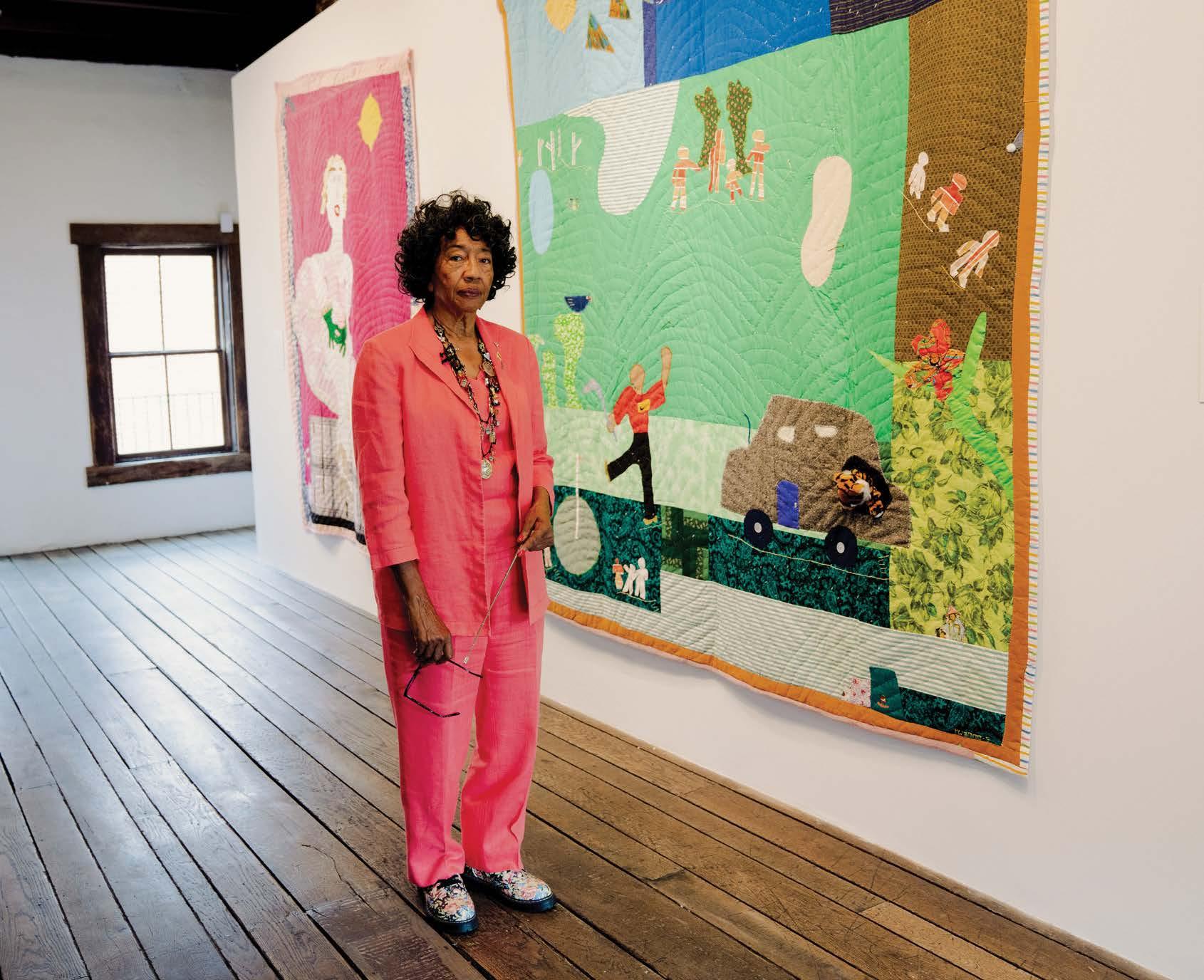
YVONNE WELLS HAS BEEN MAKING QUILTS FROM HER ALABAMA HOME FOR OVER FOUR DECADES. THIS FALL, HER RENEGADE PRACTICE GETS ITS DUE WITH A NEW MONOGRAPH AND TWO EXHIBITIONS.
BY ELLA MARTIN-GACHOT
Yvonne Wells was almost 40 when she began quilting. A self-described tomboy turned high school P.E. teacher, she turned to the craft for warmth in the winter of 1979. “I was just making quilts to cover the kids and keep my legs warm by the fire,” the Tuscaloosa native recalls over the phone. She used what was around her —curtains, her children’s clothes, her husband Nathaniel’s pants—to elaborate the spreads she’d seen her own mother make growing up. What she found in quilting went far beyond the quotidian. “Something was burning inside me,” Wells, now 84, remembers. “It made me say, Yvonne, don’t turn this loose. This is something that has to come out.”
The moment when an artist meets their medium—that instant when a compulsion to create finds its vocabulary—is the stuff of biopics and memoirs. But Wells didn’t identify as an artist from the get-go. “I just thought I was somebody making quilts,” she says with a laugh. And quilts she did make: Over the decades, Wells has crafted more than 500 pieces and shown them across the United States, with some of her designs even making their way onto Hallmark cards and the White House Christmas tree. Early on, when she landed on an idea, she’d make it in multiples—three, to be exact, which she identifies with the Holy Trinity. “I believe in God, and I believe in the symbols of God,” she explains. “The first one never said [everything] I wanted to say. The second one didn’t either. By the time I got to the third one, it did.”
Wells’s approach to her subject matter, like to the medium itself, has always been instinctual. Whether she’s depicting biblical scenes, pop culture figures, or civil rights struggles, her visual language is sui generis: Stitches are prominent, colors collide, and shapes warp, giving the impression that the quilts are in perpetual movement. “I can’t draw a straight line,” Wells confesses. “If you look at my quilts, everything is slightly off-center. It’s just the way the fabric flows.”
This September, her off-kilter abstractions will be the focus of a solo show for the first time, at Fort Gansevoort in New York. Because Wells believes in the power of threes, it’s fitting that this milestone is accompanied by two others: the publication of the first monograph devoted to her practice, and a retrospective at the Paul R. Jones Museum in her hometown, on view through Sept. 27. Have these, and the many accolades she’s accumulated throughout the years, changed how she feels about the word artist? “Whatever they call me is what I am,” she concludes. “It doesn’t matter if I’m folk or fine. I just continue to do what I do. My head sees, my heart feels, and my hands create.”
“IT DOESN’T MATTER IF I’M FOLK OR FINE. I JUST CONTINUE TO DO WHAT I DO. MY HEAD SEES, MY HEART FEELS, AND MY HANDS CREATE.”

















Thomas Schütte hasn’t had a major U.S. museum exhibition in over two decades, but the category-defying creative’s influence looms large. A new MoMA show is setting out to prove it.
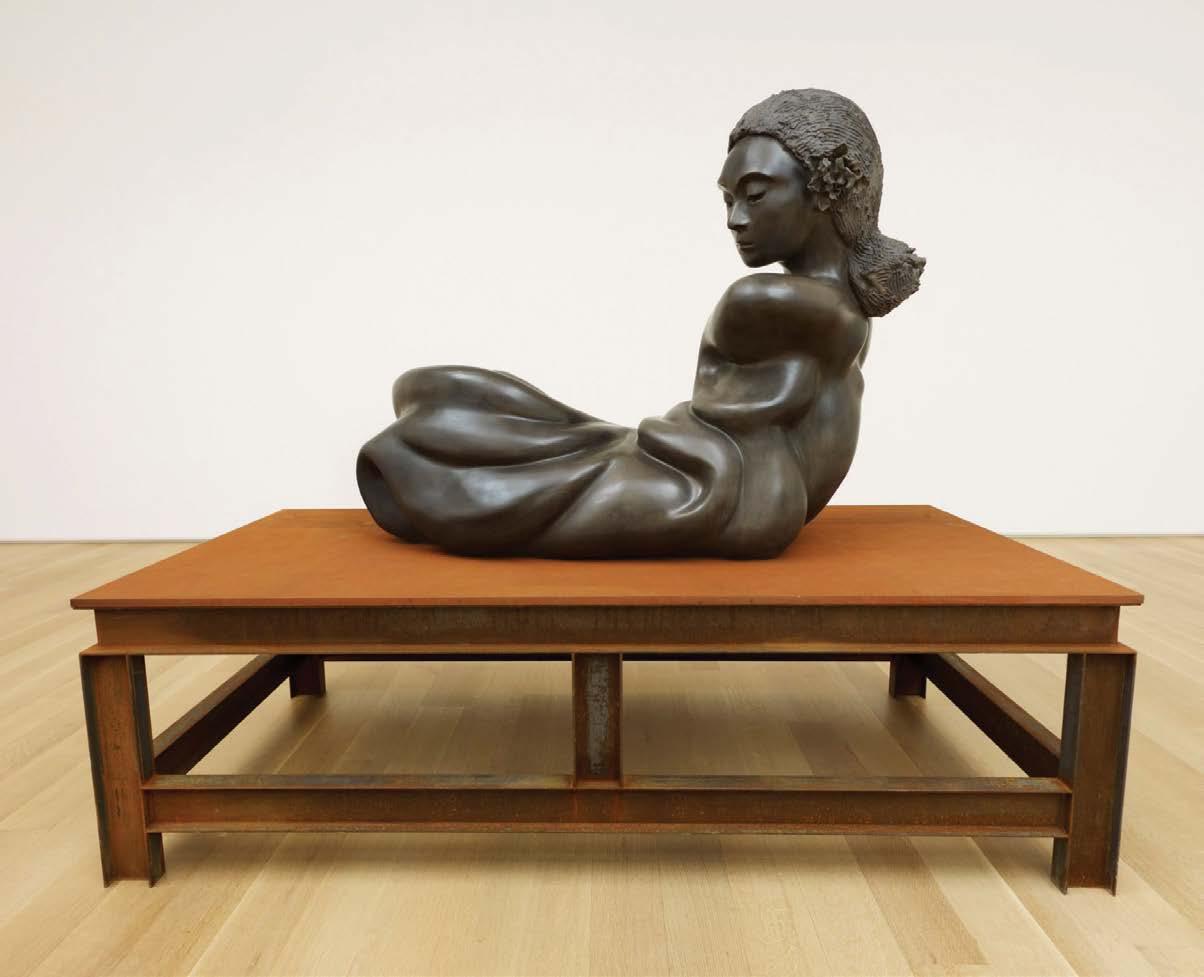
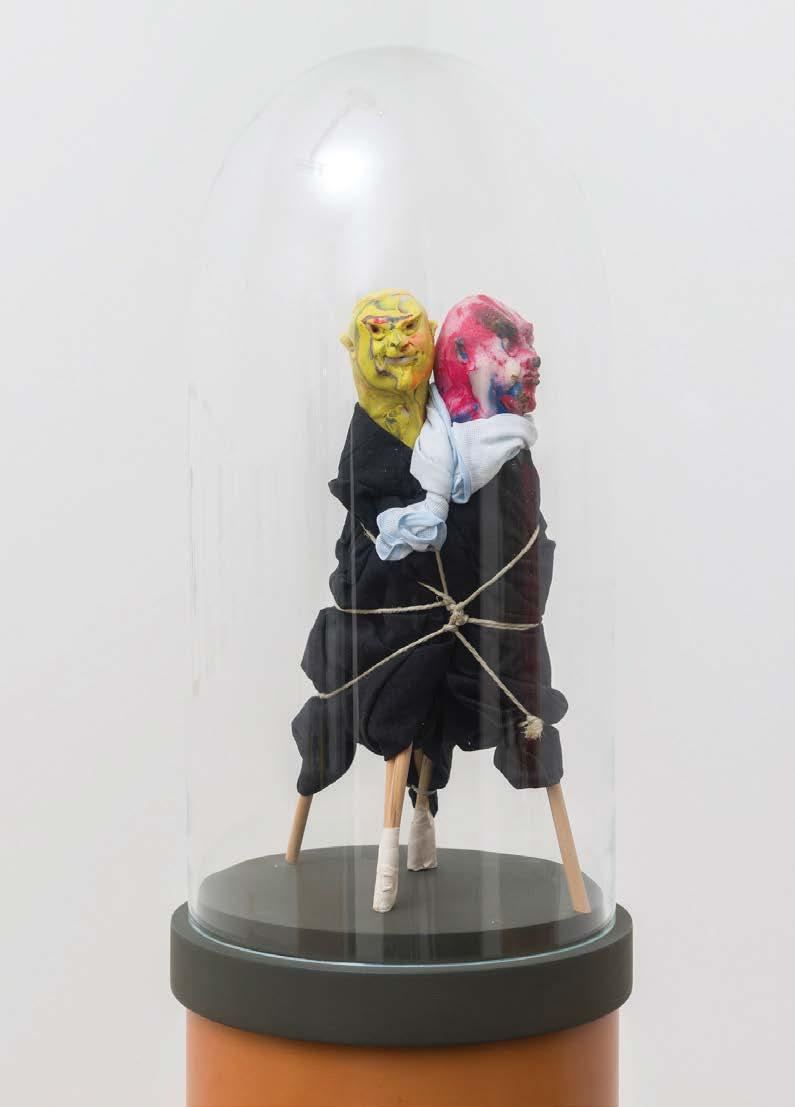
By Rebecca Goodman
“He finds relevance in the least expected places,” says curator Paulina Pobocha of Thomas Schütte. “A Pringles potato chip balanced on a matchbook serves as a prototype for a museum … a diminutive, gnarled and grimacing figure becomes the embodiment of authoritarianism.” This fall, that very ingenuity is at the heart of a splashy retrospective of Schütte’s work that Pobocha organized at the Museum of Modern Art in New York.
The eponymous show, which runs from Sept. 29 through Jan. 18, 2025, will be Schütte’s first survey at a U.S. museum in over two decades. “The exhibition marks 50 years of his practice,” continues Pobocha. “Schütte’s work is topical but not reactive: Its urgency is compelling and broad, existing in time and outside of it.”
The Oldenburg native, now 69, came up alongside fellow German artists, like Katharina Fritsch and Isa Genzken, who were interested in pushing the zeitgeist away from the reigning minimalism and toward a more textured iconography. Even among this eminent group of artists, Schütte’s approach remains singular and allergic to categorization. “With ease, he moves from the foundry to the ceramic studio,” Pobocha muses. “One day he can be drafting plans for an imagined building, and the next, painting flowers or tomatoes in ink and watercolor.”
The elastic nature of Schütte’s oeuvre is emphasized in the show’s curation, which slaloms between the artist’s watercolor, drawing, print-making, architectural, and sculptural practices. Connoisseurs may have seen examples of the latter making rounds on the art-fair circuit in recent years—bulbous, often grotesque figures molded out of ceramic, wax, or bronze that evoke a modern-day Honoré Daumier.
“He has given us so much to see, so much to consider,” says Pobocha, “with regard to art-making, but more importantly in how we, collectively, relate to the world, each other, and ourselves.”
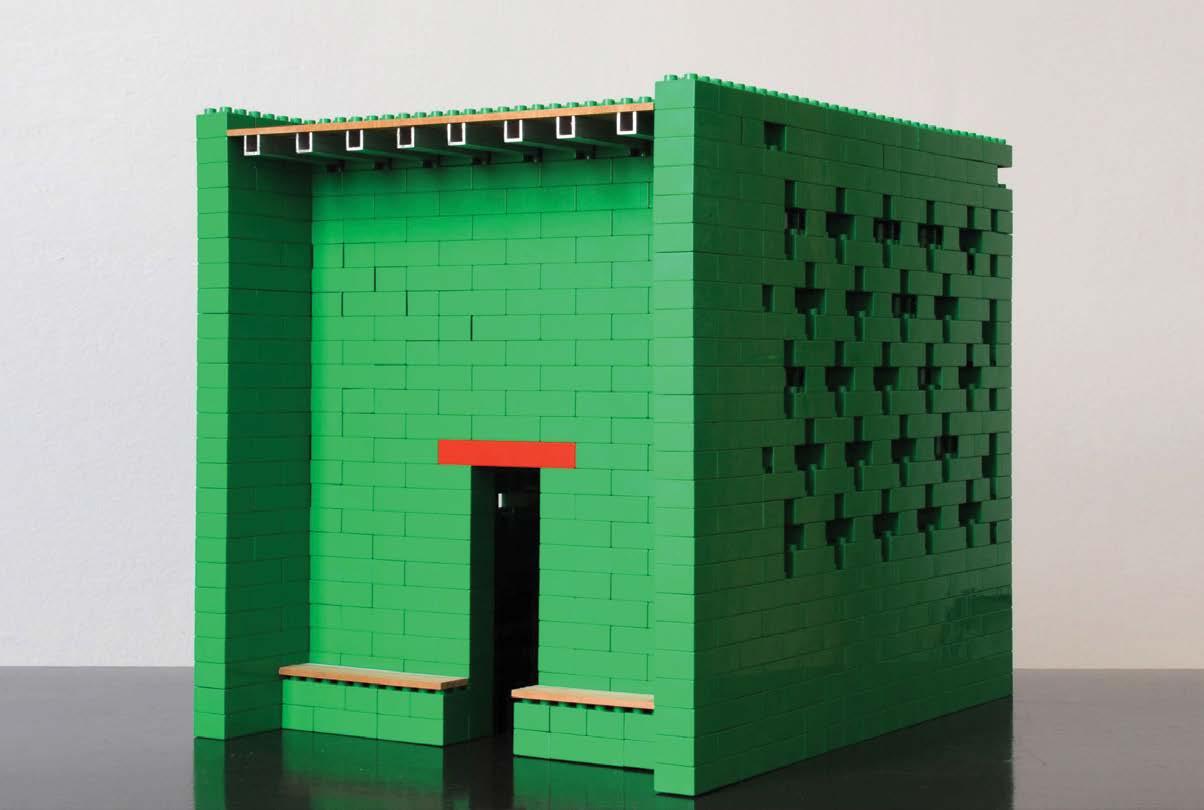


By Jayne O’Dwyer
JOSÉ ESPARZA CHONG CUY AND GUILLERMO RUIZ DE TERESA WERE ARCHITECTURE STUDENTS IN GUADALAJARA WHEN THEY FIRST HEARD OF THE STOREFRONT FOR ART AND ARCHITECTURE. NOW, THEY’RE STEERING THE NEW YORK INSTITUTION TOWARD ITS NEXT CHAPTER.
For José Esparza Chong Cuy and Guillermo Ruiz de Teresa, the Storefront for Art and Architecture loomed large in their imaginations well before they began their tenures at the New York institution. “In college, we were asked to draw the building as an exercise,” remembers Chong Cuy. The 1993 installation—which tapped artist Vito Acconci and architect Steven Holl to reenvision Storefront’s Nolita facade— won the admiration of the two architecture students from Guadalajara. Now, the duo is at the helm of the pioneering organization. As executive director and chief curator, Chong Cuy prides himself on thinking big picture about Storefront’s legacy, while Deputy Director and Curator Ruiz de Teresa considers himself the more pragmatic one. “I’m more focused on how things will take place, and José is always leading the charge in what things could be,” he explains.
This year, that complementary dynamic has been put to work—and rewarded—with “Swamplands,” a year-long series of research,
exhibitions, and programming that centers “the ethical and technical entanglements of water.” When we speak—with Chong Cuy calling from Mallorca and Ruiz de Teresa from a small town in Central Mexico—London-based artist Imani Jacqueline Brown’s “Gulf” (or “Strike Gulf”) is on view in New York, and they are reviewing the over 200 applications they received for an open-call exhibition next January.
These milestones were born of an immersive period of preparation. Before “Swamplands” came to be, the pair held a four-day “Swamp Summit” on the Yucatán peninsula with the entirety of the Storefront team, featured artists (including Gala Porras-Kim and Fred SchmidtArenales), and a few special guests. “We invited a physicist that had been working on the coast of the Yucatán,” Ruiz de Teresa says, “and through conversations with Imani, the physicist connected her to the archives of a university in Mexico that has core samples from the 1960s,” which had a direct impact on
the artist’s work and exhibition centered on the “geographies of oil and gas.”
The duo hope to foster connections like these within the organization and beyond. “Storefront was never really about the square footage,” asserts Chong Cuy. “The gallery has always been an excuse to gather.” As they continue to consolidate their program, the pair are also looking outside New York. After its current run, “Swamplands” will become a touring group exhibition, starting at the Graham Foundation in Chicago. Storefront also recently announced the creation of the Kyong Park Prize, an unrestricted $25,000 award to be bestowed on an individual or collective working at the intersection of art, architecture, and politics.
Despite many irons in the fire that draw the duo’s attention elsewhere, a commitment to securing Storefront’s future in New York takes precedent. “Let’s buy the building,” Chong Cuy exclaims. “Let’s manifest.”

FOLLOWING HER INCLUSION IN THE 2024 WHITNEY BIENNIAL AND A KNOCKOUT SOLO SHOW AT KARMA IN NEW YORK, THE NEW MEXICO–BASED ARTIST IS BRINGING HER ETHEREAL PAINTINGS TO BERLIN.
By John Vincler
Maja Ruznic paints worlds of feeling. To describe her work as straddling abstraction and figuration, which critics often do, is to neglect her inventiveness. Rather than existing between two states, Ruznic creates an alternate one, simultaneously recognizable and uncanny. Hers is an emotionally charged dreamworld made material, which, rather than dissolving with your attention as a dream might upon waking, only grows more engaging, complex, and inhabitable the longer you look.
When we met this summer, Ruznic was showing at three venues in New York. She had just returned home to New Mexico after opening her solo show, “The World Doesn’t End,” across two of Karma’s East Village spaces. She was one of only a few painters featured in the 2024 Whitney Biennial and was also included in the group exhibition “Mother Lode: Material and Memory” at James Cohan in New York. We talked as she prepared for her first solo in Berlin, at Contemporary Fine Arts this fall.
Writers have the phrase “speculative fiction” to describe works that envision fantastical or imaginative realms, a genre that includes everything from fairy tales to magical realism. In her paintings, Ruznic conjures her own distinctive universe, including a set of recurring characters. (She keeps separate notebooks to chronicle a core group of four of them, she tells me, reaching for a notebook at the end of her work bench.)
Ruznic’s figures combine the patterned geometry of Gustav Klimt and the surreal physiology of Leonora Carrington, all while emerging from a Rothko-like vapor of Color Field painting. While her works seem to synthesize a century and a half of art history, there is nothing academic about them.
As a child, Ruznic fled Bosnia and the genocide that began there in 1992, living for three years in refugee camps before arriving in the United States. “I’ve often thought the imaginative space that feels so comfortable to me, came to me from trauma,” the artist says. At age 9, in an Austrian refugee camp, she remembers being given a set of watercolors, as well as a red lamp that a doctor told her would treat depression. Painting, and the use of color, became a way of both exploring and representing her emotions. “I feel like I really lucked out in that … to deal with the trauma, I became obsessed with creating worlds,” she says.
While Ruznic’s narrative arc—from fleeing war as a child to becoming an artist in the United States —is a compelling one, it would be a mistake to reduce her achievements to a trauma plot.
I first encountered Ruznic’s paintings at Karma in 2022. Her suite of large canvases captured the sleepwalking state of early parenthood, of being up in the middle of the night and exhausted during the day. Dominated by somber purples and greens with flashes of red and yellow, the pictures told a nonlinear story of a mother, a father, and a child—all shot through with tenderness and just a dash of
horror. It was one of the most affecting shows I’d see all year.
In more recent canvases, Ruznic has pushed the boundaries of her visual language, creating austere and concentrated Color Field works and complex compositions of multiple figures. Take the Pietà-like central figure of Arrival of Wild Gods II, 2023, with an attending crowd of maybe-human figures framing the scene in ethereal yellow. The Berlin show, titled “Mutter”—a play on the German word for “mother” as well as for the English word for a barely audible utterance—will feature The Beginning/The End, 2023/24, with rhythmic tufts of red oil overtaking a cloud of purple on linen. Ruznic confesses that, for her, the stripped-down expanses of color are more difficult, more taxing. She can suggest a story with the figures, but in the unpopulated (or barely populated) fields of color, she intends to precisely render an intense feeling.
While the artist has never been more in demand, she seemed happy to be back in her studio in New Mexico, where she moved in 2017. Surrounded by desert and mountains and away from the competition and bustle of urban art-world centers, she’s been able to push her work further and on her own terms. “Being here,” she says, “has just expanded everything.”
Maya Ruznic, The Beginning/The End, 2023-24.
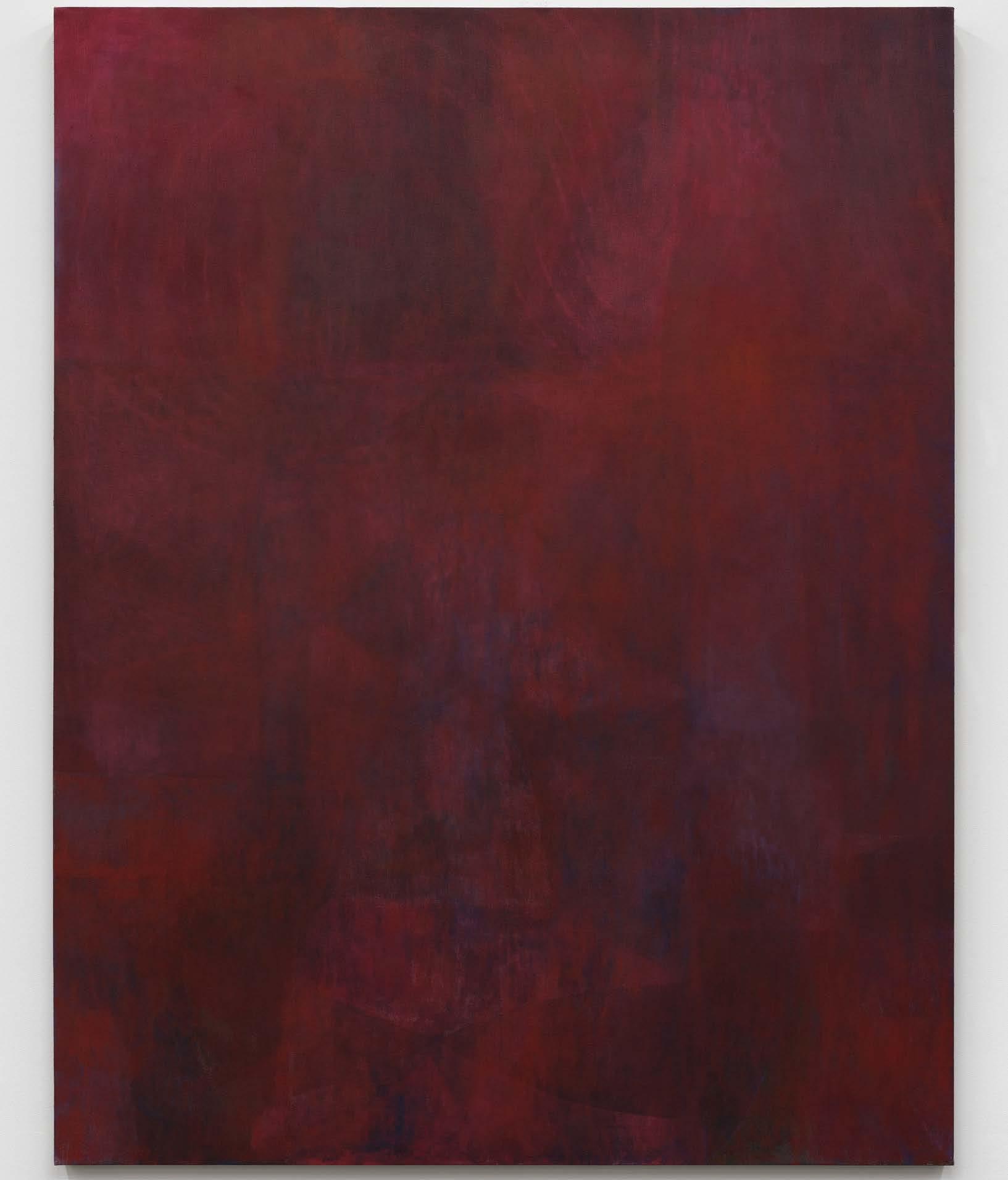

October 18 - 20, 2024
TO MARK THEIR INCLUSION IN PHAIDON’S GREAT WOMEN SCULPTORS, THE TWO ARTISTS MEET—FOR THE FIRST TIME— TO UNPACK THE EBBS AND FLOWS OF THEIR PARALLEL PRACTICES AND WHAT THEY TREASURE ABOUT THEM.
OVER TWO AND THREE DECADES, RESPECTIVELY, ANTHEA HAMILTON AND SYLVIE FLEURY HAVE EXPLORED THE AESTHETIC COLLATERAL OF CONSUMER CULTURE IN THEIR ARTISTIC PRACTICES. BORN AND BASED IN LONDON, HAMILTON’S UNCANNY INSTALLATIONS AND PERFORMANCES PROBE “THE EXPERIENCE OF STUFF,” AS SHE’S PUT IT IN THE PAST. SWISS NATIVE FLEURY’S FASCINATION WITH THE MATERIAL FETISHES OF MODERN LIFE CAN BE TRACED BACK TO HER EARLIEST READYMADES IN THE ’90S; SHE’S PLAYFULLY POKED AT THE ART WORLD’S HIERARCHIES EVER SINCE. HERE, THE TWO ARTISTS—BOTH INCLUDED IN PHAIDON’S MONUMENTAL NEW TOME GREAT WOMEN SCULPTORS CONNECT TO TALK FASHION, FANTASY, AND NEVER WANTING TO FINISH.
SYLVIE FLEURY: I love being called a sculptor because, like many artists today, I don’t sculpt.
ANTHEA HAMILTON: I also don’t sculpt anything: I like to make these lumps I love. I studied painting to learn about two-dimensionality. There were always a lot of sculptors around me, and I thought it was problematic because you would have these big lumps of stuff everywhere. Then I realized that’s what’s amazing about something you call a sculpture: It kind of gets in the way.
FLEURY: I didn’t go to art school, but I had a boyfriend who was an artist—he was dealing with readymade and sculpture. It was immediately clear that that’s what I wanted to do: use things that existed … One of my early bronze pieces was [based on] a handbag my mother would put on my knees when she was driving. I always looked at that handbag like, Wow, this thing is so incredible. One day I thought, Oh, I should make a sculpture out of it I noticed that you did a beautiful campaign with Loewe.
HAMILTON: It’s an ongoing collaboration. Sometimes I would invite them to help me with something, or they would ask me to do something with them. I feel a bit inside of the machinery of it, whereas before, I think I was more like an observer thinking about how fashion functioned, or what a fashion garment was. Can you tell me more about your work with fashion?
FLEURY: The first work that I ever exhibited was
my shopping bags. It came about because, as I said, at that time I was going out with an artist, and I was following him doing his shows, and I would go shopping then come to the gallery and drop my bags on the floor … One day, I got invited to do [a show with that concept]. But I had a hard time in the beginning because it was not accepted that you dress very feminine, that you like fashion, that you like to put makeup on or do your hair. In France, they said I was an anti-feminist artist. In America, I showed the bags for the first time in a group show in ’92. Three weeks later, there was an article in the New York Times with a big picture of my shopping bags, with Roberta Smith writing about “a new kind of feminism.” Suddenly things shifted and people stopped making a fuss about it. Do you also have a relationship like this with fashion?
HAMILTON: It’s more of a fantasy space for me. I just couldn’t afford any of those things, so I liked to look at pictures of it. Then I’ve had moments where I’ve been in a photo shoot, and they give you the full scan—you become this other thing. I went from just looking at it to becoming part of the content. Do you find the reading of your work morphing? There’s a different relationship around consumerism now, or the idea of what a feminist is.
FLEURY: Over the past 10 years, there was a shift in the understanding of it. The younger generation of artists are more interested in their representation or identity. I’ve always been looking for freedom in whatever I was doing. When I felt this moralistic, judgmental reaction, like, “You can’t do fashion,” it created the opposite effect. I thought, Oh, that means I have to
HAMILTON: I really relate to that. I trained as an artist, but I make everything very flat. It never occurred to me, this idea of distinguishing between high and low … How do you make a work, Sylvie? Where does it come from?
FLEURY: Obviously there are objects or ideas that I find interesting, but I don’t know what to make of them. Then one day, for some reason, it comes. I’ve been doing a lot of work inspired by male American minimal artists that I somehow pervert by adding elements of femininity, more emotional or personal touches. It’s all coming from a meeting with something that springs [forth] something, but it could take years until something comes out of it.
HAMILTON: I was thinking about my speed today. I can be incredibly slow, but it’s my strength,
actually. That quality somehow comes through in the works. They have an awkward kind of rhythm to them, syncopated, even … I actually love looking at those minimalist works. You say you’re perverting them, but I find just looking at and enjoying them quite perverse. I find them so beautiful and so aggressive at the same time. Like a Judd—it’s just like, Wow, what an asshole!
FLEURY: My favorite thing to do is to install a show. I love hanging the work. Do you enjoy that, too?
HAMILTON: I love it. I see myself more as an exhibition-maker than a sculptor. I’m making works so that I can think about how they will be seen. I had my first mid-career survey. We called the rooms things like “the fashion garden,” “the gray zone,” “the hip hop mansion,” “the CEO’s office.” When I saw all these works, I remembered all the different versions of myself that had made them—I saw myself in this hall of mirrors. That was quite alarming, actually, to see the ultra-naive, the ultra-optimistic, the lying version of myself.
FLEURY: I feel like a kid sometimes when I’m installing shows. Recently I had a show in a 1,500-square-meter place with a high ceiling, and I decided to bring in all the works I had that could sit on the floor, more than 80 works. I asked to take down all the walls, and it was a big challenge. I had no idea, really, what would happen, and I enjoyed it so much. The problem with me is that, once I start moving things around, I never stop. I always have these curators behind me saying, “Come on, can we say this is finished?” And I say, “No, no just a minute.” I have the same thing when I hang a Christmas tree. I have a large collection of Christmas decorations, in very different styles, and I love to mix them all. I never finish—even on the night of Christmas. Perhaps my gift more than anything else is this feeling of where things should be.
HAMILTON: It’s very hard for me to do an exhibition unless I’ve spent a lot of time in the space. I’m very strict about how my work is seen: It has to be on my terms. I love that you took all the walls out. The riskiness of it—then you have to really deliver!
FLEURY: I always saw my work as a performance somehow. The work that I show is one thing, but most important is the story that comes before it— how it happened. I work in a very spontaneous way—sometimes I do things and afterwards, I’m not sure why. I just know that I had to.

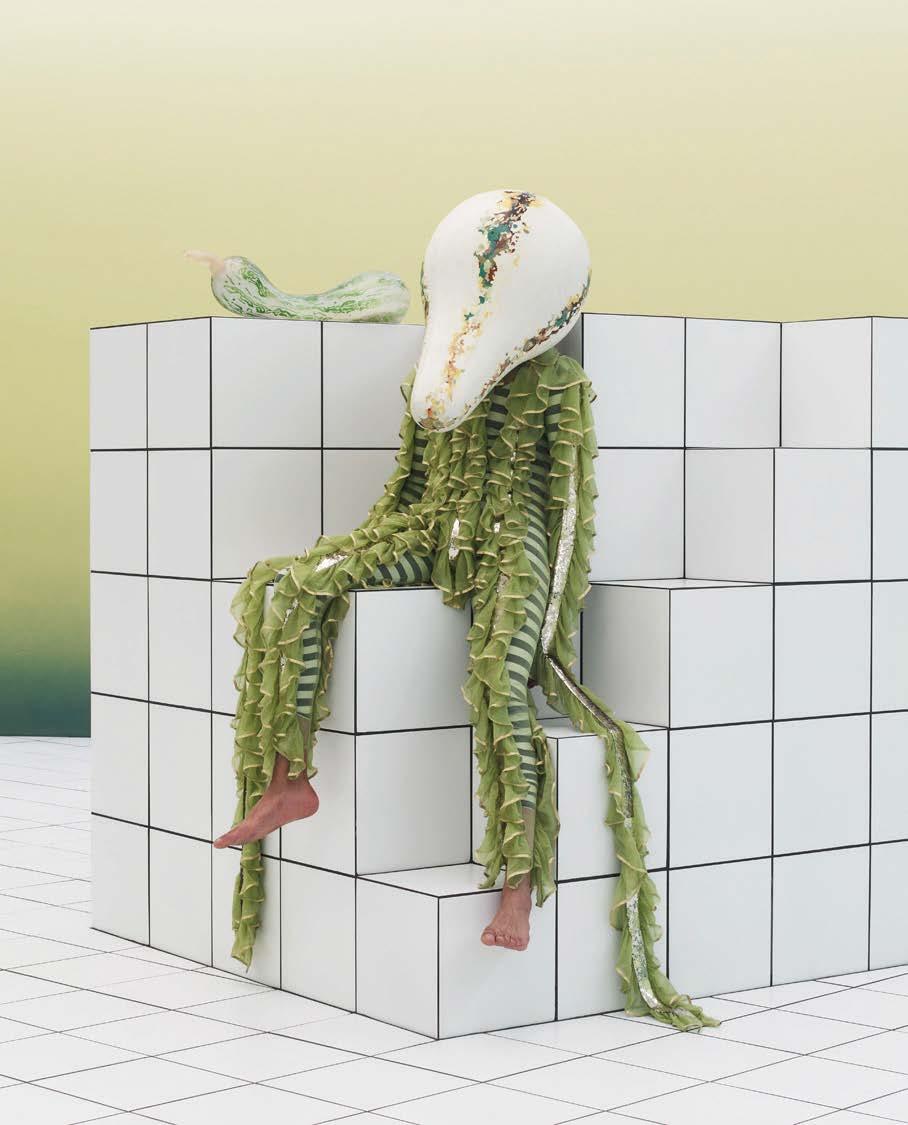
“THAT’S WHAT’S AMAZING ABOUT SOMETHING YOU CALL A SCULPTURE: IT KIND OF GETS IN THE WAY.” —ANTHEA HAMILTON

ON
BY LAURA NEILSON PHOTOGRAPHY BY BLAINE DAVIS
HE
When Olivier Reza can’t sleep at night, you won’t find him scrolling social media or binge-watching Netflix. “I’m checking stock. I just look, and look, and look,” says the jeweler, rattling off his go-to websites of esteemed art dealers and auction houses: Sotheby’s, Christie’s, Phillips, and the like. “I’m just this sucker waiting to see something that I’ve never seen before.” That’s increasingly difficult these days, given how deeply engrossed Reza, who grew up in Paris and now lives on Manhattan’s Upper East Side, has become in the art world.
There’s very little this connoisseur, now 50, hasn’t seen before—a predicament that makes the thrill of discovery all the more intoxicating. A collector since his early 20s, Reza and his wife Yosun have filled their sprawling prewar apartment on Manhattan’s East 61st Street—a luxuriant abode that was formerly three units—with a vast range of artworks, including paintings and sculptures dating back to the Renaissance. A sizable painting from Fernand Léger’s “Women With a Bird” series occupies an entire wall in the main entryway, while a smaller but equally impressive piece by the abstractionist painter Thomas Nozkowski hangs nearby, its colorful, graphic lines in striking juxtaposition to the space’s deep gray palette. “It just gets better with time,” muses Reza.
A still more surprising sight, if only for its rarity, is a work by Pieter Brueghel the Younger titled Peasant Lawyer, of which the Flemish Renaissance artist is said to have made some 20 versions. Reza
felt compelled to acquire the work for sentimental reasons: His father owned another version of it during his childhood. “I’d like to buy more masters,” he muses, “but I only have so many walls to fill.” Other museum-worthy works on view include a sculpture by the Greek-Italian contemporary artist Jannis Kounellis, which hangs in the library. Behind it, stacks of artists’ monographs fill the bookshelves—a revealing glimpse of Reza’s far-ranging tastes.
Between his home city’s historic architecture, its renowned museums, and the designs and craftsmanship on perpetual display at his father Alexandre’s namesake jewelry maison, one might assume that Reza’s passion for art was instilled at an early age. It wasn’t until Reza was in his late teens, however, that he experienced an aesthetic awakening. “Suddenly, everything started to make an impression on me: furniture, paintings. I became extremely sensitive to everything surrounding me,” he recalls.
When the elder Reza passed away in 2016, Women’s Wear Daily commemorated his reputation as the “greatest gem merchant and collector of his generation,” an illustrious dealer who spent his early career acquiring gemstones for houses like Van Cleef & Arpels, Bulgari, Cartier, and Harry Winston before launching his own in the mid-’50s. The elder Reza was a collector before he was a designer and maker—both in his trade and his home. “He just loved beautiful things,” Reza remembers. “He was very into 18th-century
furniture and he loved bronzes.”
Reza’s own aesthetic preferences skew modernist, especially when it comes to furniture design. “I was always more interested in the functional arts,” he says. Modernism sparked a personal “revelation,” especially the work of artists and designers from the Art Deco era: Jean-Michel Frank, Paul Dupré-Lafon, and Koloman Moser, along with several others he praised for their pioneering aesthetics.
By 2020, Reza had taken over his father’s fine jewelry maison and moved operations from Paris to New York. The younger, more irreverent metropolis was a fitting place for Reza to reinvigorate the venerable brand, reframing its ethos to reflect his own diverse and eclectic tastes—and in the process, attract a new generation of jewelry collectors. Today, the maison’s extensive oeuvre is inspired by concepts as sweeping as the wilds of nature, and as granular as the frills of a Victorian collar. “The collector makes the art as much as the artist. I look at it the same way with my jewelry,” Reza says, noting that details from the works in his collection have informed his designs.
The resulting pieces are, in spirit and sensibility, an extension of Reza’s art-collecting proclivities: fresh, surprising, and delighting in contrast. “The eclecticism is the whole point,” he reasons. “I’m constantly looking for the next thing that’s going to rock my boat.”

“Suddenly, everything started to make an impression on me: furniture, paintings. I became extremely sensitive to everything surrounding me.”
—Olivier Reza


“I’m just this sucker waiting to see something that I’ve never seen before.” —Olivier Reza
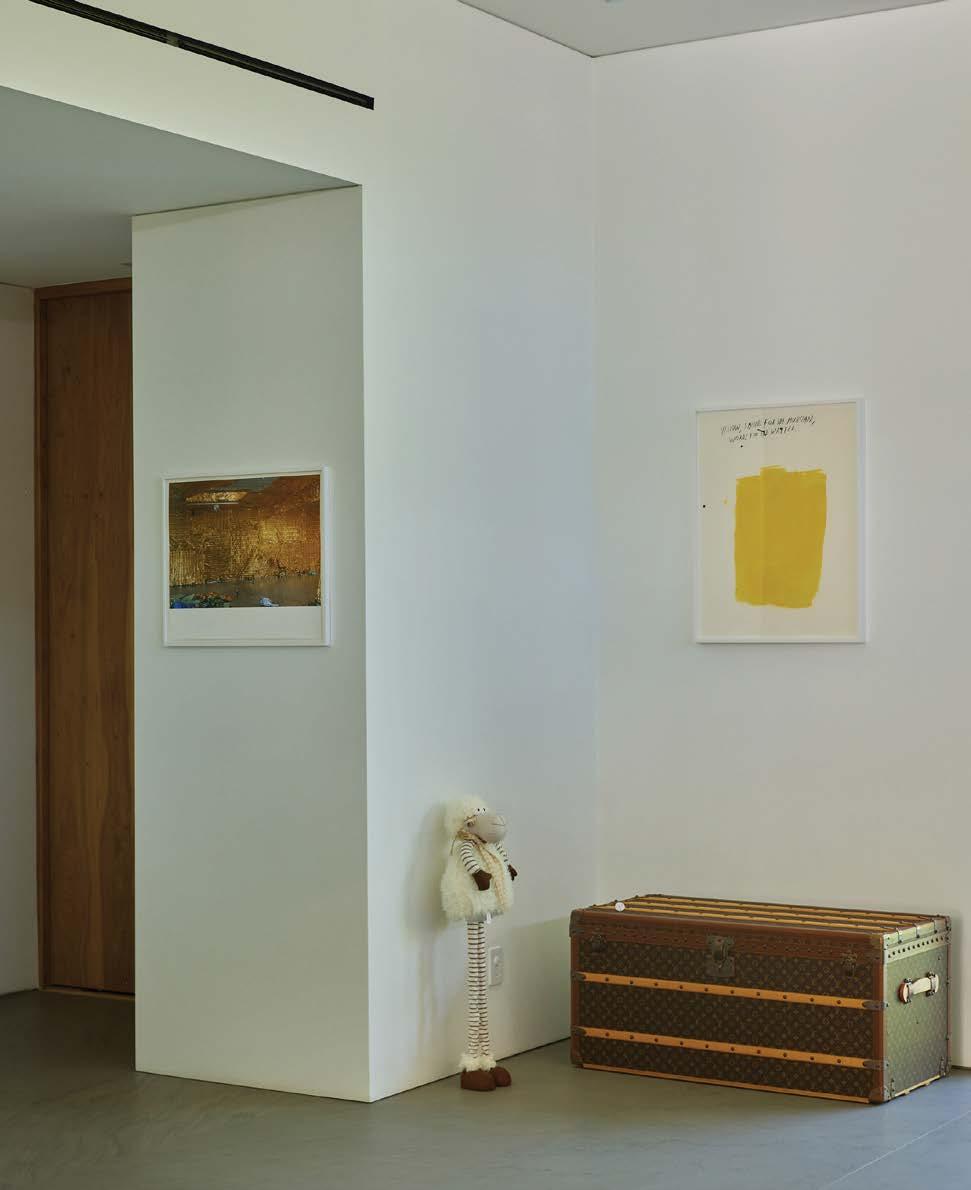
BY SOPHIE LEE PHOTOGRAPHY BY YOSHIHIRO MAKINO
The designer has earned a devoted following for her sartorial sensibilities. At home in Beverly Hills, that exacting eye has fostered an art collection as worldly and curious as its steward.
WHICH WORK IN YOUR HOME PROVOKES THE MOST CONVERSATION FROM VISITORS? Probably the Rashid Johnson. It’s a somewhat interactive piece, so it’s almost a magnet for people when they walk in. Whether it’s the shea butter in oyster shells, the fact that it’s a mirror, or the record on display, people seem to go right to it.
HOW HAS YOUR COLLECTION CHANGED AS YOUR SPACE HAS CHANGED? It’s made our house a home. We spent so much time curating our collection, so we have a real connection to each piece. Aside from the works themselves, they each carry the energy of the time we got them. Whether
it be moving into our home, having each of our children, anniversaries… our pieces carry so much added emotion.
WHICH ARTIST ARE YOU CURRENTLY MOST EXCITED ABOUT AND WHY? I bought my husband a Guadalupe Rosales mirror piece. I love her work. You feel like you know everything about her when you see one of her pieces and then find out again when you look at the next one.
DO YOU HOPE TO GET YOUR KIDS INVOLVED IN YOUR COLLECTING PROCESS WHEN THEY’RE OLDER? Of course! We want them to
be exposed to as much culture as possible. They definitely gravitate toward their favorite pieces. It’s so fun to see.
HOW DO YOU KNOW AN ACQUISITION IS RIGHT FOR YOU? I instantly know if something is meant for me by my gut reaction to it. I don’t waste time. I know exactly what I want or don’t want pretty immediately, which is what has made our collecting process so much fun. We would look at hundreds of pieces and only be drawn to a few—and they were in our home the following week!

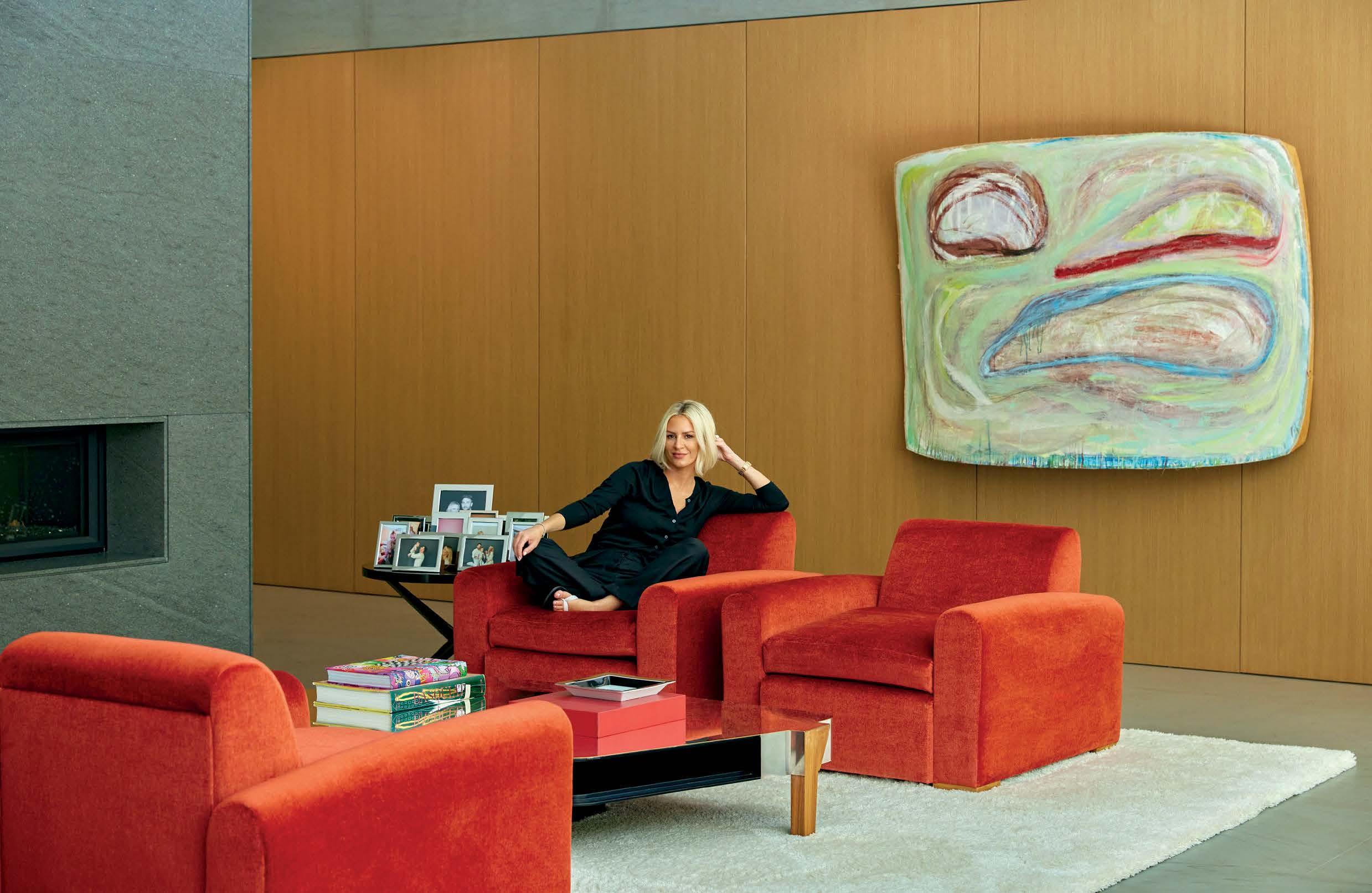
NICOLE HOLLIS DESIGNS DOMESTIC SPACES AROUND ART. HER NEW BOOK IS DEDICATED TO THE SUBTLE ALCHEMY THAT UNFOLDS WHEN THE TWO WORLDS MEET.
BY JAYNE O’DWYER
For Nicole Hollis, a home with empty walls is not a home at all. The San Francisco–based interior designer, who founded her namesake firm in 2002, has been outfitting elevated residences for the past two decades, a practice that earned her the Designer of the Year award from the American Society of Interior Designers in 2023. At the heart of her bold interiors is an impeccable eye for art.
In her new Rizzoli tome Artistry of Home, Hollis reveals the inner workings of her deep ties with artists and craftspeople—and offers insight into the fruits of their interwoven labor. Following a heartfelt foreword from designer David Wiseman, Hollis tours readers through 11 hallmark residences dotted across Hawaii, California, and New York, and features commentary from many of the creatives whose work she’s incorporated into these stunning spaces.
“I don’t believe in designing homes for young families where the sentiment is ‘don’t touch.’”
The volume opens with a family home in Silicon Valley. “I don’t believe in designing homes for young families where the sentiment is ‘don’t touch,’” she writes. “This is a home—not a museum.” Yet to leaf through the book is to observe Hollis’s enduring respect for those who create—and her deft ability to build a room around artwork. Yoshitomo Nara’s Three Sisters, 2008, hangs opposite a sleek gray dining table and white chandelier, the painting’s apple green background filling the room with a playful irreverence. One of Yayoi Kusama’s polished bronze pumpkins is installed in an all-white foyer, its sloping staircase drawing the eye toward the sculpture. The French artist Ingrid Donat, who completely designed the dining room of a Presidio Heights Tudor, recognizes what collaborating with Hollis does to a space. It becomes, she writes, “a place where art is in dialogue, whether it is with individuals, artistic and craft disciplines, shapes, materials, or influences—a place where art celebrates life.”
With essays from Mauro Mori, Studio Job, Pae White, Jeff Zimmerman, and more, Artistry of Home is Hollis’s offering to those who love art, design, and the alchemical experience that unfolds when they intersect.

Marilyn,1967;Loungechairsby SaccomannoDayot;NICOLEHOLLISdeskand coffeetable;LampbyApparatus;PendantbyEric Schmitt;Glazedstonewarevessel172byKati Tuominen-Niittylä;CeramicvasebyJohnWigmore.

Geisha,2003;Sculpture: KristinaRiska, Head With a Burden,2020; WingbackchairbyCeccottiCollezioni;Sidetable byVincenzoDeCotiis;LoungechairbyMandy Graham;RugbyMarcPhillips;Coffeetableby Liaigre;SofabyFlexform.

KeithHaring, Untitled,1989;ConsolebyFaye Toogood;IngridDonat,TribalTable(360),2015; DiningchairsbySergioRodrigues;Chandelierby PaulMathieu;ArearugbyAtelierFévrier.


Closing soon on Sept 29
Swiss Institute
AND PARTNER LOCATIONS

September 11, 2024 - January 5, 2025

Including works by Ash Arder, Liu Chuang, Gina Folly, Louisa Gagliardi, Ximena Garrido-Lecca, Becky Howland, Jean Katambayi Mukendi, Saba Khan, Agnieszka Kurant, Cannupa Hanska Luger, Vibeke Mascini, Gordon Matta-Clark, Haroon Mirza, Joar Nango, Ruth Nazario, New Affiliates, Otobong Nkanga, Nick Raffel, Gabriella Torres-Ferrer.
38 St Marks Pl, New York, NY
Anthology Film Archives, 519 E 11th St, Danspace Project, Loisaida Inc., LES Ecology Center, Museum of Reclaimed Urban Space, Poetry Project, St. Mark’s Church in-the-Bowery
Energies is made possible through support from the Frankenthaler Climate Initiative, Teiger Foundation, Graham Foundation, Office for Contemporary Art Norway, Royal Norwegian Consulate General, and Christine and Balz Halter. The Energies Symposium is made possible in part through support from the Terra Foundation for American Art.


FRESH OFF HIS WIN OF THE PRESTIGIOUS ANDAM AWARD, THE AUSTRALIAN DESIGNER CHRISTOPHER ESBER IS ALREADY BACK TO THE GRINDSTONE.
By ALICE CAVANAGH
When I ask Christopher Esber to describe the steady growth of his namesake label, the Australian fashion designer’s response is characteristically reflective and modest. “It’s been a slow burn,” he lets out. In the 14 years since he founded the brand, the 37-year-old Sydneysider has amassed a sizeable following, picking up accolades and famous fans along the way. It’s the kind of measured rise that speaks to the immutable appeal of Esber’s clothes—sexy, sophisticated silhouettes favored by many of the most discerning women you know.
Esber is one of the biggest talents to emerge from Australia in recent memory, if ever. Australian Fashion Week is often a launching pad for the nation’s sharpest talent—designers like Dion Lee, Kym Ellery, and the sisters behind Zimmermann cut their teeth there—who then pursue more coveted appearances in Paris or New York to reach a wider audience. This past summer, Esber took home the 2024 ANDAM Prize, the French fashion award previously bestowed on Martin Margiela, Marine Serre, and Glenn Martens early in their sartorial ascents. With 300,000 euros in prize money and newfound access to sought-after industry networks, the accolade is a watershed moment for any designer—not least Esber, whose studio in Sydney’s inner-city suburb of Redfern is over 10,000 miles from the French capital.
Yet Esber is not exactly an up-and-comer—he’s more of a quiet, consistent achiever. ANDAM aside, Europe has been the designer’s largest market for some time—he’s been traveling to Paris for the past eight years to sell his collections, and last fall he held his first Paris Fashion Week runway show. He plans to invest much of the prize money in sample development with Paris-based ateliers, where he will present for the second time during the city’s fashion week this September. This year, the incentive to deliver is even greater. “The win came as a surprise—a nice surprise—but now there are more eyeballs on the brand, so
we need to get to work,” the designer explains over Zoom from his studio one evening.
Esber launched his namesake label after graduating from TAFE NSW in 2008, when he presented his graduate collection at Australian Fashion Week. From there, he followed the typical hands-on trajectory of a fledgling designer: drawing and hand-cutting his patterns, sewing his samples, and even fronting the sales of the first few collections. His keen interest in fashion was instilled during childhood by his mother’s two sisters, who taught him to cut and sew. “I would get on the machine and play with fabrics—I was always quite experimental and tactile,” he says. A few years later, he moved into the studio space in Redfern, where he’s remained for the last decade.
As his team swelled to 30, Esber’s operation expanded—the brand’s original studio absorbed adjacent properties and knocked down separating walls, a real estate metaphor for its commercial rise. The design room, however, remains closed-off and sacred—an “incubator for ideas” where commercial considerations are irrelevant, at least at first. “There’s no business chatter in this room— that can’t happen here. It’s mood boards, mannequins, samples, and the knick-knacks that inspire me,” Esber says, flashing his shy smile. “We’re just playing and draping and pushing ourselves.”
Play is a core element of Esber’s design approach: He folds, twists, and drapes fabric to create sculptural, sensual shapes that mold to the body like a liquid caress. “I am looking for that balance of sexiness and effortlessness,” he says of his process, which he describes as one of constant adjustment— adding more here, pulling back there. “I want things to be a little strange—I like something that makes you think.”
While Esber has a knack for relaxed tailoring
—the starting point of each collection and a category that has endeared him to fashion insiders—he is perhaps most celebrated for event wear, setting the bar for a new kind of elevated sexiness with an unexpected, off-kilter edge. The designer favors cutouts and asymmetry, and his pieces often echo his creative process in their silhouettes: a constant tension between concealing and revealing. Esber’s knockout Venus dresses with molded plunging necklines, popular among the sartorial set, have inspired a host of copycat designs down-market. For the Vanity Fair Oscars after-party in 2022, Esber dressed British model Adwoa Aboah in a sheer sequined version of the Venus. Now in the permanent collection at the Musée des Arts Décoratifs in Paris, it will be featured in an exhibition marking the 35th anniversary of ANDAM this fall.
At first glance, Esber’s high-gloss aesthetic feels like a far cry from Australia’s standard dress code—off-duty, sport meets beach—but the connection can be found in his dedication to relaxed glamour. He is enamored with certain clothing-related gestures (the way a woman rolls back the cuffs of her T-shirt, for example), and it’s not uncommon for the cut of a swimsuit to find its way into the silhouette of one of his dresses. “That sort of thing gives me life,” he says.
With a standing spot on the Paris Fashion Week calendar and a year-long mentorship with Anthony Vaccarello lined up (what form this will take, he’s not yet sure), Esber’s next chapter looks bright. When he feels the pressure of his accumulating accolades, the designer returns to his foundation—the quiet study of the women around him, and the pursuit of balance between effortlessness and intrigue. “I think a lot about the women who buy my clothes,” he muses. “Like, is she really going to wear this? But I also don’t want to make things too easy for her—I need to push her as well.”
“I AM LOOKING FOR THAT BALANCE OF SEXINESS AND EFFORTLESSNESS. I WANT THINGS TO BE A LITTLE STRANGE.”


The writer Lisa Taddeo sits down with actor Shailene Woodley, who stars in the TV adaptation of Taddeo’s breakout book.
There aren’t very many books that, when mentioned, immediately prompt a flurry of knowing glances. Lady Chatterley’s Lover is one. Story of O is another. In 2019, Three Women joined this exclusive pantheon. Lisa Taddeo’s debut burrowed into the sex lives of an Indiana woman in the midst of an affair, a 17year-old engaging in a relationship with her married high school English teacher, and a New England restaurateur whose husband likes to watch her have sex with other people. The work of literary nonfiction was an instant international phenomenon; it spent 11 weeks on the New York Times bestseller list.
Taddeo has now turned the book into a series of the same title, which premieres on Starz on Sept. 13. As creator and executive producer, she oversaw the transition from page to screen and helped assemble an all-star cast that includes Shailene Woodley, Betty Gilpin, DeWanda Wise, Gabrielle Creevy, and Lola Kirke. Ahead of the show’s premiere, Taddeo sat down with Woodley—the Emmy- and Golden Globe–nominated actress who plays a Taddeo stand-in on the show—to discuss the origins of their friendship, how art helps them feel less alone, and what advice they wish they could impart upon their younger selves.
LISA TADDEO: When we first met, the connection was instant. Obviously I knew who you were and had seen your work, but meeting you, I was like, “I love this person.” I don’t normally feel that way—you know that about me by now.
WOODLEY: You don’t normally like people.
TADDEO: Exactly. [Laughs] But you I liked right away. I was like, Oh my god, this is a real person
WOODLEY: I remember thinking the same thing. There are a lot of stories being made in Hollywood right now that are female-focused. A lot of conversations happen that I feel are very cerebral, or not from the heart. In our first meeting, I was like, “This woman speaks so honestly and truthfully about subjects like desire and sex and intimacy.” It felt like you were my long-lost sister.
TADDEO: So many projects now speak about women’s issues. Even the term “women’s issues” sounds like a canned product. Oftentimes, I think people don’t hold it to the standard they should.
WOODLEY: When I was growing up, Anaïs Nin was my hero. There was something about the way she talked about sex and desire in her writing that I loved—I felt the same presence in our first conversation. It was so different from the conversations I often have in the U.S. when it comes to these subjects.
“You have a really uncanny ability to see people, I think, through that lens of story.” —Shailene Woodley
TADDEO: I find that American women generally aren’t as open and honest with each other about their experiences as women in other cultures. Honesty doesn’t diminish your power—it amplifies it.
WOODLEY: Isn’t that just the truth? Why are we so conditioned not to be honest? Honesty makes things so much easier and quicker. As a writer, you are so truthful. You never shy away from exploring the full range of human nature in your writing, whether it be full of light or full of shadow.
TADDEO: I like that you say “shadow,” because that’s really what it is—the other side of light. I think we talked about this a while back, but A Little Life by Hanya Yanagihara got so much kickback because it was too dark. To me, it’s life. You can say, “It’s too dark, I don’t want to see it,” and that’s totally cool, but saying that it’s “too much,” that it shouldn’t exist—well, then tell it not to exist in life.
That’s the power of storytelling: being able to take something that’s happened to you—whether good or bad, but let’s say it’s bad—and being able to share it with the world and tell your side. Sometimes, when I’m down on publishing or Hollywood or any industry that I’m involved in, I come back to that idea—that it’s a gift to be able to tell one’s story or someone else’s story. It’s what makes me get up in the morning, essentially. I’m like, Okay, so this happened. What is the story? How do I tell this so that I don’t just suffer from it?
WOODLEY: It makes things less lonely.
TADDEO: Exactly. Ever since I’ve dealt with my own bouts of intense loneliness, making people feel less lonely is almost like an obsession for me.
WOODLEY: You’re so good at it. You are so extraordinary in the way that you show up and have the backs of the people who are in your life. I wish everyone could have a cheerleader the way that you’ve been for me, and for other people that I’ve seen you support. You have a really uncanny ability to see people, I think, through that lens of story. Because I feel so seen by you, there is this immediate exhale of, like, Oh, I’m a little less alone in the world, because at least she’s feeling as deeply as I am—whether it’s suffering or joy.
TADDEO: Whatever it is, it’s deep. I just don’t have time for surface-level conversations. I’m busy. Emotionally, I just don’t have the capacity.
WOODLEY: You are also great at having those nuanced conversations around sex. How do you think the show contributes to the greater cultural conversation around women and intimacy right now?
TADDEO: We are still living under this patriarchal hangover and will be for many years to come. It was important to us that the intimacy on the show accurately reflects a woman’s view of sex—not just during, but before and after as well. Claire Warden, our intimacy coordinator, was such a huge presence. Together, I think we really contributed to how female sexuality looks on television. A friend saw one of the episodes involving sex during menstruation and was like, “Oh my god, how come I haven’t seen that onscreen before?”
WOODLEY: It normalizes sex, which is beautiful because—when there’s comfort and safety in it— it’s wonderful and pleasurable and inspiring and creative. When I read this [script], I was excited that it takes something so animalistic and innate to human nature and makes it normal, instead of something scary. That is unfortunately what so many women experience when it comes to sexual energy and connection to our bodies.
TADDEO: There’s nothing more exciting to me than when someone says, “Oh my gosh, that’s exactly how I feel.” When you’re in a shitty situation, literally the only thing that can make it better is for someone to tell you, “I’ve been there.” I think James Baldwin said something like, “You think your pain and your heartbreak are unprecedented in the history of the world, but then you read.” To me, art—at least 80 percent of it—should be there to make you feel less alone.
WOODLEY: Filming this show made me feel less alone. I think people will feel that way watching it, too. Is there anything you would have shared with your younger self—during the process of meeting all these women, interviewing them, writing Three Women, and then writing the show—to make your life a little bit softer? I get annoyed when people ask me that question, but now I’m asking you. [Laughs]
TADDEO: It’s a good question! I really like the “let them” idea. Like, if someone is not going to call you back, let them. Let them. I would try to get myself to understand that earlier. I would tell myself, Let them not call, let them call, let them do whatever. Just see what happens. What would you tell your younger self?
WOODLEY: Honestly, probably the same thing. It’s so much easier if we just let things happen, like you say. Then your people become your people, and your life becomes your life.
BY ELLA MARTIN-GACHOT PHOTOGRAPHY BY ZORA SICHER
OVER A DECADE SPENT BEHIND THE LENS, ZORA SICHER HAS CAPTURED THE BODY IN VARIOUS STATES OF DRESS AND UNDRESS. HERE, THE PHOTOGRAPHER SHARES A COLLECTION OF UNPUBLISHED MEMENTOS —AN HOMAGE TO HER ADMIRATION FOR THE NAKED FORM.

“I WOULD PHOTOGRAPH EVERYONE NAKED IF I COULD,” ZORA SICHER CONFESSES. “IT’S PEOPLE IN THEIR TRUEST, MOST PRIMITIVE FORM.” OVER THE PAST DECADE, THE 29-YEAR-OLD HAS SHOT MANY A NUDE—A SELECTION OF WHICH SHE SHARES EXCLUSIVELY WITH CULTURED IN THE FOLLOWING PAGES.
THE BROOKLYN NATIVE DIDN’T GROW UP WITH A CAMERA IN HAND. INSTEAD, SHE BEGAN HER CREATIVE CAREER PAINTING, DRAWING, AND PERFORMING ON HER HOME BOROUGH’S TWEEN PUNK-BAND CIRCUIT. EVENTUALLY, A GROWING INTEREST IN OBSERVING AND DOCUMENTING OTHER PEOPLE BROUGHT HER OFF THE STAGE AND INTO THE DARKROOM. BEFORE SICHER HAD EVEN GRADUATED FROM HIGH SCHOOL, SHE’D INTERNED FOR RYAN MCGINLEY AND MARIO SORRENTI, AND IN THE YEARS SINCE HAS TURNED HER DIARISTIC LENS ON THE LIKES OF PLAYBOI CARTI, CHLOË SEVIGNY, 070
SHAKE, LILY-ROSE DEPP, AND MOST RECENTLY, PALOMA ELSESSER. (SHE AND ELSESSER COLLABORATED ON TREASURE, A BOOK DOCUMENTING THE MODEL’S TWO MAJOR BREAST SURGERIES.)
IN HER WORK WITH FASHION HOUSES, THE PHOTOGRAPHER HAS CAPTURED CLOTHES IN ALL OF THEIR COMPLEXITY, BUT IN HER PERSONAL PRACTICE SHE’S MORE INCLINED TO STAGE FRIENDS AND ACQUAINTANCES IN VARYING STATES OF UNDRESS. HER INTEREST IN SEIZING THESE MOMENTS IS ALMOST ANTHROPOLOGICAL: “IT’S NEVER AS SIMPLE AS A NUDE,” SHE EXPLAINS. “IT’S WHAT YOU DO WITH YOUR BODY, HOW YOU MANIPULATE IT— WHETHER THAT’S WITH A TATTOO, A SURGERY, OR A PAIR OF PANTS.” AS SHE PUTS THE FINAL TOUCHES ON A FORTHCOMING DEBUT MONOGRAPH, SICHER SIFTED THROUGH HER ARCHIVE TO FIND SNAPSHOTS THAT BEST ILLUSTRATE HER CAUTIOUS YET CURIOUS GAZE. THE RESULT IS A BILLET-DOUX TO THE WAY HER SUBJECTS WITNESS THEMSELVES—AND EACH OTHER.






For an art form inherently tied to time, it’s a misconception that photography progresses in forward motion. Art never follows a straight path, and photography’s true growth is mapped in patterns of revolution and expansion. As legendary MoMA curator and artist John Szarkowski once observed, “Its movement has not been linear and consecutive, but centrifugal. Photography, and our understanding of it, has spread from a center.”
Think of the medium instead in cosmological terms: looking back in time as it expands, circles back, reflects, moves on. This was the guiding principle behind the admittedly daunting undertaking of choosing the talented young photographers you’ll encounter in these pages. All under the age of 35, they represent a microcosm of a vast and remarkable generation of image makers. They are not part of a shared movement or aesthetic, nor is their work a direct mirror of their brilliant and esteemed nominators: Dawoud Bey, Justine Kurland, Cass Bird, Elle Pérez, Lyle Ashton Harris, Tyler Mitchell, Farah Al Qasimi, Jack Pierson, and Ethan James Green.
Think of this new group as the next ring, moving outward, in an era when photography is perhaps more prized, more omnipresent, and more distrusted than ever before. Individually, their photographs are a means for reckoning with trauma, deepening and transforming the art of the portrait, relying on traditional practices to explore and experiment and take risks, among myriad other ends. Collectively, they have dedicated themselves to photography as an art form, one that still has the power to alter the way we see the world—and as you’ll see in their answers, as an integral part of their lives, as fundamental as breathing.
“I was 12 or 13 when I discovered photography. I had recently lost my dad, and I had just started at this private school. I was aware that I did not meet the social norms of that setting. When I found photography, I felt like I found my identity. I would go home [to Harlem] and turn my lens on my community. I remember thinking, Why do people take pictures of still lifes and landscapes? People are way more interesting. It was comforting to be living vicariously through others. It’s a secondhand experience —that was what originally fascinated me with photography. When I was working with Cardi B, I would get one minute, or something ridiculous like that, between music video shoots to capture stills. In hindsight, I think about a young
Flo on the train, or a young Flo in Harlem— situations where you don’t really have time to miss your shot. Maybe it’s a stranger, or the light might change, or someone might move. During a shoot, there’s no way, even if I am super prepared, that I can know everything that is about to go on. I have to just release and surrender. But working under pressure is about being yourself. I shot Kamala Harris, and I was so grateful to have made her laugh. I’m quite charismatic and my energy and personality definitely land well with people, but first and foremost, it’s just about being there, making sure you get the job done, and being trusted to get the job done.”
29 NEW YORK NOMINATED BY DAWOUD BEY


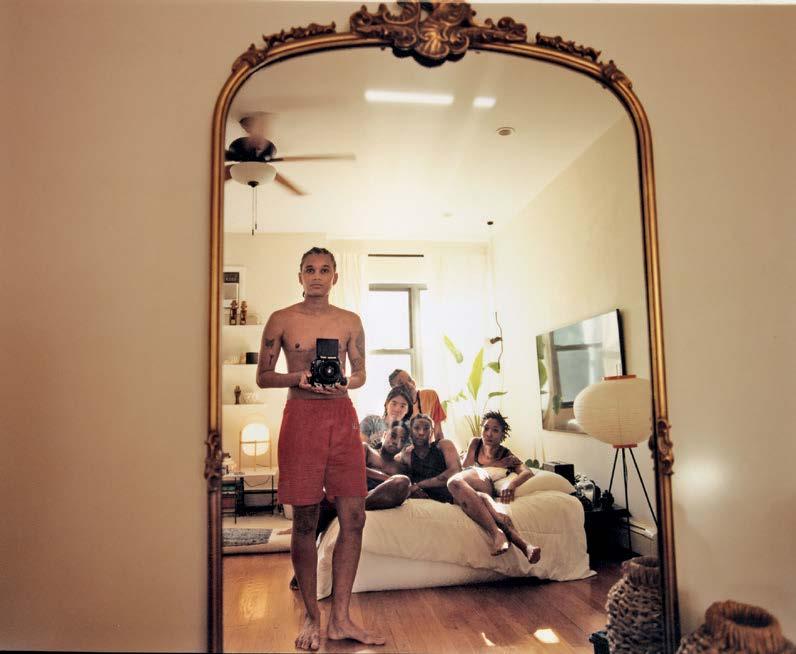
“When I started, I wanted to imitate what my favorite photographers were doing. Only recently, within the past few years, have I started coming into my own voice—mostly through my self-portraiture. Photography has become very therapeutic for me as a means to unravel myself and discover more of my identity and how other people perceive me and themselves. I recently did a photo shoot with my friend Jo and I named it ‘I Am America,’ after a Langston Hughes poem. While I was at Parsons, I realized that photography is a great way to communicate ideas that are hard to put into words. For that shoot, I wanted to push the limits of what it means to be nonbinary or trans. A lot of people find masc-for-masc relationships taboo, so I thought it was important to show the full range of queer identities. Many people are using photography in a very liberating way, especially given its history as a mainly white-dominated medium. That shift, and what’s to come in the future as more people grapple with the idea of being an artist, is most exciting to me.”
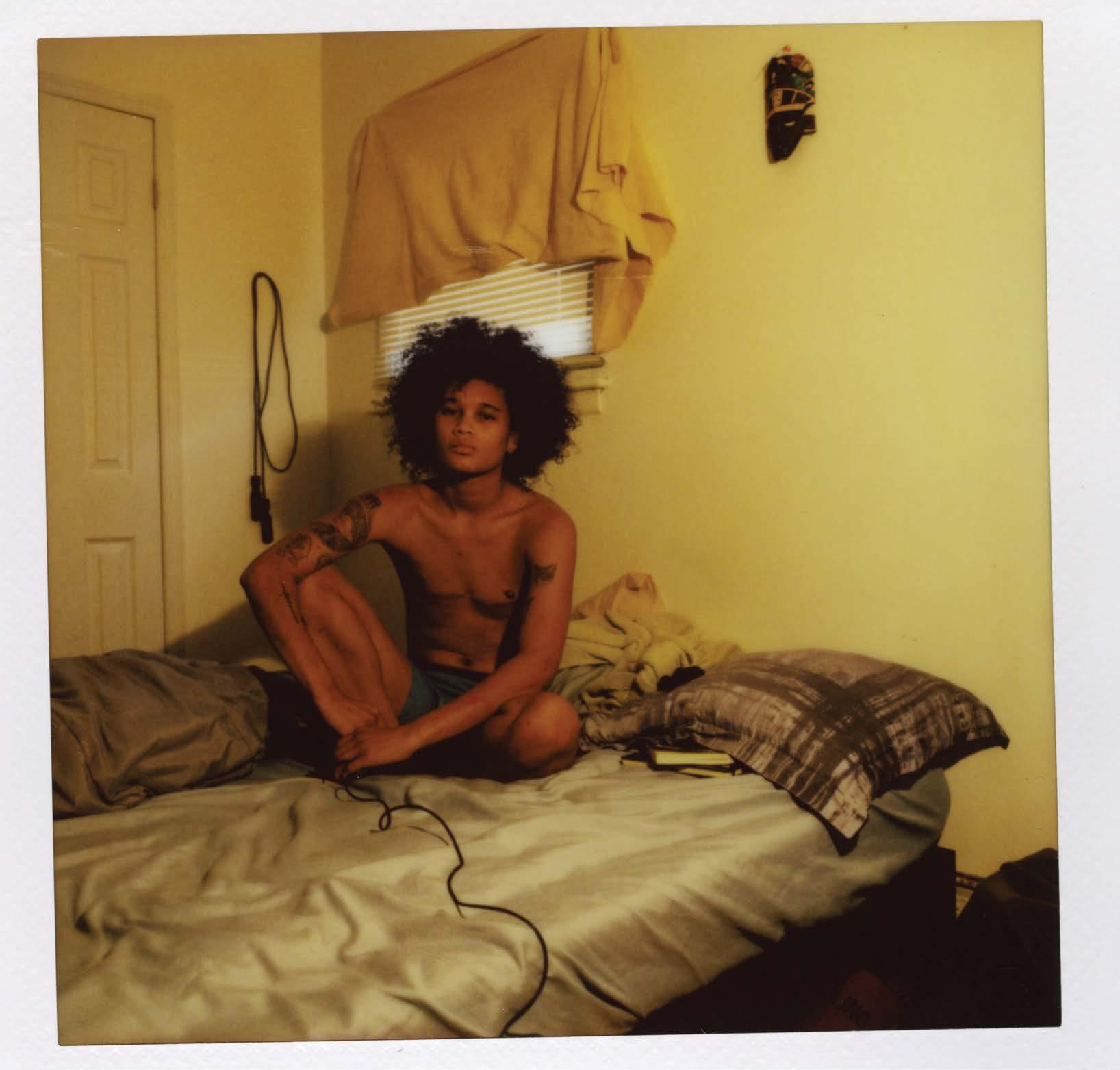

“The first film camera I owned was the one my parents used to record my childhood in Chile. During those years, the machine pointed its lens at me. It wasn’t until 2020 that I shifted that dynamic—for the first time in my life, I was behind the lens. When explaining this art-thought to mi viejo, he surprised me with an extra fun fact: He told me that he purchased the camera on Canal Street during his first visit to New York in 2001, the same neighborhood where I develop my film. I had visa issues during the pandemic, so instead of going back home to Chile, I chose to start fresh elsewhere. I hopped on a plane and went to the U.K. I questioned
why I hadn’t returned to Chile—unresolved issues with machismo, sexism, and homophobia had clouded my judgment. Changed by my solitude, I decided to confront [the idea of] home. My work now explores this same line of questioning: What is home? How do queer people create a place for themselves in this world? So much of queer art is focused on loss and suffering, and I refuse to add to that canon. I want to keep documenting people’s joy instead. I wish to travel to the remote corners of the world and to see the infinite iterations of how queerness manifests itself.”
TYLER MITCHELL
“Photography can become easily consumable, and that idea always scares me. My work is a living archive of places and people, and it’s also a dedication to the language of photography, the mechanics and aesthetic possibilities of the form. The first image that felt like ‘mine’ was probably a photograph of my father’s customer,
Bassam, flexing his arm in front of a tattered, cherry-red wall, which I made in Berlin in 2016. This was the first time I really connected with a camera in the way that felt like an extension of myself. That year was also the closest I ever felt to my father. He bought me film and cameras, and took me to any place or person I
wanted to photograph. We never argued, and I was in awe of him and his world. Inspiration comes from the people I love—seeing the way they move, the way they talk, their tendencies, the way they go about life. What I’ve come to realize is that what’s around me is all I need in order to make photographs. I spent a lot of time early on focusing on people I met in the street and digging further into their lives. But photography has become such an extension of myself and the way I process the world around me, that now it’s difficult to make work about anything that isn’t close to me.”

NOMINATED BY TYLER MITCHELL

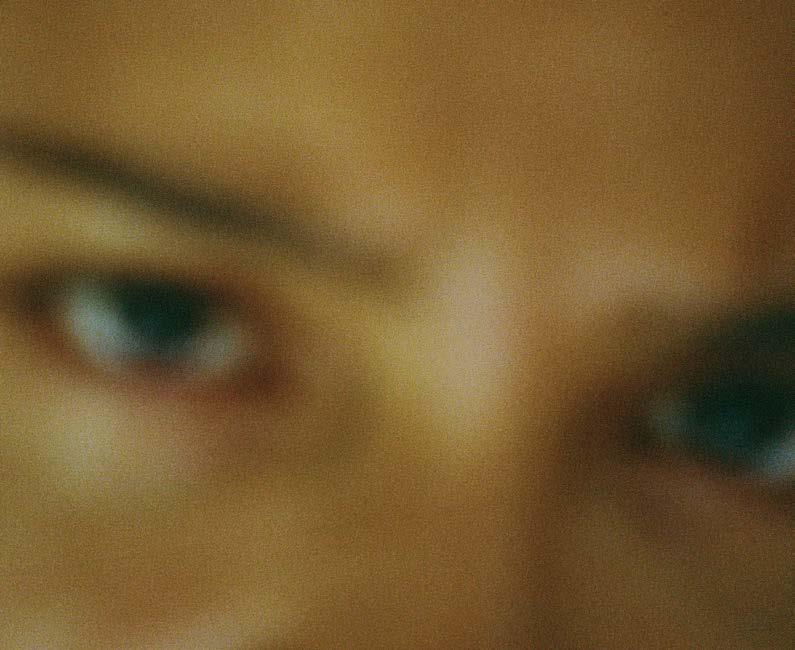
“Asking me what it means to ‘make’ photographs in 2024 feels the same as asking me what it means to be alive in 2024. I don’t believe that I make photographs. I experience the world as a series of images: images of resilience, resistance, romance, hate, home, pain… I then present those images back to the world so that it can experience me. That feels like taking a little bit of control over this complicated life in 2024. I am drawn to images of intimacy. I find myself slipping into that a lot— or searching for it. My series ‘Flags for Countries That Don’t Exist But for Bodies That Do,’ 2018–23, is about that search—being at once inside and outside of everything and what saves us in the end. I am currently reading many things—from Naomi Klein to Val Wilmer, [Gayatri Chakravorty] Spivak, and the Bible. All these things influence my work because they help me understand the parts of myself I can’t articulate. My favorite quote from one of my favorite books, Whatever Happened to Interracial Love? by Kathleen Collins, is, ‘What about the love of two human beings who mate in spite of or because of or instead of or after the fact of?’ That quote reminds me to return to love no matter what. Don’t let them win, you know?”

“I’VE LOVED THE CHALLENGE OF TAKING SOMETHING IMMOBILE AND SEEING WHAT LIFE I CAN BRING TO IT.”
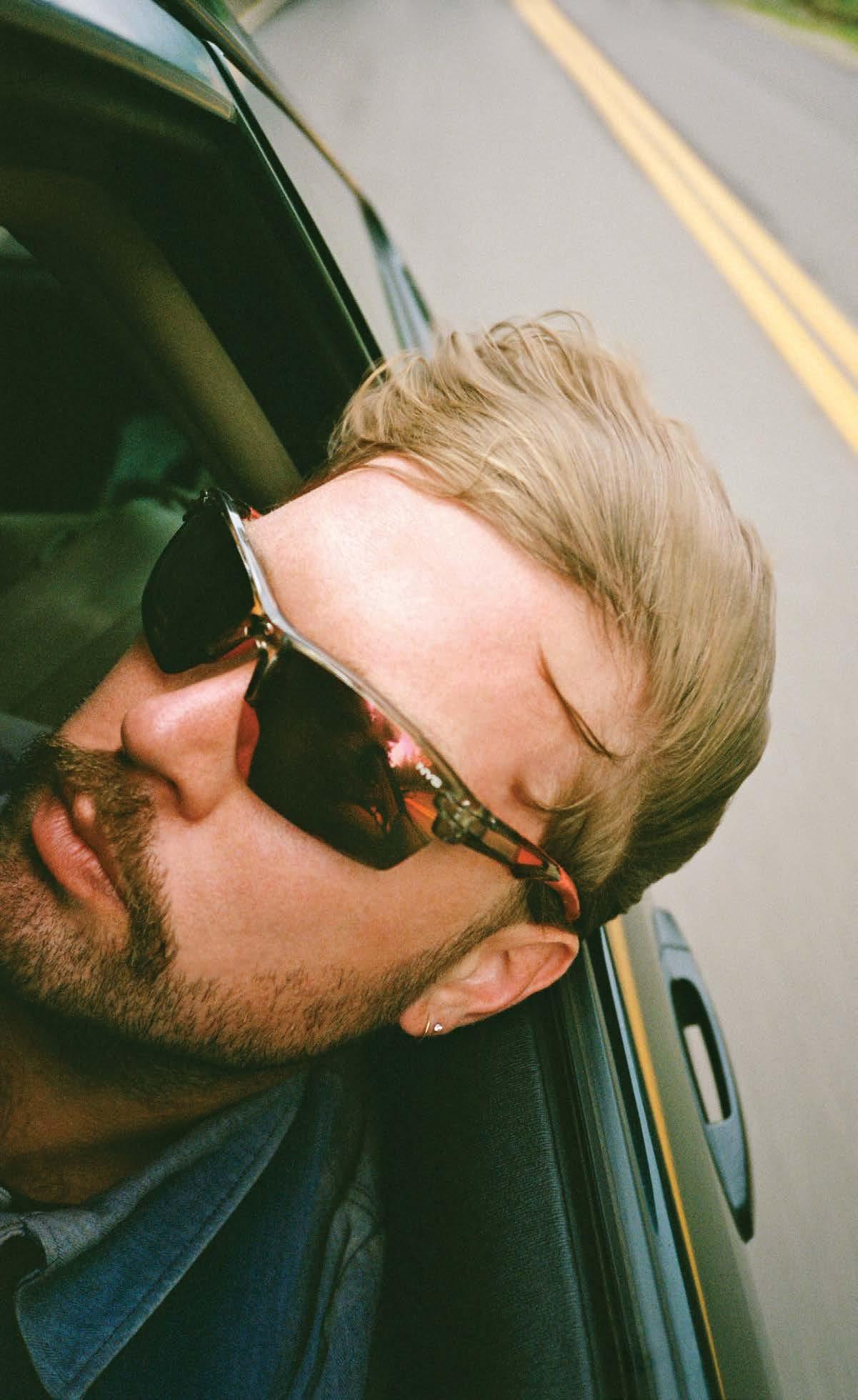
“My photographs look beyond the conventional and explore the many different aspects of romance one can experience in life. New York has always been my main source of inspiration. It’s very intriguing to me to observe from afar. In college, I met a talented illustrator named Annie Choi. One day in 2010 we were walking in Williamsburg. One of the photos that came out of that day was Annie walking with a briefcase past Senko Funeral Home. It was one of those moments I love when photographing in the city, where things align and
an image has so many little nuances and connections in it. There’s even this graffiti tag on an old parking meter that has ‘TriX’ on it, which is the film stock I shot the photograph on. I’ve recently started shooting food after a decade of shooting portraiture and fashion. It’s been so exhilarating to use a new part of my brain when approaching an image. It forces you to find a voice without the collaboration of a moving model. I’ve loved the challenge of taking something immobile and seeing what life I can bring to it.”

“THE BEST PART OF MY AWAKENING AS A PHOTOGRAPHER WAS BECOMING MORE OBSERVANT EVERYWHERE I GO. I WOULD WALK AROUND THE BUILDINGS IN OUR NEIGHBORHOOD AND FALL IN LOVE WITH THE DETAILS IN THE ARCHITECTURE. WE LIVE AMONGST EXTREME MATERIAL DECADENCE AND BREATHTAKING NEGLECT.”
“My first camera was a Contax T3 point-andshoot that I borrowed from my friend Ethan James Green. I came to him with this idea to document my grandmother at home where she does card readings. She has such a beautiful altar and wears these bright silk gowns for each saint she works with during her Santería rituals. The images that came back were so beautiful it sparked a passion for portraiture and storytelling. Through my lens, I connect with and understand the human spirit by focusing on genuine emotions and moments that reveal true character. My personal relationship to my
subjects is apparent in the way they look into my lens. I feel their spirit is at ease purely out of the trust and comfort we share with each other as a community. I look for inspiration on the streets. Everything on the streets is a work of art. The best part of my awakening as a photographer was seeing the world through a different lens and becoming more observant everywhere I go. I would walk around the buildings in our neighborhood to find spots with good light and fall in love with the details in the architecture. We live amongst extreme material decadence and breathtaking neglect.”
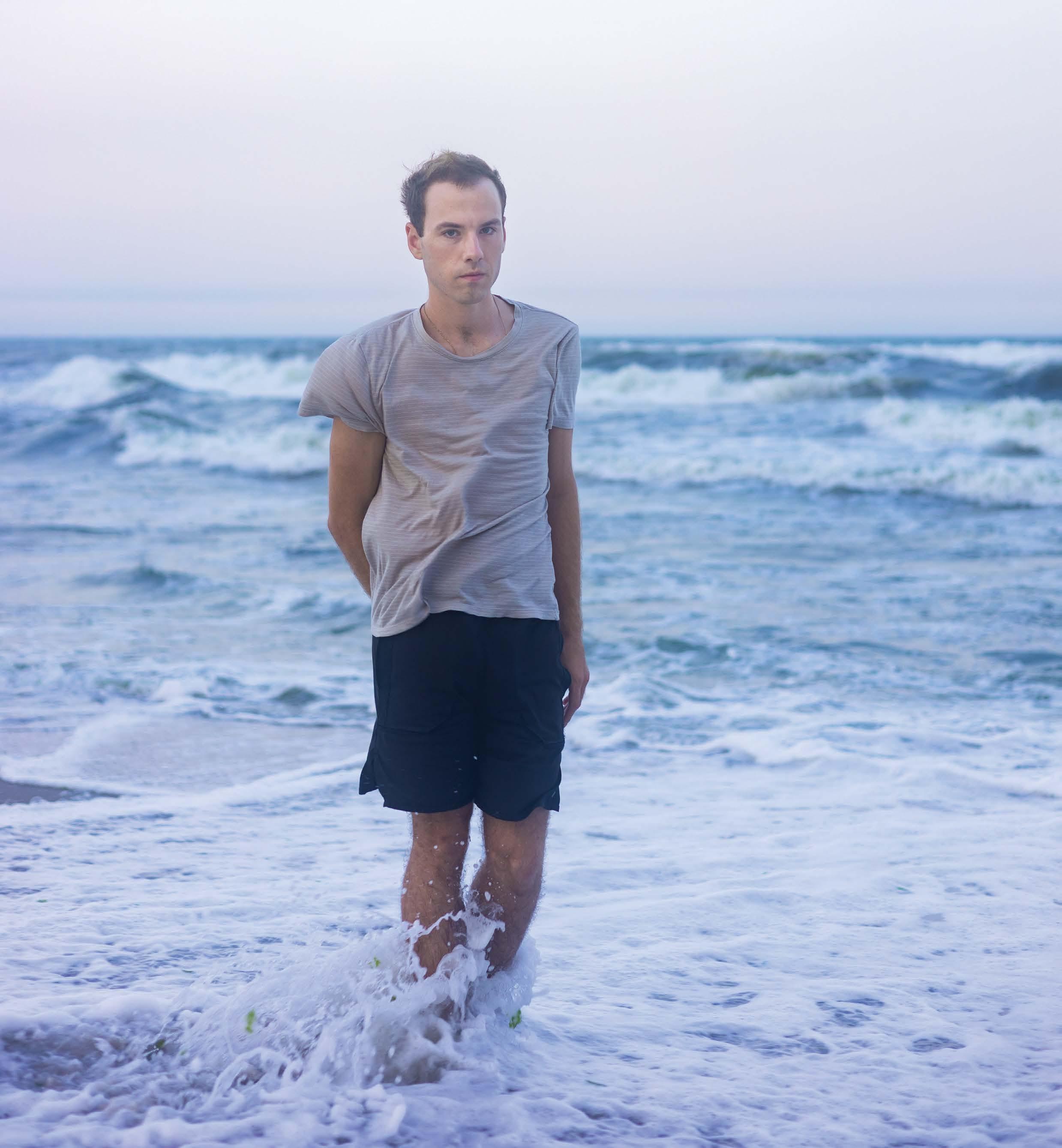
“I take pictures in order to connect with the world. Photography helps me think about the conditions through which I see. The ideal situation is that I feel sensitive to the world and deeply interested in my surroundings, and I have the courage to photograph whatever is in front of me. This is not always the case. So much of my practice is about overcoming fear. There’s that age-old voice that says, Well, it’s not going to be perfect, so might as well not do it. Taking pictures can be really embarrassing. But I’ve never regretted taking a photograph. I
just pretend I am someone who is not afraid. Sometimes I build parameters to work within, but mostly I prefer to move through the world and leave it up to something that is beyond words. Language falls short of describing the depths of living, so I have to ask through pictures: How connected can we feel to each other? How thoroughly can we enjoy life? How expansive can my inner world become? How can we have a new experience of seeing? What might bring about the greatest sense of hopefulness? Surely we need that now.”
ELLE PÉREZ
“My connection to the camera was really based in necessity. I tried going away for school, I came back, and none of my friends were left in the city. I thought, Where is my community? I picked up a camera and just started messaging everyone in Montreal, like, ‘Can we work together?’ I also started photographing my grandmother and her friends. I took a picture of my grandmother in a bed with a bunch of men, and another of her and her friends dressed all in Gucci—those got picked up by Hypebae and L’Officiel. We would shoot twice a year together; I realized that I was more amazed by what could happen on set and the feeling
people could get from making one image than I was by the image itself. I got to a point, around 21, where I was like, ‘Wait, I could self-explore.’ It wasn’t until then that I started taking selfportraiture seriously. I had such a high comfort level in my private life, and I said to myself, ‘Why can’t I bring that outside?’ I just wanted to be naked in front of the camera and see what that felt like. I could be feminine and have my tits out, I could be smoking cigarettes and have my legs wide open, or I could have a mustache. I experimented with what felt right through these characters.”




LYLE ASHTON HARRIS
“Growing up, the first camera I used was the one on the back of the Nintendo DS. I can remember taking photos of my younger siblings during car trips to Los Angeles. I must have been 6 or 7 then. I don’t know when I first noticed this, but my desire to remember led me to documenting. Most importantly, I wanted to preserve the feelings those memories evoked. [Inspiration] comes from my love for the people I hold close to me: lovers, family, friends, anyone that has had a personal impact on me. I’m not someone who opens up easily, so I hold those intimate connections in high regard. I think about seeing my mom navigate the U.S. as a diasporic individual—how her language barrier and accent were visible struggles I witnessed as a youth. I am aware of the legacy of stereotypes and one-dimensionality that has been given to Asian Americans in the past. Broad questions of visibility are inherent in the ways I have reflected on my Taiwanese-American identity. The idea of the perpetual foreigner is deeply internalized as I think about what it means to be foreign in contrast to the false idea of assimilation.”

“I DON’T KNOW WHEN I FIRST NOTICED THIS, BUT MY DESIRE TO REMEMBER LED ME TO DOCUMENTING. MOST IMPORTANTLY, I WANTED TO PRESERVE THE FEELINGS THOSE MEMORIES EVOKED.”
NOMINATED BY JUSTINE KURLAND
“I began a real relationship to making pictures in 2021. I brought a monorail 4-by-5 camera to my hometown [in Western Massachusetts] and asked my family to sit in front of it. In 2007, we lost my stepmother due to childbirthrelated complications. My younger brother, Sam, lost his mom before they ever really got the chance to meet. I sought to make a family album that could bring the abundance of her past to our present. These pictures are part of a body of work I call ‘Arnica,’ and the work belongs to my family first, me second. I experience a lot of tension around making photographs of people I love, a continual push and pull between whether the work is a vulnerable act of witnessing, or if I’m asking friends and family to serve as conduits for something else. I actually enjoy the idea that the work could be entirely performative—thinking about pictures as theater, my peers as convenient actors. I guess I’m interested in contradiction: making images that are both tender and fictitious. My hope is that pursuing ‘and’ and not ‘or’ can at least confuse, if not break, conventions around narrative or post-documentary photography. Photography can serve as a tool to communicate something beyond what we are capable of addressing through words. I learned that with my camera I could be a witness. Making pictures is a way for me to show a lot of love that I don’t always know how to share with people.”


“I EXPERIENCE A LOT OF TENSION AROUND MAKING PHOTOGRAPHS OF PEOPLE I LOVE, A CONTINUAL PUSH AND PULL BETWEEN WHETHER THE WORK IS A VULNERABLE ACT OF WITNESSING, OR IF I’M ASKING FRIENDS AND FAMILY TO SERVE AS CONDUITS FOR SOMETHING ELSE.”

FARAH AL QASIMI
“In my photography, I look for ghosts—both old and new. I look for something familiar but simultaneously strange or foreign to me. A slip in time, or maybe reality. You know—when the surface tension breaks for a moment and you can see a shimmer coming through, transforming into something else. The most ordinary objects and the people most familiar to me are the most interesting. Maybe this is because I grew up in the suburbs where everything is kind of the same, so you really have to look at things to find their magic. I think a lot about the dynamics between visibility and invisibility, and how that power can shift when both are choices, because—especially as a minority— invisibility usually isn’t a choice. I like to leave a lot of my work coded, put hidden messages in my images—maybe the color of someone’s nail polish, or the choice of flowers arranged on the table. My work is for whoever gets those messages, but if I had to outright name it, I mostly make work for transracial adoptees and Asian Americans, because a lot of the symbols I choose would be recognizable to those groups. I want my work to help them ask new or different questions—and maybe to encourage them to create new myths about themselves, or unravel old ones.”
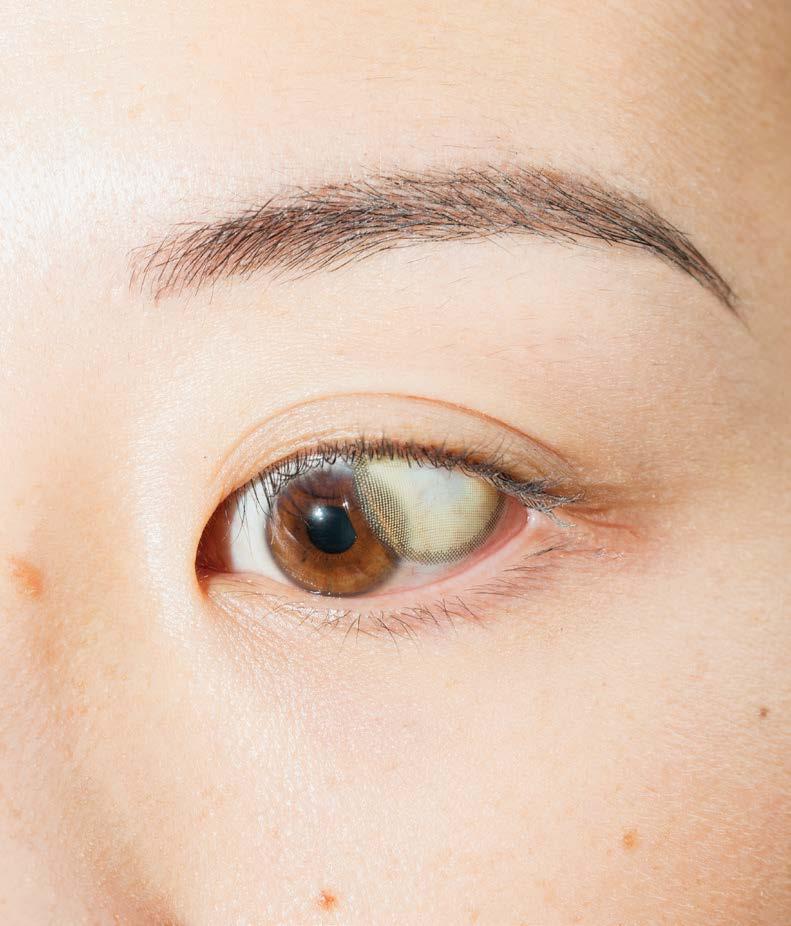







Produced by Sanford L. Smith +Associates






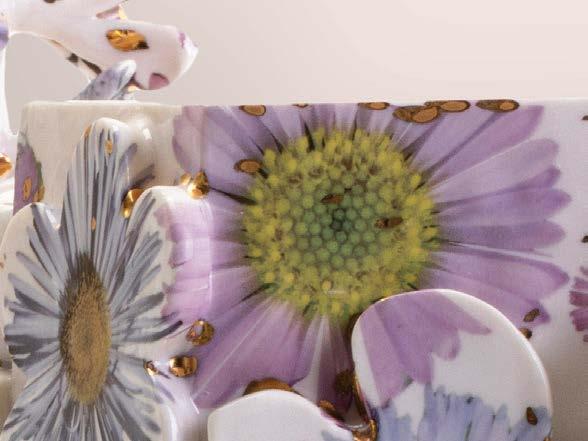
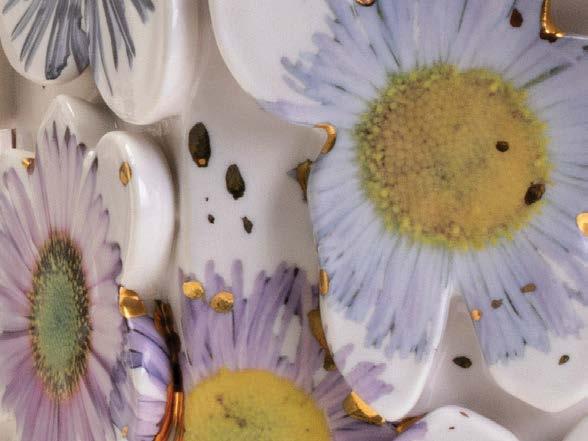




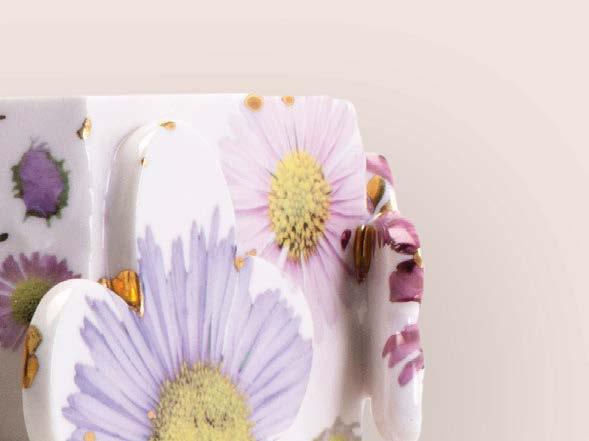







THOUGH THEY WORK IN DISPARATE REALMS, TRAVIS SCOTT AND GEORGE CONDO FIND THEMSELVES DRAWN TO ONE ANOTHER TIME AND AGAIN. WHETHER IN THE RECORDING STUDIO OR OVER DINNER, THE RAPPER AND PAINTER’S YEARS-LONG FRIENDSHIP OFFERS EACH A WELCOME SENSE OF PERSPECTIVE. HERE, THEY CATCH UP AFTER AN ACTION-PACKED SUMMER.
“I LIKE TO COME UP WITH THINGS, CRASH MY OWN IDEAS, DESTROY AND DISMANTLE EVERYTHING I’VE EVER DONE BEFORE IN ORDER TO CREATE SOMETHING NEW.”—GEORGE CONDO
The ins and outs of Travis Scott’s relationships are standard fodder for tabloid headlines. But one relationship in particular—his six-year-long creative flirtation with artist George Condo— has flown largely under the radar. The pair first crossed paths in 2019 when Scott penned the exhibition text for Condo’s contribution to that year’s Venice Biennale: a collection of paintings depicting his “paranoid visions” about the social media age and the “deterioration of American values.” The next year, the artist returned the favor by crafting an abstract portrait for Scott’s single “Franchise.” If Condo is concerned about the glamorization of the dollar bill and the devolution of our social mores, Scott is his smoking gun. The two men are monoliths in their often intersecting and volatile mediums—yet both are willing, as Condo put it, to “destroy and dismantle everything … in order to create something new.”
From their respective perches in Houston and the Hamptons, the pair let CULTURED listen in on the kind of conversation they’d typically have over dinner—a meeting of the minds equal parts intimate and unpredictable.
GEORGE CONDO: I guess we’re just supposed to talk about the way we think as artists.
TRAVIS SCOTT: Well, I’m pretty sure you’re the same as me. I just go at it. I’ve got ideas in my head that I want to get out. I’m trying to push things forward, always challenge myself to be better. I’ve always been a fan of things—now, I have fans myself who I consider family. I feel like we’re on this journey together.
CONDO: Every day I wake up and feel like I’m starting from a blank canvas all over again. It doesn’t matter what I’ve done over the last 30, 40 years, all the people I’ve met, all the music I’ve listened to. When I get into my studio, the one thing I ask myself is, What have I never done before? I love the idea that music and art are so interrelated— we thrive on one another. You always find the right people to work with, and I’ve always respected that.
Kanye—just before they did Watch the Throne I was saying, “Back then in the ’70s and ’60s, people like Coltrane and Hendrix were playing notes. When I got to New York in ’79 or ’80, all of a sudden rappers like Run-DMC were replacing instruments with words.” Those words were becoming solos, and I always dug that. I thought it was a really important evolution. That can’t be repeated—those guys like Hendrix, or
foundation. I remember working on my first mixtape ever. A lot of people didn’t understand where I was trying to take things, and for me to be able to do that now, at this level, is ill. When I made the “FE!N” beat I was like, “Yo, this is crazy, being able to put forth the same energy since day one.”
CONDO: Those beats are so strange. When you hear them without anything on top of them, you think, That is the weirdest beat I ever heard in my life. Then, when things start coming together, those beats become classic.

Coltrane, or Miles. I went with Jean-Michel Basquiat to watch Herbie Hancock do “Rockit” at the Roxy. We were like, “Wow. That’s cool!”
SCOTT: I try to connect with people who inspire me to push it. You’re one of those guys pushing your art form at that highest level … like Jimi Hendrix.
CONDO: I remember talking to Jay-Z about that kind of thing when I was working with him and
SCOTT: The sparseness in jazz, folk, or anything in those genres—even the soulfulness of blues, and the storytelling of blues, or the rawness— it’s kind of the base foundation. I won’t say that it’s the base foundation of music, but to me, the ideas that some of those artists were implementing were such a game changer—a full Renaissance of their own. I’m trying to carry that wavelength throughout my music.
I started in producing, making beats. I haven’t stopped making beats for other artists and for myself. It’s been important for me to get back into that and remind people that’s my
SCOTT: We’ve always approached everything from scratch, not doing loops. Taking music back to the real raw art. Cooking things instead of having them passed down. It’s on that level.
CONDO: I love that because, as a painter, I start something and I don’t know where it’s gonna end. I want to challenge myself. I want to be lost in a forest and experience every bit of the voyage of finding my way out the other end. I like to come up with things, crash my own ideas, destroy and dismantle everything I’ve ever done before in order to create something new.
You gotta say, “It’s gonna be a new thing, and it’s still gonna be me.” I remember we were in Electric Lady [Studios] and you were like, “I want four chords on a piano.” All of a sudden you had that little microphone next to you, and you’d say something like, “I’m gonna juggle my urges.” Would you ever go back and work again in that studio?
SCOTT: I’m gonna be back in New York. I’m back in album mode. I’ve been working on music and shit every day on tour. When I’m doing the stadiums, because they’re sold out, I can see the music for what it is. I’m fucking amped.
CONDO: When I was at Madison Square Garden during the Utopia tour, shit was fucking crazy. Collaborating on “Franchise” was so cool, because I got to work with other people besides just myself, the paper, and the canvas in the studio. Musicians get to work with people— even if you have to tell them what to do and how you want them to do it. With painting, it’s just your brain and the fucking inanimate object of a canvas. You never perform it. The painting performs itself.
SCOTT: But depending on where the painting is displayed, it’s a different performance at all times—it’s everlasting.
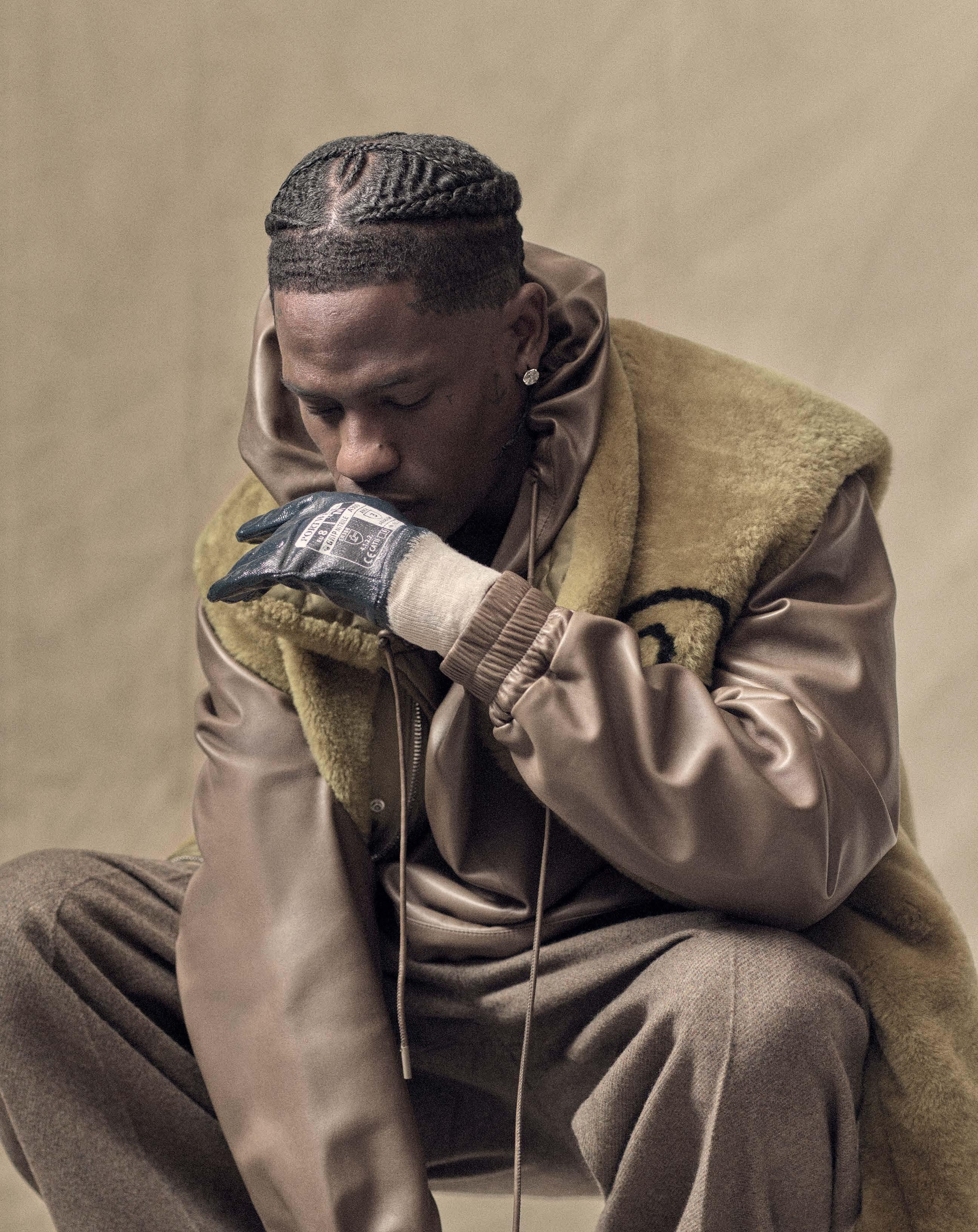

“I’M BACK IN ALBUM MODE. I’VE BEEN WORKING ON MUSIC AND SHIT EVERY DAY ON TOUR. WHEN I’M DOING THE STADIUMS, BECAUSE THEY’RE SOLD OUT, I CAN SEE THE MUSIC FOR WHAT IT IS. I’M FUCKING AMPED.” —TRAVIS SCOTT



PHOTOGRAPHY BY SAM NIXON STYLING BY RON HARTLEBEN
RACHEL SENNOTT AND CHARLI XCX CATCH UP AFTER A LONG, HOT SUMMER TO COMPARE NOTES ON LIFE AS PARTY GIRLS, PUBLIC PERSONAS, AND WRITING THROUGH THE PROCESS OF SELF-DISCOVERY.
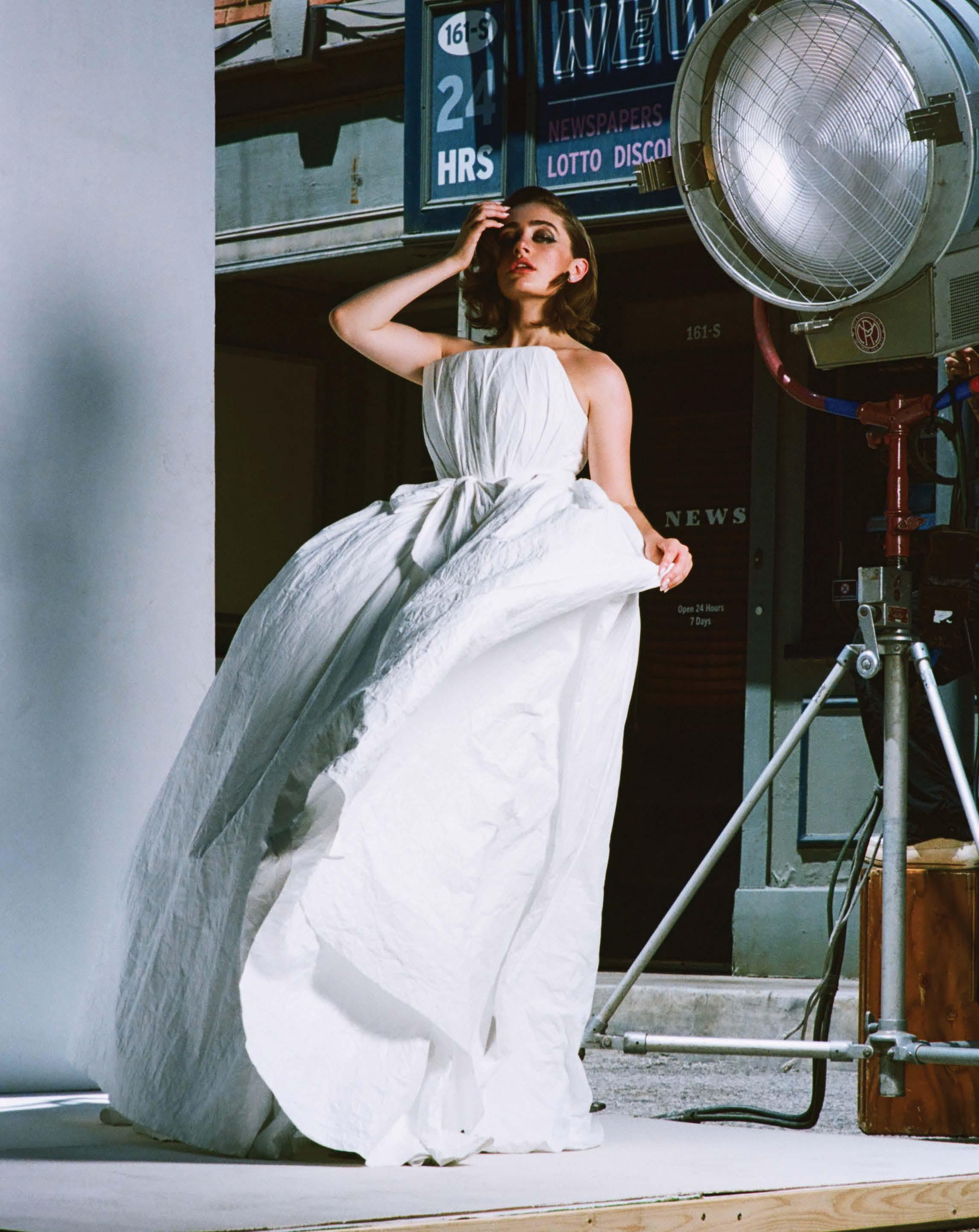

It was the summer after Rachel Sennott attended her first Met Gala, riding high off the kind of early filmography that would make an agent’s eyes water—with Shiva Baby, Bodies Bodies Bodies, and Bottoms released one year after the next. It was the summer she had her comedy pilot picked up by HBO, cut her hair into a bob, starred in director Ally Pankiw’s dark comedy I Used to Be Funny, and presided over a coven of Internet hot girls in Charli XCX’s instantly viral “360” music video. The British singer’s notoriety soared for months off the back of her hit album, TikTok trends, and a repartee with presidential nominee Kamala Harris that had news anchors explaining “brat summer” to Middle America on prime time. There next to Sennott—popping bottles and enjoying “writhing-around-on-the-floor kind of nights”—was Charli. Once the drinks were cleared away, and post-party film developed, the two sat down for a debrief on the hottest summer on record.
CHARLI XCX: Hello, is this being recorded?
RACHEL SENNOTT: Not for image.
CHARLI XCX: Okay, great. I did a photo shoot yesterday and they dyed my eyebrows blonde, but then they dyed them back really dark. It’s Ugly Betty vibes.
SENNOTT: Honestly, that’s what my brows look like all the time. It’s kind of a serve.
CHARLI XCX: You looked so hot on Saturday, by the way.
SENNOTT: I had so much fun. We did our photo shoot [for CULTURED’s September cover] and I took one of the dresses—it’s been returned, it’s totally fine—then I went to your house and had a crazy night. The next day I was looking at all the photos from the shoot like, “Was that me naked in the dress with the hose?”
CHARLI XCX: Were you hungover after Saturday?
SENNOTT: 100 percent. I also didn’t eat all day because of the photo shoot, and then I had to do a reshoot for Saturday Night [a forthcoming film detailing the first broadcast of Saturday Night Live] I’m like, Shit, I wish I could have my, like, photo shoot glam, but instead I had my ’70s hair.
CHARLI XCX: It was so cute.
SENNOTT: Maybe that’s my new vibe. After the photo shoot I came home and started drinking immediately and changed and was like, “I’m ready to go!” But the next day I ordered a big-ass burrito and had a lazy fucking day. I hung out with Molly [Gordon].
CHARLI XCX: I love. I don’t remember much, but I do remember having a really fun time in the bathroom with you guys peeing.
SENNOTT: I just remember that we had a
beautiful moment. I haven’t had a weekend like that in so long, where you have the most fun on Saturday and then all of Sunday you just sit around and think, “That was so much fun!”
CHARLI XCX: So how’s it been living in the ’70s? Were you guys on the official SNL set or was it a build?
SENNOTT: Initially, I thought, Obviously it’ll be in New York. Cut to Georgia—not even Atlanta— upstate Georgia. They did a complete rebuild of the studio. Honestly it was a little eerie, being in the middle of nowhere, but it’s exactly like 30 Rock. There were pieces of it that they did in New York, though.
CHARLI XCX: Did you grow up watching SNL?
SENNOTT: I did. Lorne Michaels always says that everyone’s favorite SNL is the version you grew up watching. When I was growing up, it was Maya Rudolph, Kristen Wiig, Tina Fey. The girls were having their moment, and so of course that’s my favorite. Did you watch it growing up too?
CHARLI XCX: To be honest, it’s not as much of a thing in the U.K. The first time I performed on SNL in 2014, I was so hungover because I’d been out the night before. I was like, “Why are there so many rehearsals?” I just didn’t get how much of a big deal it was. Then, when I did it again, I was so scared because I’d started to watch the show; I was literally shaking. Now, I’ve watched it, and I get it. I love the Bill Hader “Stefon” era—that kind of vibe.
SENNOTT: I’m obsessed with you going on the first time being like, “Sure, what is this?” And then the second time being like, “Fuck.”
CHARLI XCX: Maybe this is a dumb question, but would you wanna host? I feel like you would be so good.
SENNOTT: Obviously, they have to put us on together. I’m just gonna say that out loud— that would be the best show ever. Hosting is my dream; I think it would be so fun. So many people that I went to school with are now writers on the show and I feel like we would have a great time, especially since I’ve been in that kind of space with Saturday Night Halfway through filming, I went to an SNL show and sat with my friends, Ben [Marshall] and Martin [Herlihy] and John [Higgins], and Lorne was there. They were like, “Rachel’s playing Rosie [Shuster, comedian and Michaels’s ex-wife] in this movie.” And then obviously, I’m like, I have to make Lorne Michaels fall in love with me. He’s like 80. I’m asking him, “Am I giving your ex-wife?” He’s like, “Yeah, sure.”
CHARLI XCX: Did you know growing up that you wanted to be a writer? Did you always want to be this quadruple threat: actor, writer, comedian, director? I mean, she does it all, people
SENNOTT: I was always making my siblings perform in the worst videos. I remember when my grandma got diagnosed with cancer, I made a movie about it—by the way, so annoying of me to be like, “Let me make this about me.” I make everyone do a movie about it, and I show it to her and she’s like, “What the hell is this?” I just instantly started creating stuff. I did a “Paparazzi” Lady Gaga music video. That was a way of creating and writing and directing. I would have everybody sign contracts.
CHARLI XCX: Oh, wow.
SENNOTT: Sadistic, so evil. I would add things to the contract after they signed like, “You have to listen to the director.” I was just bullying my siblings. I have four siblings, which is all you need for a good play—five people, easy. In the middle of the day, I would just scream from the top of the stairs, “Rehearsal! Rehearsal now!” And then everyone would come running. And that’s still how I run my sets.
CHARLI XCX: I have a few friends who are writers and some of them are working on 15 projects at a time and some of them spend 10 years working on one thing. What’s your process?
SENNOTT: I’m working in multiple worlds until I’m not. Before the pilot got picked up, I was working on [my forthcoming HBO] show and I was writing a movie. Then, once I’m like, “Okay, now we’re doing the show,” I’m all in. It’s a nice feeling when you’re so engulfed in something creatively. Right now, I feel very in the show, which is cool; it’s been so fun to just fully dive into that world and get sucked into it.
CHARLI XCX: How’s it going with the show? I remember when it got announced, everybody was like, Rachel Sennott is doing a TV show! The Internet is so excited.
SENNOTT: We’re in the edit right now, so I’ve been in a dark cave. It’s such a different part of the process where you’re in a dark room being like, “Should we make this a four-frame instead of six-frame?” It feels like I’m doing math, and I’m like, “What is this?” But I’m so excited. The response made me really happy. It’s very vulnerable. The show, like everything I write, is so personal to me. When we cut the pilot together, I was like, “I need people to see this right now.” That’s how excited I feel.
CHARLI XCX: I’m not sure exactly how to phrase this, but I feel like you’re very much at the forefront of this new kind of way to be a woman. That feels so gross saying it…
SENNOTT: You found a way to be a woman— ew! [Laughs]
CHARLI XCX: Do you know what I mean? I feel like people lump us in the same category, which I love…
SENNOTT: Any time I’m tagged next to you in a photo, I’m literally like, “Oh yeah!”
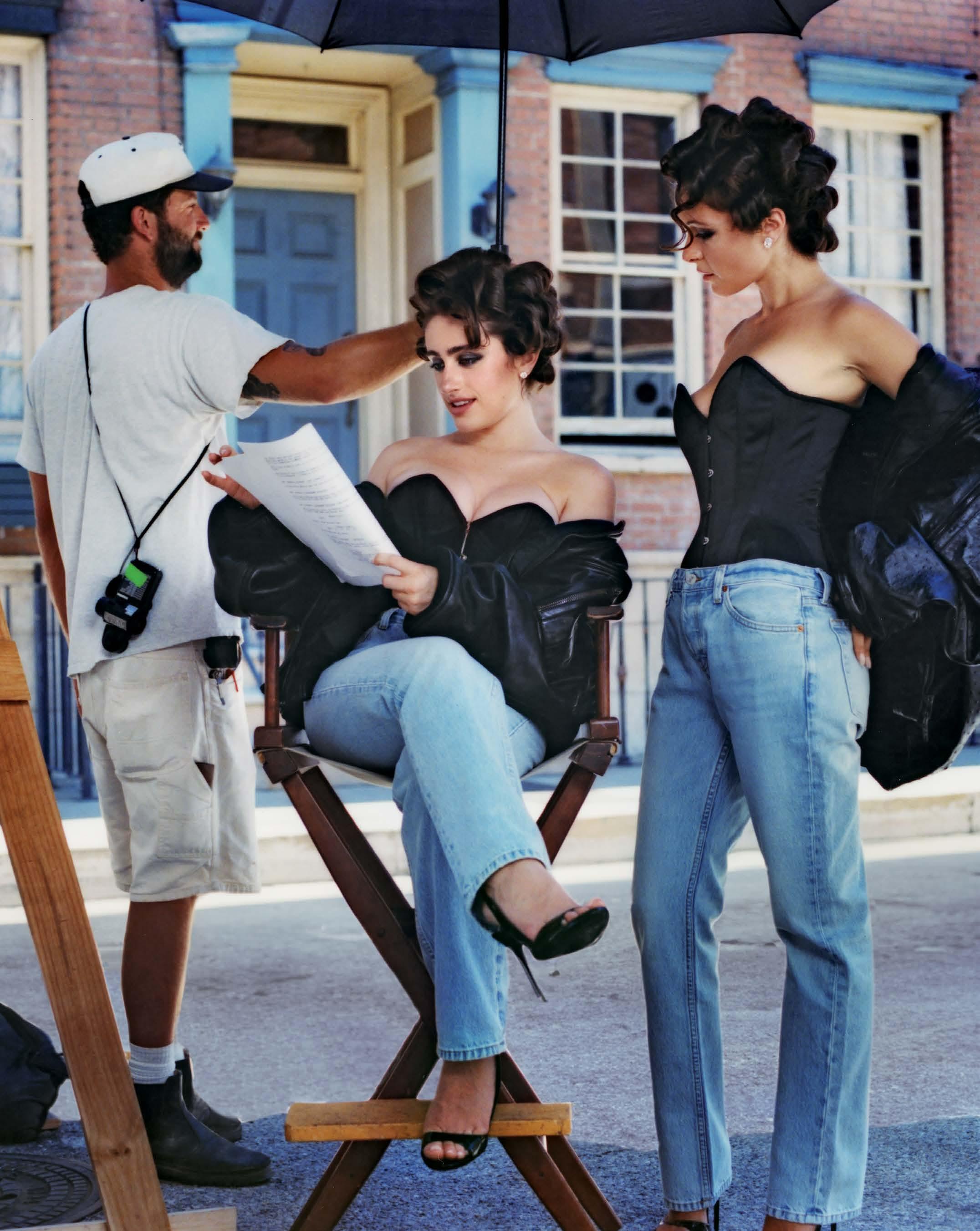

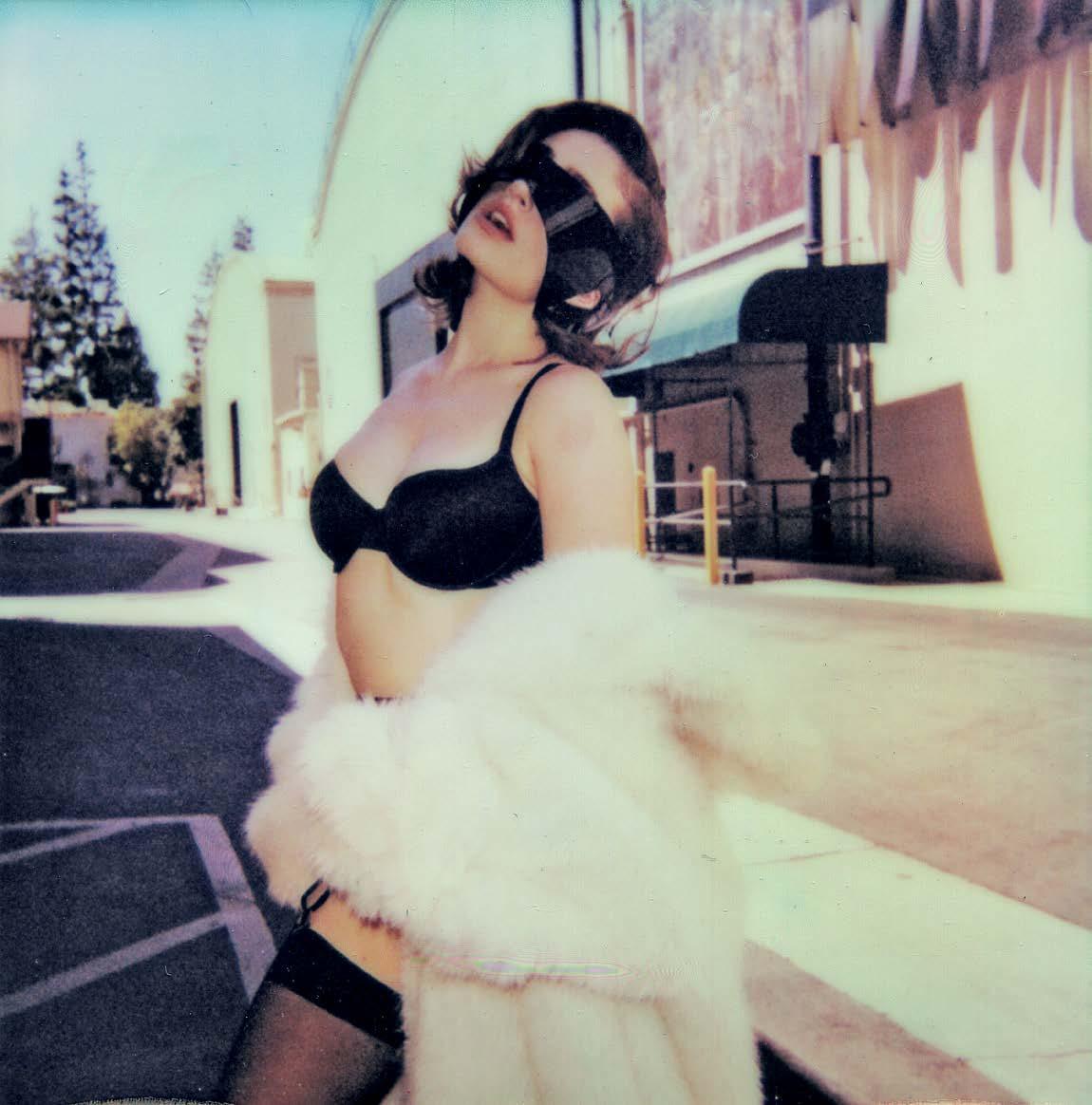

CHARLI XCX: I’m obsessed. But to boil it down to something simpler, it’s kind of this messy girl, big tits, but smart vibes. That type of woman lacked representation for a while. How do you feel about that? Do you feel like there’s this expectation for you to be a certain way all the time?
From my perspective, I definitely feel that there’s this expectation for me to be partying constantly. Everything on the Internet gets amped up so much that people are just like, “We need it from you all the time.” Do you feel like people need you to be “Rachel Sennott,” or whoever they think Rachel Sennott is, all the time?
SENNOTT: I had this persona on Twitter when I was in my early 20s that was very real, but then I got to this place where I was sort of like, I don’t know if that’s fully me anymore. I stopped doing stand-up, I deleted my Twitter, I felt like I cut the cord between me and everyone. There’s things that are happening in my life that are different from the things that were happening when I was 22. I’m not still talking about dating a 30-year-old— I’m almost a 30-year-old. I almost felt like, “What do I have to talk about?” Then I realized there are all these
other things that have been happening in my life and that’s what I’m putting into the show now.
People take something you put out there and then they assume that one thing is the entirety of who you are, even though it’s not. But, of course, it’s hard to say all that. I can’t call every single person on Twitter every day. I’m growing and changing and being able to show that to people is exciting. But the in-between is hard. The last couple of years I felt a little stuck. I was like, “Wait, I’m not that, but I don’t know what I am next.” I think I’ve found it.
CHARLI XCX: Totally. I’m beginning to be at peace with the fact that some people are going to perceive me as only one thing. Sometimes, I also want to call every single person on Twitter. But it’s just like, you can’t.
SENNOTT: Everyone is complicated. There’s layers and some people are just going to see one layer, but we know who we are.
CHARLI XCX: We know! We have time for one more question, so I’m gonna ask the most obvious, stupid question ever. Will you die in LA or in New York?
SENNOTT: I’ve never been asked that. I’m shocked.
CHARLI XCX: Or are you going like, Middle America? I feel like you’re dying in LA or in New York.
SENNOTT: I have to die close to my family, which is on the East Coast. If I die of old age, I think I’ll die in New York, and hopefully I’ll be with my family. But there’s something about LA that’s a little haunted. I’m like, “I could be murdered here.”
CHARLI XCX: I hope you don’t get murdered, but anything can happen.
SENNOTT: Fingers crossed.
CHARLI XCX: Hopefully, you die of old age in New York.
SENNOTT: That would be so lovely. Where are you dying?
CHARLI XCX: I’m probably dying in the U.K. I think it’s cheaper.
SENNOTT: Oh my god.





Photography by Arthur Elgort
FROM MURAL-MAKING TO A RETURN TO MODELING, THE LEGENDARY FORMER VOGUE EDITOR IS AT WORK ON A PLETHORA OF CREATIVE ENDEAVORS THIS SEASON. JUST DON’T CALL IT RETIREMENT.
Grace Coddington has long had an ambivalent relationship with fame. As a model turned editor for British Vogue, she reluctantly agreed to pose for Helmut Newton in a black bikini as part of a nowiconic poolside evening-wear shoot in Saint-Tropez in 1973. More than 30 years later, having assumed the role of creative director of American Vogue, she bristled at the idea of appearing on camera in a documentary tracing the development of the September issue. Thankfully, she gave in. Her elegance, sharp eye, and unflappability on screen made her a star to a new generation of fashion lovers.
These days, Coddington—who retired from the Vogue -verse in 2016—is embracing the very spotlight she felt uneasy in for years. A lifelong artist, she recently designed murals for the San Vicente Bungalows in West Hollywood, appeared as the newest face of the clean beauty brand Merit in May, and is collaborating with the French ceramic workshop Astier de Villatte on a line of china featuring her drawings. CULTURED spoke to Coddington about the appeal of branching out, the challenges facing magazines today, and the trick to staying open-minded.
TELL US ABOUT YOUR CATS.
GRACE CODDINGTON: Right now, I have three Persians: Blondie, Jimi, and Blanket. I got my first cat in the ’60s. I’ve pretty much had cats ever since —they have a mind of their own.
AS WE RELEASE OUR SEPTEMBER ISSUE, CAN YOU SHARE SOME OF YOUR FAVORITE MEMORIES OF PUTTING TOGETHER VOGUE ’S SEPTEMBER ISSUE OVER MORE THAN 25 YEARS AT THE MAGAZINE?
CODDINGTON: It was always one of my favorite issues to collaborate on because we got to work with all the new collections. The September issue was the largest, so it enabled us to do the longest stories. This is the issue that the documentary The September Issue was based on, so that year, 2009, will go down in history.
WHERE DO YOU GO TO THINK? WHEN DO YOU HAVE YOUR BEST IDEAS?
CODDINGTON: Very often, my best ideas come when I’ve just gone to bed and switched the light off, which is a bit inconvenient!
THE MEDIA LANDSCAPE HAS CHANGED SO MUCH SINCE THEN. WHAT, IF ANYTHING, HAS BEEN LOST? GAINED?
CODDINGTON: The loss is in the quality of everything, but I’m not nostalgic. I think more about the future.
WHAT SHAPE DO YOUR DAYS TAKE LATELY?
CODDINGTON: I’ve surrounded myself with my
favorite animals, people, and objects I’ve collected over the years. I’m giving myself plenty of time to do all the things I’ve always wanted to do, but never had the opportunity to try.
WHAT DOES YOUR CULTURAL DIET LOOK LIKE?
CODDINGTON: Opera and movies.
WHEN DID YOU BEGIN DRAWING AND PAINTING? TELL US ABOUT YOUR UPCOMING COLLABORATION ON A LINE OF CHINA.
CODDINGTON: I’ve always liked painting—even as a child. My collaboration with Astier de Villatte has been extremely interesting—I’ve never done drawings on ceramics before. It’s really been fun. I particularly love Astier de Villatte because they are a wonderful small company. It has been very rewarding to work with them.
WHAT’S SOMETHING PEOPLE GET WRONG ABOUT YOU?
CODDINGTON: Some people think I’m scary, and are afraid to talk to me. But actually, I’m very friendly.



“SOME PEOPLE THINK I’M SCARY, AND ARE AFRAID TO TALK TO ME. BUT ACTUALLY, I’M VERY FRIENDLY.”
BY BEATRICE LOAYZA
PHOTOGRAPHY BY PIA
RIVEROLA
STYLING BY MARTINA ARCUCCI
CREATIVE DIRECTION BY MARCOS FECCHINO
ALL CLOTHING AND ACCESSORIES BY GIVENCHY
YOU’VE SEEN ADRIA ARJONA BEFORE—SHE’S BEEN WORKING IN HOLLYWOOD FOR OVER A DECADE. THIS YEAR, A SLATE OF LEADING ROLES—IN RICHARD LINKLATER’S HIT MAN AND ZOË KRAVITZ’S BLINK TWICE—HAS PUSHED HER INTO THE LIMELIGHT. THE ACTOR IS SEIZING HER MOMENT.

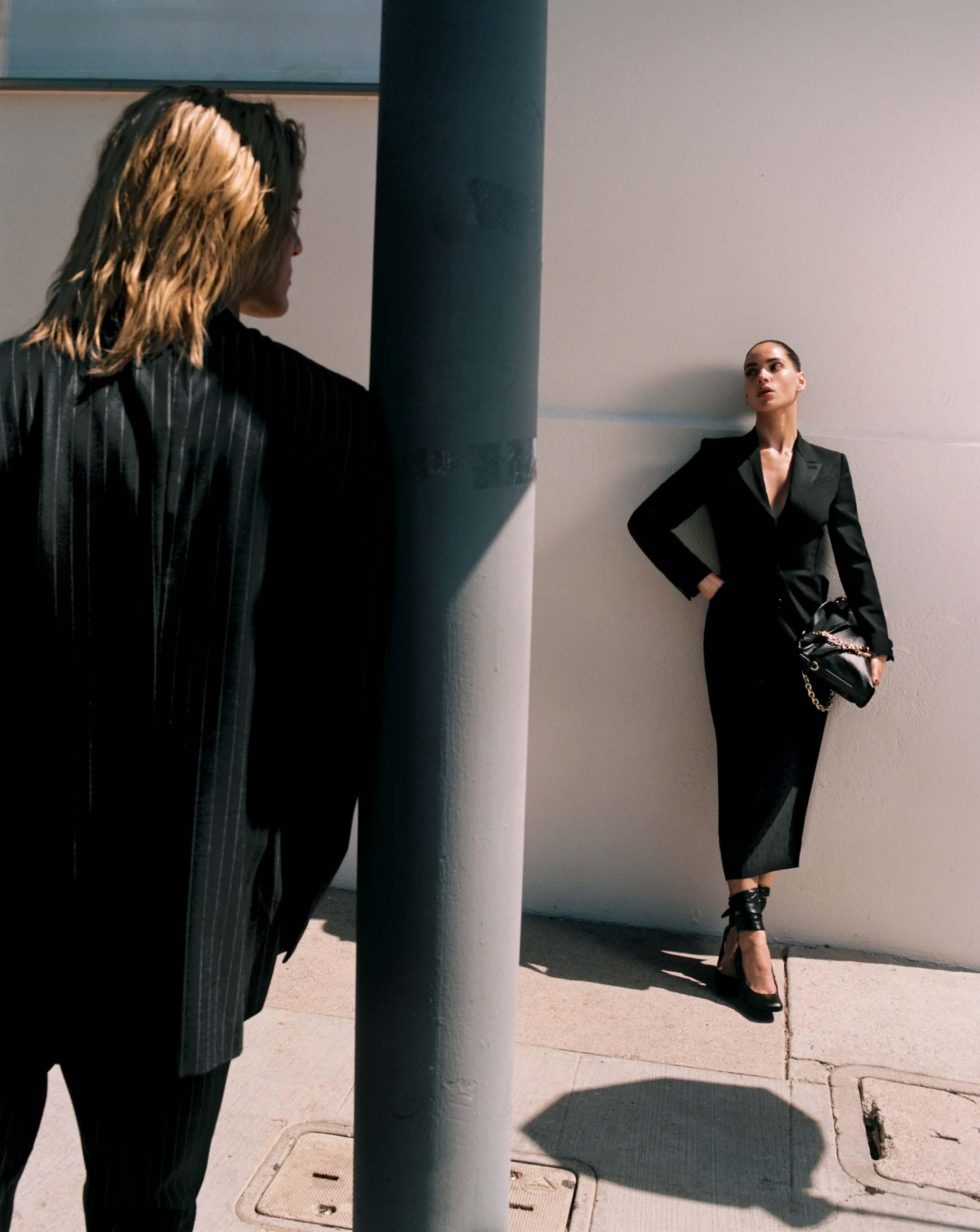
MANY VIEWERS WATCHING ADRIA ARJONA IN HIT MAN, THE SAWTOOTHED RICHARD LINKLATER–DIRECTED COMEDY THAT HIT THEATERS LAST SPRING, LIKELY ASKED THEMSELVES THE SAME QUESTION: WHO IS SHE? AS MADISON, A NEWLY LIBERATED AND INCREASINGLY UNHINGED DIVORCÉE LOOKING TO CREATE A NEW LIFE AWAY FROM HER SCUMMY EX-HUSBAND, ARJONA IS INDELIBLE.
IN FACT, YOU’VE PROBABLY SEEN ARJONA BEFORE. SHE’S BEEN WORKING IN HOLLYWOOD FOR OVER A DECADE.
“MAYBE IF I’D DONE THINGS DIFFERENTLY, I’D BE A HUGE MOVIE STAR ALREADY,” SHE SAYS WHEN I ASK HER ABOUT THE VIXEN PERSONA SHE LEANS INTO IN HIT MAN THE KIND OF ROLE SO OFTEN ASSOCIATED WITH LATINA ACTORS. “BUT FROM THE BEGINNING, I TOLD MYSELF I WOULDN’T STICK TO ONE GENRE OR TYPE OF CHARACTER.” FROM SUPPORTING ROLES ON TV SERIES LIKE ANDOR, NARCOS, AND TRUE DETECTIVE TO STINTS IN ACTION MOVIES (6 UNDERGROUND, MORBIUS) AND ROM-COMS (INCLUDING THE 2022 REMAKE OF FATHER OF THE BRIDE ), ARJONA HAS MADE A POINT TO MIX IT UP—“NOT JUST BECAUSE I DIDN’T WANT TO BE PIGEONHOLED, BUT BECAUSE I’M AN ARTIST,” SHE SAYS. “I DON’T WANT TO GET BORED.”
THESE DAYS, ARJONA IS FAR FROM BORED. HIT MAN IS JUST ONE IN A STREAK OF BREAKOUT ROLES FOR THE 32-YEAR-OLD ACTOR. THE SUMMER BLOCKBUSTER BLINK TWICE, ZOË KRAVITZ’S HOTLY ANTICIPATED DIRECTORIAL DEBUT, SAW HER EMBARK ON A DODGY ISLAND RETREAT ALONGSIDE A STACKED CAST THAT INCLUDES CHANNING TATUM AND ALIA SHAWKAT. LOS FRIKIS, IN WHICH ARJONA PLAYS A MEMBER OF A PUNK COLLECTIVE IN 1990S CUBA, PREMIERED AT THE MIAMI FILM FESTIVAL IN APRIL. SOON, SHE’LL BE SHOOTING MOVIES BY ACCLAIMED LATINO DIRECTORS JAYRO BUSTAMANTE AND GERARDO NARANJO. BOTH PROJECTS ARE LEADING ROLES.
ARJONA ANSWERS MY CALL FROM THE CAR, AND SPEAKS TO ME ON AN ELEVATOR AS SHE ASCENDS TO THE SET OF HER CURRENT GIG. IT’S BEEN A WEEK SINCE SHE LANDED IN PORTLAND, OREGON, WHERE SHE’S SHOOTING A SEASON OF THE AMAZON PRIME SERIES CRIMINAL OPPOSITE CHARLIE HUNNAM.
ARJONA BURSTS OUT LAUGHING WHEN I ASK IF SHE’S A NATIVE ENGLISH SPEAKER. “MY TEAM AND I MADE T-SHIRTS WITH THE WORDS ESL”—ENGLISH AS A SECOND LANGUAGE—“ON THEM DURING THE HIT MAN PRESS TOUR,” THE PUERTO RICAN-
GUATEMALAN ACTOR SAYS. BORN IN PUERTO RICO AND RAISED IN MEXICO AND MIAMI, ARJONA DIDN’T GROW UP WANTING TO BE IN SHOW BUSINESS—IN PART BECAUSE HER FATHER, THE GRAMMY-WINNING LATIN POP STAR RICARDO ARJONA, OFTEN TOOK HER ON TOUR, WHICH OPENED HER EYES TO THE CHAOS THAT CAN ACCOMPANY THE LIFE OF AN ENTERTAINER. AS A KID, SHE WAS PAINFULLY SHY, SO HER FATHER ENCOURAGED HER TO PURSUE AN ARTISTIC OUTLET TO LOOSEN UP.
AT 18, ARJONA MOVED TO NEW YORK, WHERE SHE GRADUATED FROM THE LEE STRASBERG THEATRE & FILM INSTITUTE, AN ACTING PROGRAM INFORMED BY STRASBERG’S “METHOD” TECHNIQUES. WHILE ARJONA HAS NEVER “GONE METHOD” OR COMPLETELY LOST HERSELF IN A ROLE, HER COURSES TAUGHT HER THAT IDENTITY IS MUTABLE, AND THAT SHE HAS “MULTIPLE DIFFERENT PSYCHES INSIDE WAITING TO BE UNLEASHED.”
IN THOSE EARLY YEARS, ARJONA ALSO BECAME OBSESSED WITH THE FILMS OF JOHN CASSAVETES, WHOSE WIFE AND REGULAR COLLABORATOR, GENA ROWLANDS, BECAME THE INSPIRATION BEHIND HER FEARLESS, PHYSICALLY EXPRESSIVE PERFORMANCE STYLE. “SHE BLEW MY MIND. IF I COULD DO JUST 3 PERCENT OF WHAT [GENA] DID IN EACH MOVIE, THAT’D BE ENOUGH,” ARJONA SAYS. ACTORS LIKE SALMA HAYEK AND PENÉLOPE CRUZ ALSO SERVED AS ROLE MODELS. “IT’S DIFFERENT NOW, BUT WHEN I WAS YOUNG THERE WEREN’T THAT MANY SPANISH-SPEAKING ACTRESSES WORKING IN HOLLYWOOD TO LOOK UP TO,” SHE SAYS.
STILL, ARJONA DOESN’T CONSIDER HERSELF A QUOTE-UNQUOTE LATINA ACTOR. “I AM AN ACTRESS WHO HAPPENS TO BE LATINA, AND MY GOAL IS TO MORPH MYSELF INTO WHATEVER CHARACTER I NEED TO BE. AS A LATIN WOMAN, THESE QUESTIONS OF REPRESENTATION ARE COMPLICATED. I THINK THERE’S NO RIGHT WAY TO REPRESENT US,” SHE SAYS. “THERE ARE MANY DIFFERENT KINDS OF LATINAS. EVEN MY MOM, STEPMOM, AND COUSINS— THOSE ARE WILDLY DIFFERENT WOMEN! THE REST OF THE WORLD MIGHT LOOK AT [A LATINA] AND THINK, PHYSICALLY, SHE’S EXOTIC. I DON’T GET THAT BECAUSE I GREW UP IN LATIN AMERICA. THERE’S NOTHING EXCEPTIONAL ABOUT THE WAY WE LOOK.”
IN HIT MAN, ARJONA GOES TOE-TO-TOE WITH GLEN POWELL, WHO PLAYS A FAKE HIT MAN HIRED BY THE POLICE TO CATCH WOULD-BE KILLERS. THROUGHOUT THE FILM, ARJONA’S MADISON EVOLVES FROM A HUNCHED, TWITCHY WOMAN DESPERATE TO FIND AN ESCAPE TO A BONA FIDE GUNSLINGER HER-
SELF. SHE BRINGS A PLAYFUL, AT TURNS COCKY, SENSUALITY TO HER ROLE WHILE ALSO, SOMEHOW, MAKING US AWARE THAT SHE’S PERFORMING AS A SEDUCTRESS. IN WORKING WITH LINKLATER, WHO ENCOURAGED ARJONA TO WEIGH IN AND SHAPE HER CHARACTER’S ARC, ARJONA EXPERIENCED AN UNPRECEDENTED DEGREE OF CREATIVE FREEDOM. “THE SCRIPT ORIGINALLY DIDN’T HAVE MANY SEX SCENES, BUT THROUGH REHEARSALS AND OUR CONVERSATIONS, I DECIDED ROLE-PLAY IS MADDY’S LOVE LANGUAGE,” SHE SAYS. ARJONA TAKES CREDIT FOR INVENTING TWO OF THE FILM’S MOST TITILLATING SCENES: THE FIRST, A SEQUENCE AT A NIGHTCLUB THAT SEES MADDY AND POWELL’S GARY DIRTY DANCING LIKE NO ONE’S WATCHING, AND THE SECOND, A RENDEZVOUS IN WHICH MADDY DRESSES UP AS A NAUGHTY FLIGHT ATTENDANT. THE DETAILS OF EACH SEX SCENE WERE FLESHED OUT COLLABORATIVELY—POWELL AND ARJONA USED SHARED PINTEREST BOARDS TO COMPILE IMAGES AND ARTWORKS THEY FOUND SENSUAL AND ENGAGING.
FOR ARJONA, SOMETHING INTERESTING HAPPENS WHEN A GENDERED STEREOTYPE IS WIELDED BY A WOMAN. “MADISON ISN’T REALLY A BOMBSHELL—SHE LEANS INTO AND USES IT TO HER ADVANTAGE,” SHE SAYS, REFERRING TO HER CHARACTER’S DECISION TO CHANNEL HER SEX DRIVE, SEIZE HER CHANCE AT LOVE, AND ULTIMATELY CHANGE THE CONDITIONS OF HER LIFE.
FOR HER PART, ARJONA IS HYPERAWARE OF HER OWN VAMPY PUBLIC IMAGE— SOMETHING SHE HAS CAREFULLY CURATED ONLINE—AS WELL AS THE MISCONCEPTIONS IT BREEDS. THAT DOESN’T MEAN SHE’S BOTHERED BY THE DISCONNECT. “WHEN PEOPLE MEET ME, THEY’RE ALWAYS SURPRISED THAT I’M KIND OF A TOMBOY, OR LIKE THIS EXCITED, CLUMSY PUPPY,” SHE ADDS. “PROBABLY BECAUSE THEY’VE LOOKED AT MY INSTAGRAM.”

“MAYBE IF I’D DONE THINGS DIFFERENTLY, I’D BE A HUGE MOVIE STAR ALREADY.”

“WHEN PEOPLE MEET ME, THEY’RE
ALWAYS SURPRISED TO SEE THAT I’M KIND OF A TOMBOY, OR LIKE THIS EXCITED, CLUMSY PUPPY—PROBABLY BECAUSE THEY’VE LOOKED AT MY INSTAGRAM.”
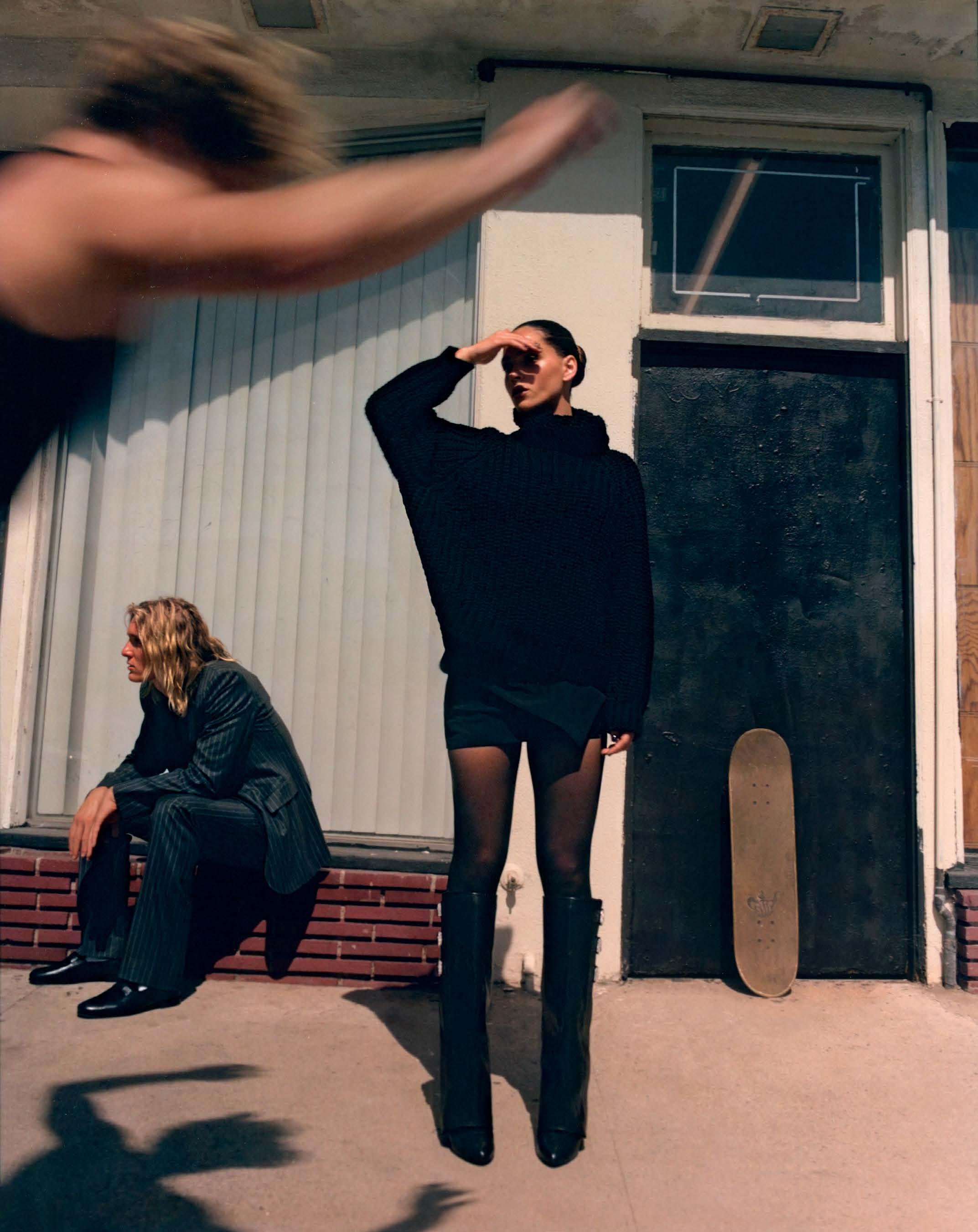


HAIR BY
MARA ROSZAK
MAKEUP BY CEDRIC JOLIVET
NAILS BY CAROLINE COTTEN
MODELING BY SHELTON TAYLOR AND ROYCE LUNDQUIST
PHOTOGRAPHY ASSISTANCE BY IAN BUOSI
STYLING ASSISTANCE BY FRANKIE BENKOVIC
LIGHTING DIRECTION BY KHASHI TAHAMTAN
“WHEN I WAS YOUNG THERE WEREN’T THAT MANY
TO.”
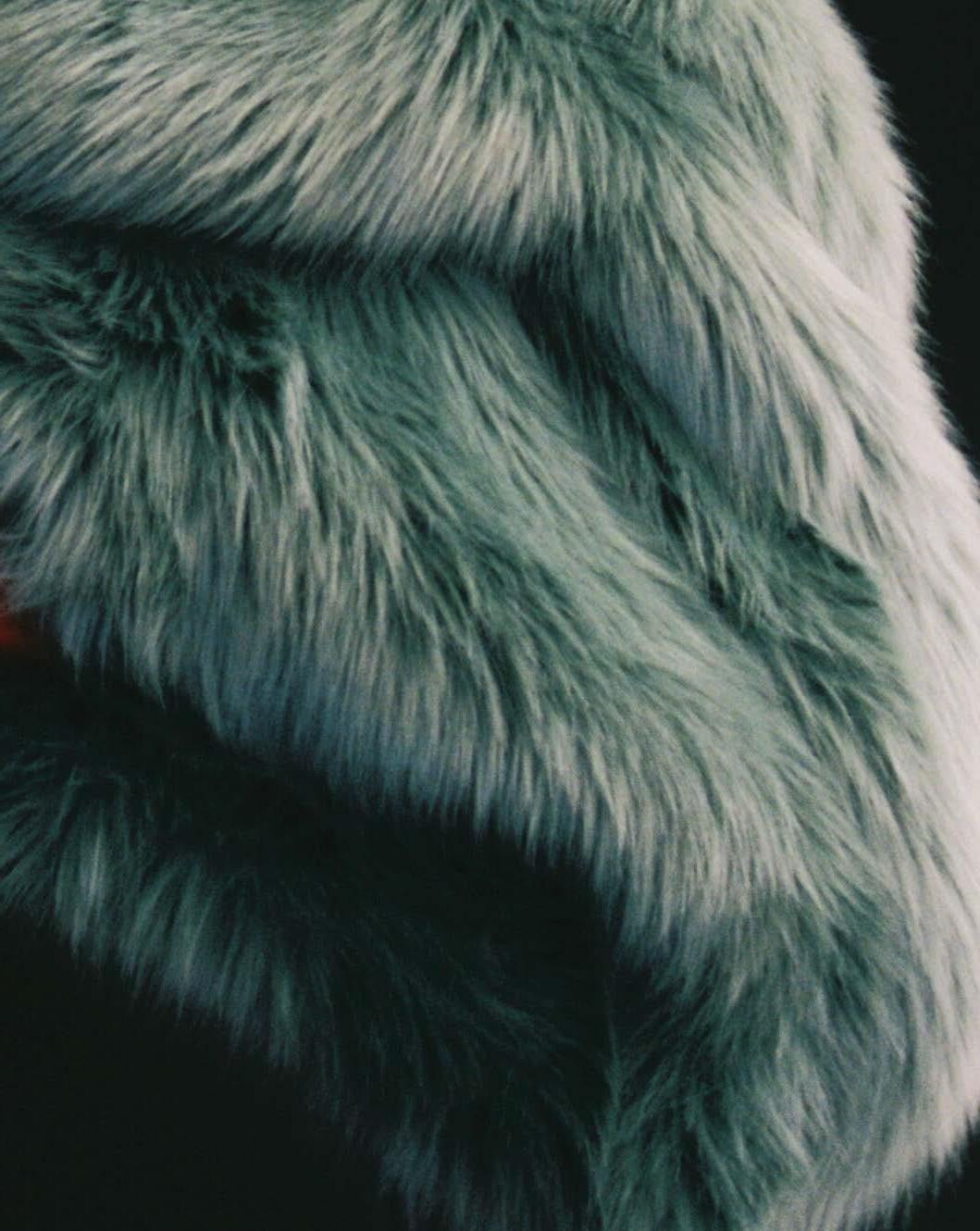



LAUDED FOR TIMELESS DESIGNS AND FLAWLESS REFINEMENT, GRAFF’S PRECIOUS HEIRLOOMS EMBODY THE LEGACY OF THE WEARER—AND THE BRAND’S FOUNDING FAMILY—ALL AT ONCE.
If pressure makes a diamond, then it’s perseverance that turns the precious stone into the bedrock of a family business. Laurence Graff, OBE, began his career in London’s jewelry district at only 15, working his way up from apprentice to founder of his namesake jewelry brand in 1960. The company, which has expanded to more than 60 global salons in as many years, is now under the direction of its founder’s eldest son, Francois Graff. “To this day, we honor every diamond,” he explains, “presiding over the journey of each precious jewel.” The company’s diamond collections—Tilda’s Bow, Laurence Graff Signature, and Butterfly among them—take their names from members of the family, or from Graff’s earliest inspirations drawn from nature. The juxtaposition of Graff jewelry and everyday objects reveals how even the most quotidian moments can be made extraordinary—with the right foundation.






BY MARA VEITCH
A new exhibition at Paris’s Jeu de Paume pays tribute to the photographer’s piercing interrogations of kinship, wealth, and tradition.

“I’ve been taking photographs for most of my life now,” says Tina Barney. “I don’t think I’m going to reinvent the wheel at this point.” Yet, over the course of a more-than-four-decade career, the photographer and New York native has, in many ways, done just that. Harnessing a keen eye for the odd gesture or errant glance, Barney has captured some of the past century’s most memorable portraits.
Barney picked up her first handheld Pentax in her early 30s, as a wife and mother-of-two living between Rhode Island and Sun Valley, Idaho. It wasn’t until the 1980s that she fell for the unsparing granularity of largeformat photography, a mode with which she’s since become synonymous. “I would take 400 pictures a year during that period,” recalls the photographer, now 78. “If I got nine good ones, that would be a terrific year.” Her sharp, piercing images of the American and European upper crust are as much about the subjects’ surroundings—opulent abodes laden with the trappings of wealth and tradition—as the people themselves. The result is a delightfully heady, if sometimes merciless, visual cocktail.
This month, a retrospective at Paris’s Jeu de Paume, “Tina Barney: Family Ties,” pays homage to the artist’s 40-year-long inquiry. Photographs shot primarily during Barney’s large-format era capture the blue-blooded East Coast families she grew up around as well as a smattering of European aristocrats and celebrities. She also turns the camera on herself.
Barney does not view this retrospective—her first in Europe—as an end point. Currently, she’s immersed in a series of still lifes staged in her Rhode Island home (one beguiling linen closet has proven a fruitful subject). The motivation behind this intimate turn is less an investigation of her own emotional landscape than a formal exercise. “It’s like solving a mathematical problem,” Barney asserts. “I don’t care that it’s a linen closet—there’s nothing emotional in it. I’m just thinking about making more pictures.”


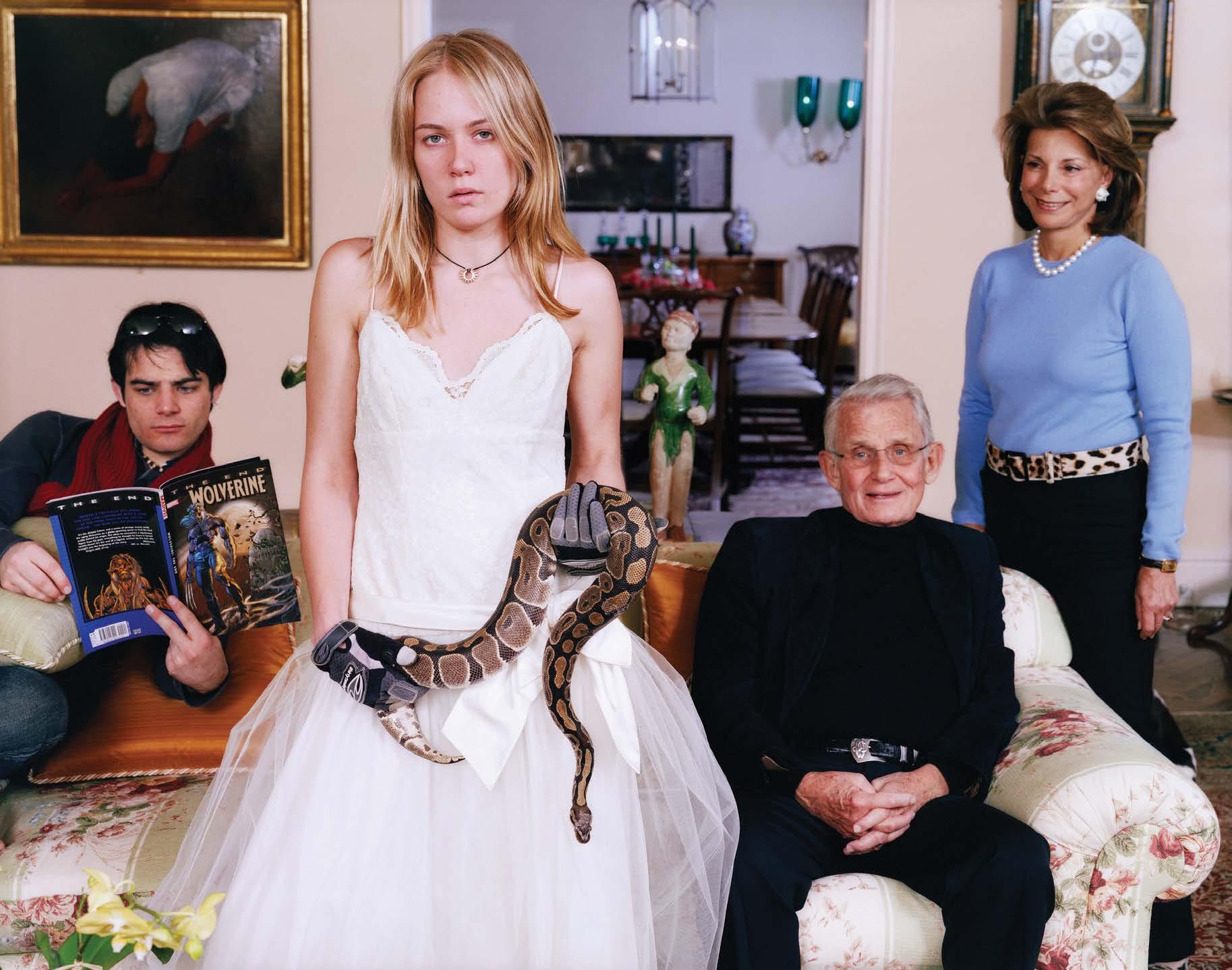


“I’ve been taking photographs for most of my life now. I don’t think I’m going to reinvent the wheel at this point.”
Mr. and Mrs. Leo Castelli, 1998


Louis Vuitton’s Fall/Winter 2024 collection needs little fanfare. Each piece is a statement in itself, with whorls of fur and cascading rows of feathers bursting forth like sartorial exclamation points. In the pared-back world set forth by photographer Quil Lemons, each garment seems to vibrate—alive with energy and draped across the body of model Shanelle Nyasiase.
The collection debuted in the legendary Cour Carrée at the Louvre, a site of great personal significance to Nicolas Ghesquière, who staged his first show as artistic director of women’s collections with the fashion house there in 2014. Now ten years into his tenure at the maison, the presentation marked a triumphant return for the designer, who met it with a bold and sculptural vision of the future.

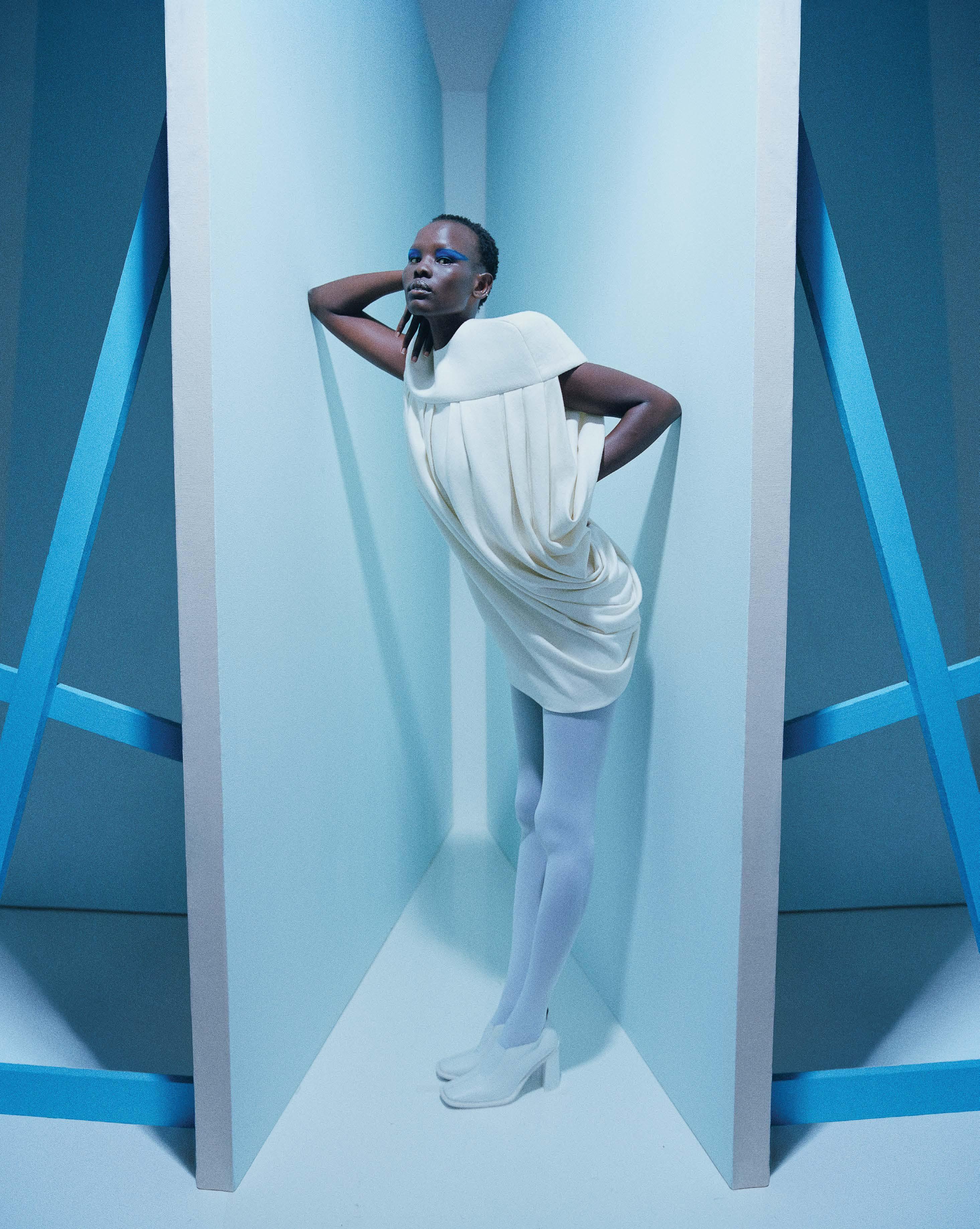
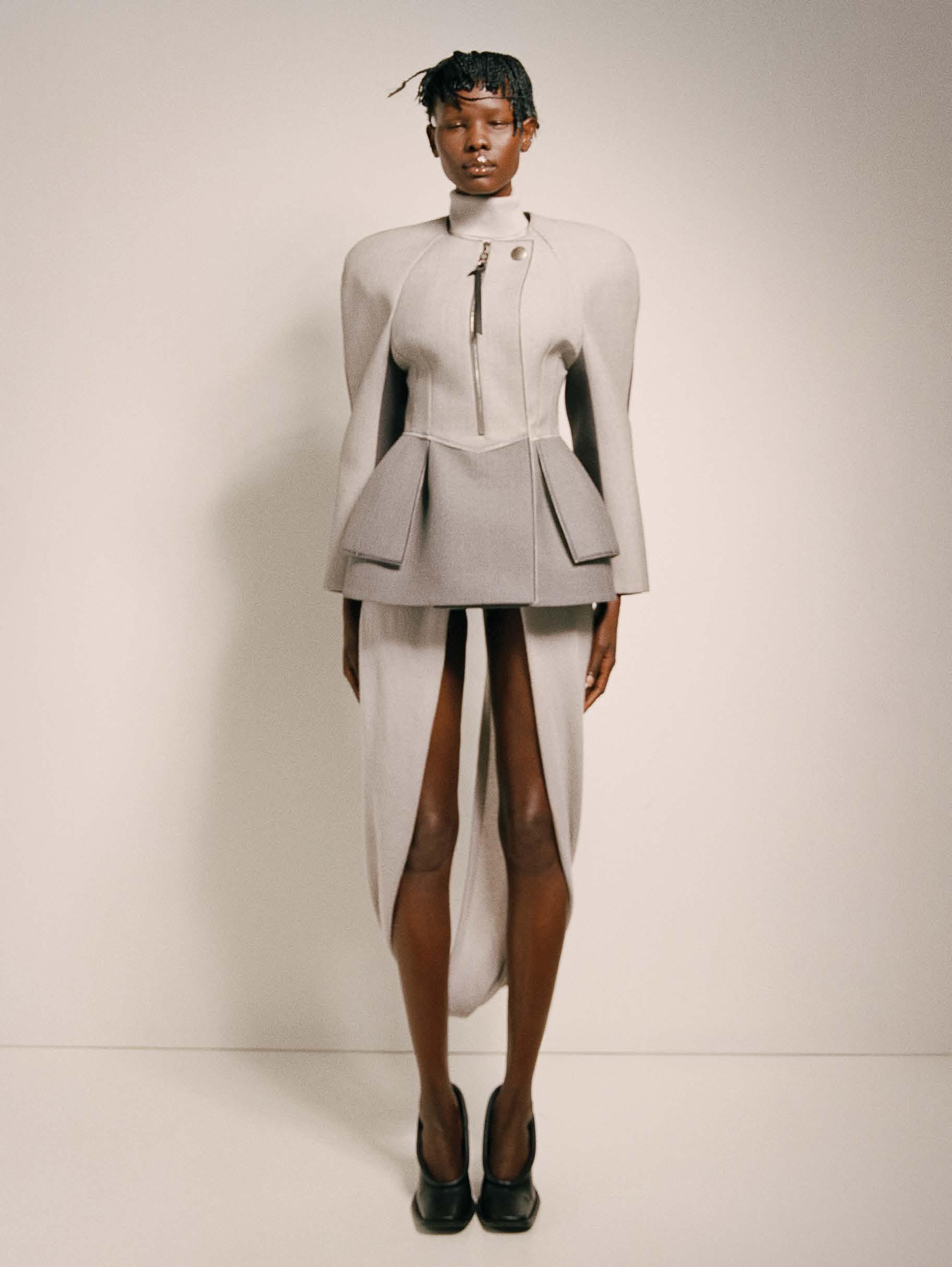
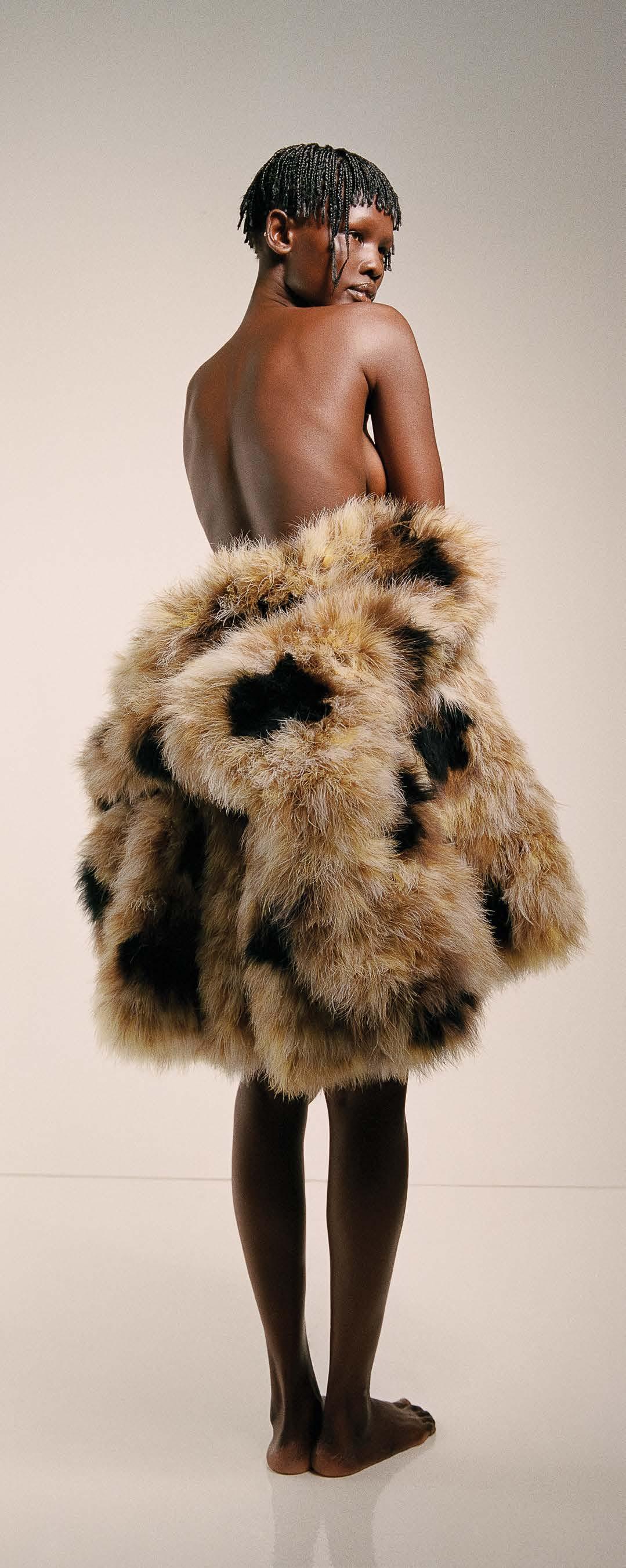
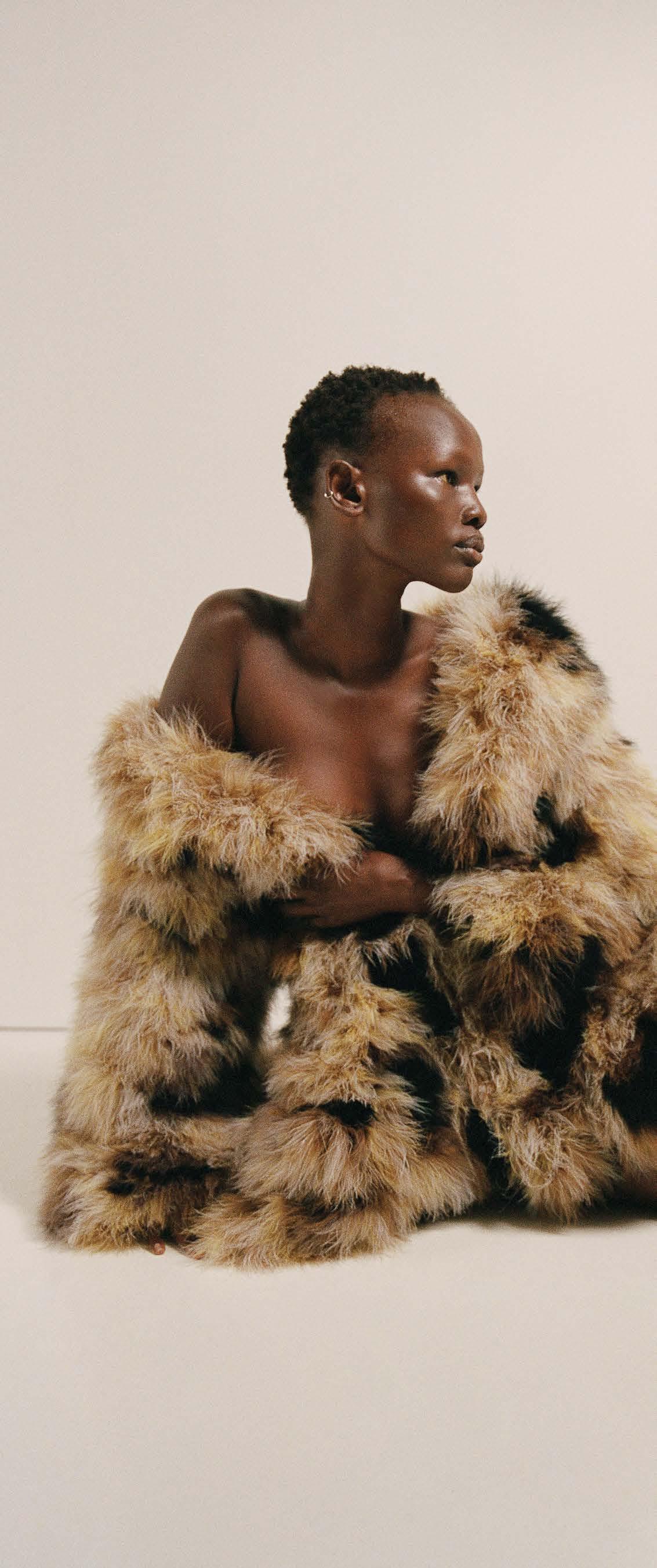



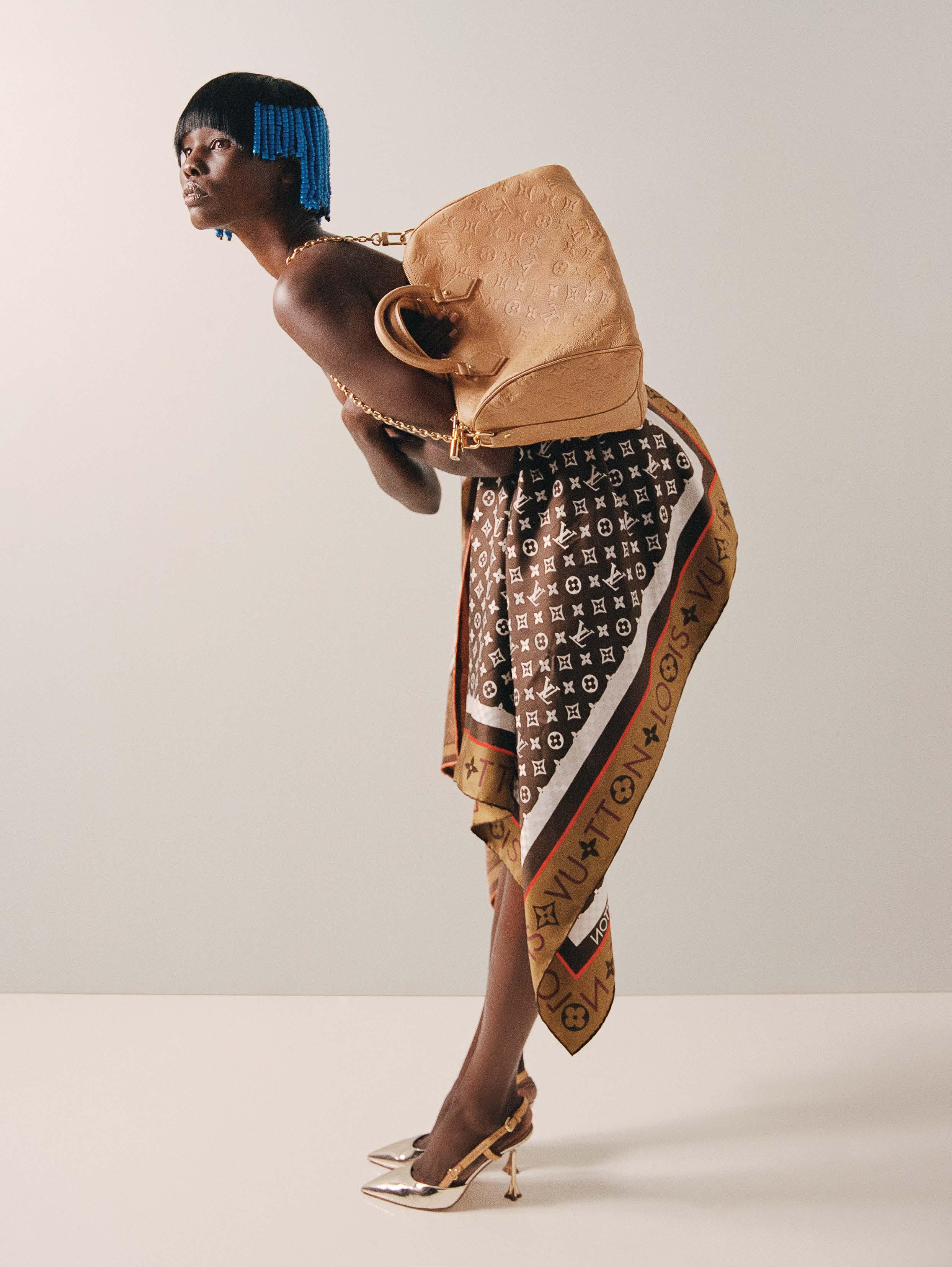

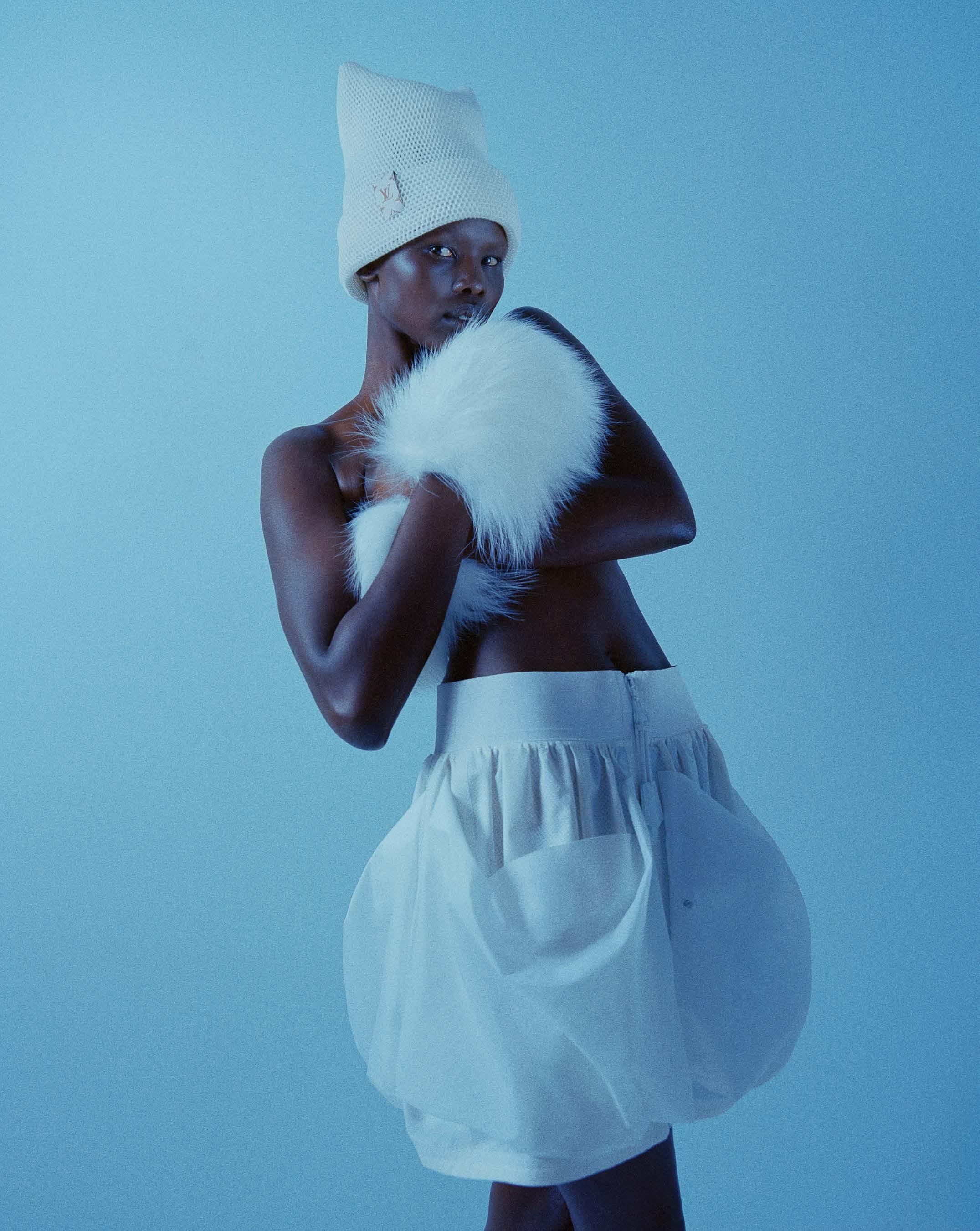
EXECUTIVE PRODUCTION BY CLOE YOUNG
PRODUCTION COORDINATION BY JEANINE VALENTE
PHOTOGRAPHY ASSISTANCE BY SAM DOLE
STYLING ASSISTANCE BY JAY DIVINE
PRODUCTION ASSISTANCE BY MATT RAMOS

BY SARA ROFFINO
A RISING GENERATION OF ARTISTS IS TURNING TO CLOTHING AS A MEANS TO ENGAGE AUDIENCES BEYOND THE WHITE CUBE. THEIR CREATIONS COMPLICATE OUR CONCEPTIONS OF WHAT AN ARTWORK IMPLIES—AND WHY WE WEAR WHAT WE WEAR.
“CLOTHING IS SOMETHING MY COMMUNITY CAN AFFORD.”
—AYA BROWN


Clothes are often a person’s first act of creative expression. Perhaps it’s not surprising, then, that many artists have cultivated a sartorial trademark alongside a signature artistic style. Georgia O’Keeffe’s handmade wardrobe was so essential to her life and practice that, in 2017, the Brooklyn Museum staged an entire exhibition dedicated to the relationship between her clothing and her paintings. Few think of Frida Kahlo without conjuring an image of her traditional Tehuana-influenced uniform or imagine Yayoi Kusama in anything other than polka dots.
Yet, more often than not, an artist’s attire is considered just that—something between an idiosyncrasy and a prelude to the main event. Today, however, there is an increasing convergence between fashion and art that goes beyond Jeff Koons x Louis Vuitton handbags and artist-inspired runway shows. For a growing group of visual artists, clothing is as much the medium as it is the message.
Consider the Brooklyn-based Susan Cianciolo, who had her own fashion line, Run, from 1995 to 2001, before burning out on the industry and refocusing her attention on visual art. She still makes clothing, but her runway shows have relocated to galleries, where they feel more like performance than industry ritual. Then there is the Joshua Tree–based Andrea Zittel, who has made clothing for the past three decades as part of her life-is-art approach to creating, and whose 2023 show at Regen Projects presented a selection from her handmade “A–Z Personal Uniforms” series, which she wears exclusively for a season before moving on to the next iteration.
Cianciolo and Zittel have gained relatively broad art-world recognition, but there’s a burgeoning number of artists working with clothing in equally thought-provoking ways who aren’t quite as well known. Aya Brown, Camilla Carper, Ines Doujak, and the collective Tiempo de Zafra use clothing to create conversations and make art approachable. Hungry for direct communication with their audiences, they find that the tactile immediacy of clothing fosters the kind of intimate connection that is often lost in a gallery or museum. And for those with a background in design, working in an art context allows for slow, sustained engagement that evades the fast-paced production pipeline of commercial fashion.
The Brooklyn-born artist Aya Brown first be-
came aware of the power of clothing as a child attending church, where her grandmother would orchestrate an unofficial fashion show through the pews. Now, Brown makes paintings and drawings that feature people from her community—family, friends, essential workers, and Black lesbians. She also prints her designs on T-shirts, hoodies, and hats that she sells directly from her website and that frequently sell out in seconds. Brown sees little separation between making a painting and making a piece of clothing, beyond the fact that “clothing is something my community can afford.”
Accessibility is also a reason multidisciplinary Austrian artist Ines Doujak brings clothing into her exhibitions. For her show at the New York nonprofit CARA earlier this year, Doujak had a whole rack of couture fashion, which visitors were invited to try on and then wear in a parade through downtown Manhattan. “The outreach to the audiences is completely different with clothing—it’s a very low barrier,” she explains. “People are allowed to touch and they learn through the materials … Everyone knows how to shop.” Doujak’s early forays into making clothing were a sort of irreverent mimicry of the fashion world, with boutiques, like concept stores, set up within an exhibition space. As she realized the power of the format, her approach shifted from a critique to an embrace.
There’s also a political layer to Doujak’s use of clothing. The granddaughter of a tailor, Doujak began collecting and studying textiles 40 years ago, while traveling in the Andes. More recently, her research has expanded to consider the economic and social implications of textile production. “Increased productivity always leads to fires in factories. It’s very important for people to understand that certain things are structural; they are not coincidences. Someone is profiting and someone is paying,” she says. Doujak’s boutiques often feature direct references to political and social issues, such as figurines of looters inspired in part by a 2011 riot in London. Doujak hopes such works will make people think more deeply about ideas of ownership, theft, and resource distribution.
For the collective Tiempo de Zafra (TDZ), issues of production (and overproduction) are front of mind. Originally based in New York, Stephanie Bezarra Rodrigues and Edgar Alejandro Garrido first collaborated on an installation of clothing made from dollar-store materials at an outdoor market in Washington Heights. “We weren’t really selling anything,” explains Garrido. “It
was more about being a part of this informal vending because it was so inspiring to us.”
In 2017, the duo moved to Santo Domingo and set up a creative hub in the city. Though their backgrounds are in fashion, they have approached making in a manner that many would consider art. Every piece of clothing TDZ crafts is one-of-a-kind. “Working with found objects was a response to our environment,” says Rodrigues. “We live so close to the Caribbean, but it’s not a swimmable beach. There is so much stuff washing up, [so] we started working with it.”
The Brooklyn-based artist Camilla Carper also started out in fashion and moved into conceptual performance. When they answered the door of their Carroll Gardens apartment for our interview, I was both surprised and not surprised to find them wearing nothing more than a tiny flesh-toned thong and matching inch-wide nipple coverings. The outfit was part of a summer-long participatory performance that involved Carper wearing as little clothing as they feel comfortable with in a given setting; our encounter proved extremely comfortable.
“Clothing is always the thing creating space to do these projects—it’s what makes it a performance,” they explain. Carper is interested in the line between clothing and object and how the message inherent in each is received by the public. “Wearing this”—Carper points to the patches of fabric on their body—“and holding a bag from REI, nobody is going to be bothered by me because I’m participating in society and consumerism.”
Carper makes one work each season for Lydia Rodrigues’s LRCHQEV, a shop featuring pieces by artists and independent designers. Otherwise, the clothing Carper makes serves as a means of engaging an audience and creating an experience rather than a product. Like many of their peers, their interest in clothing is about the conversations it opens, not the revenue it generates.
For artists interested in communing with audiences outside the art world, clothing is an ideal medium. It doesn’t require people to seek it out, and even the most art-averse have opinions about it. The physical undeniability of its existence is a counter to our digital lives, placing something in our faces—or on our bodies—that we have no choice but to consider.


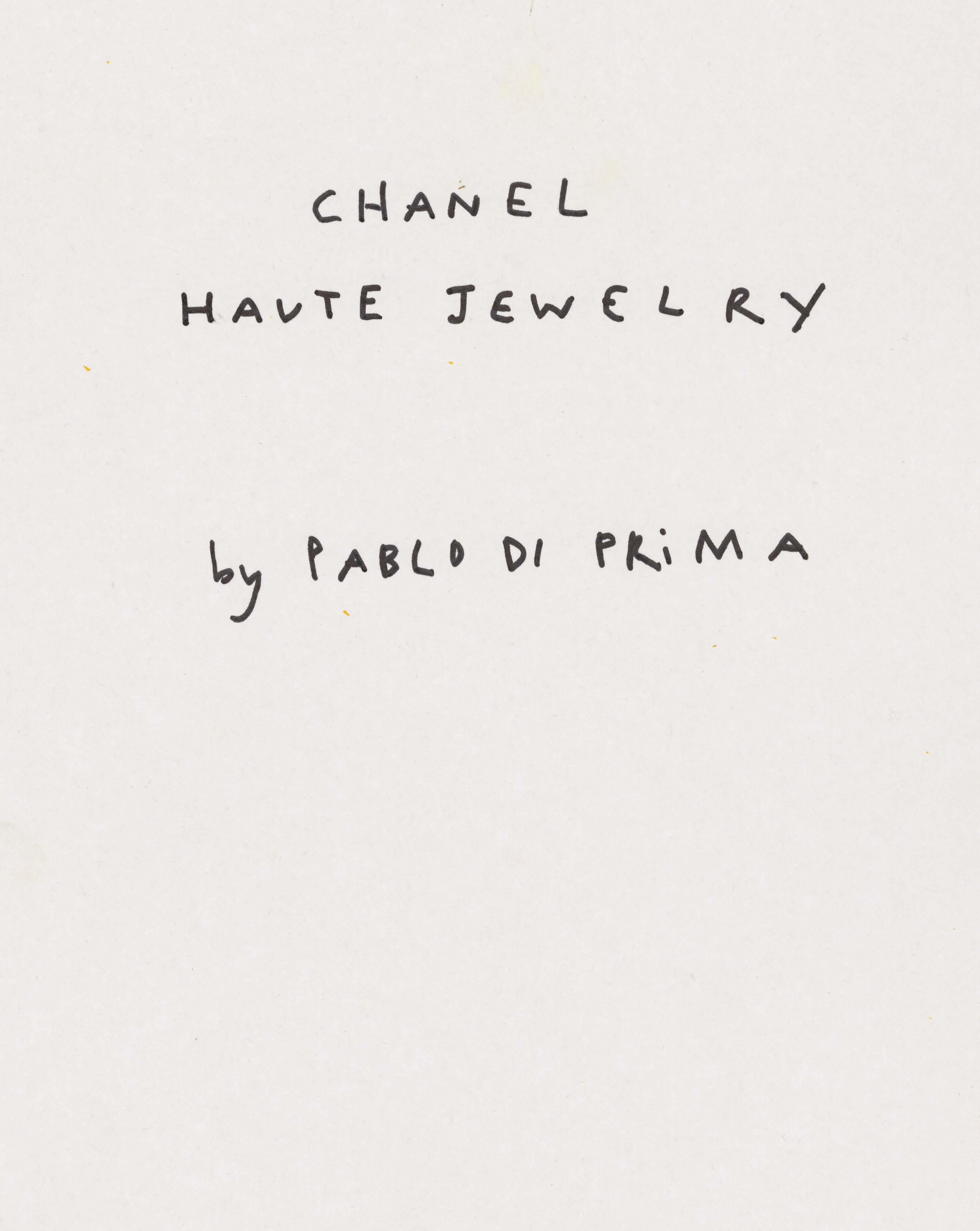
Like many of the French house’s touchstones, Chanel’s sporting roots can be traced back to Coco herself. The designer introduced a “sport” atelier as early as 1921 and developed sleek silhouettes that reflected Western culture’s growing reverence for lithe and dynamic forms. Over a century later, modern living is a sport in itself, and Chanel’s Haute Joaillerie Sport collection is a glittering reflection of that synergy. Featuring intricate gestures and feats of craftsmanship that pay homage to the house’s codes—a carabiner in the shape of the number 5, or clasps borrowed from the house’s iconic 2.55 handbag, for example— each piece is an artisanal triumph. Echoing delicate mementos of matches won or divisions clinched, the collection evokes the ecstasy of movement—as thrilling today as it was a near-century ago.




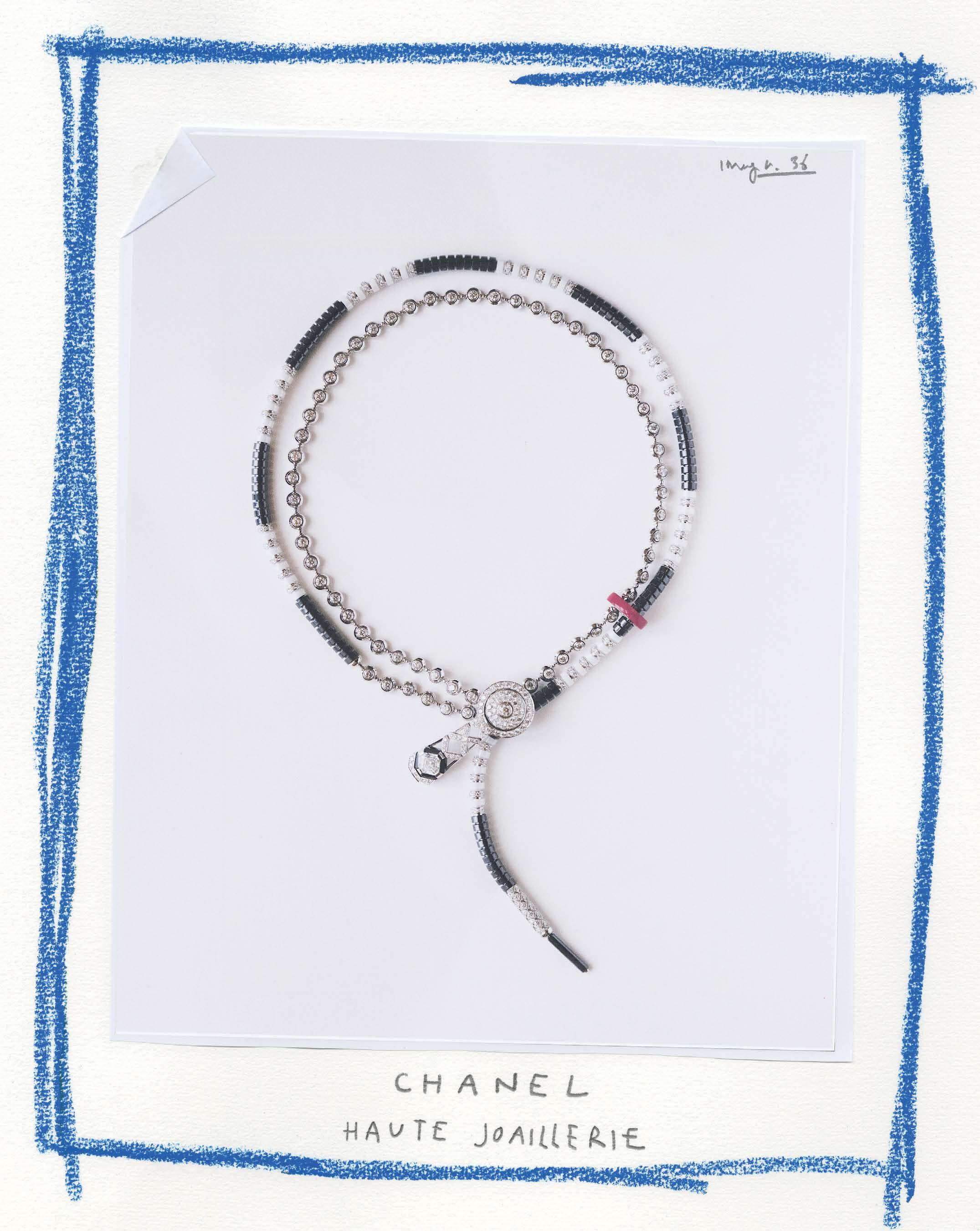





Couture is a summons. In a sartorial landscape largely preoccupied with meeting the moment, the painstaking detail and elaborate design of the craft conjure up an altogether different world—one marked by the flash of high drama, the rustle of sumptuous fabrics, and the pursuit of the extraordinary. In these pages, the best of the season’s couture pieces beckon.
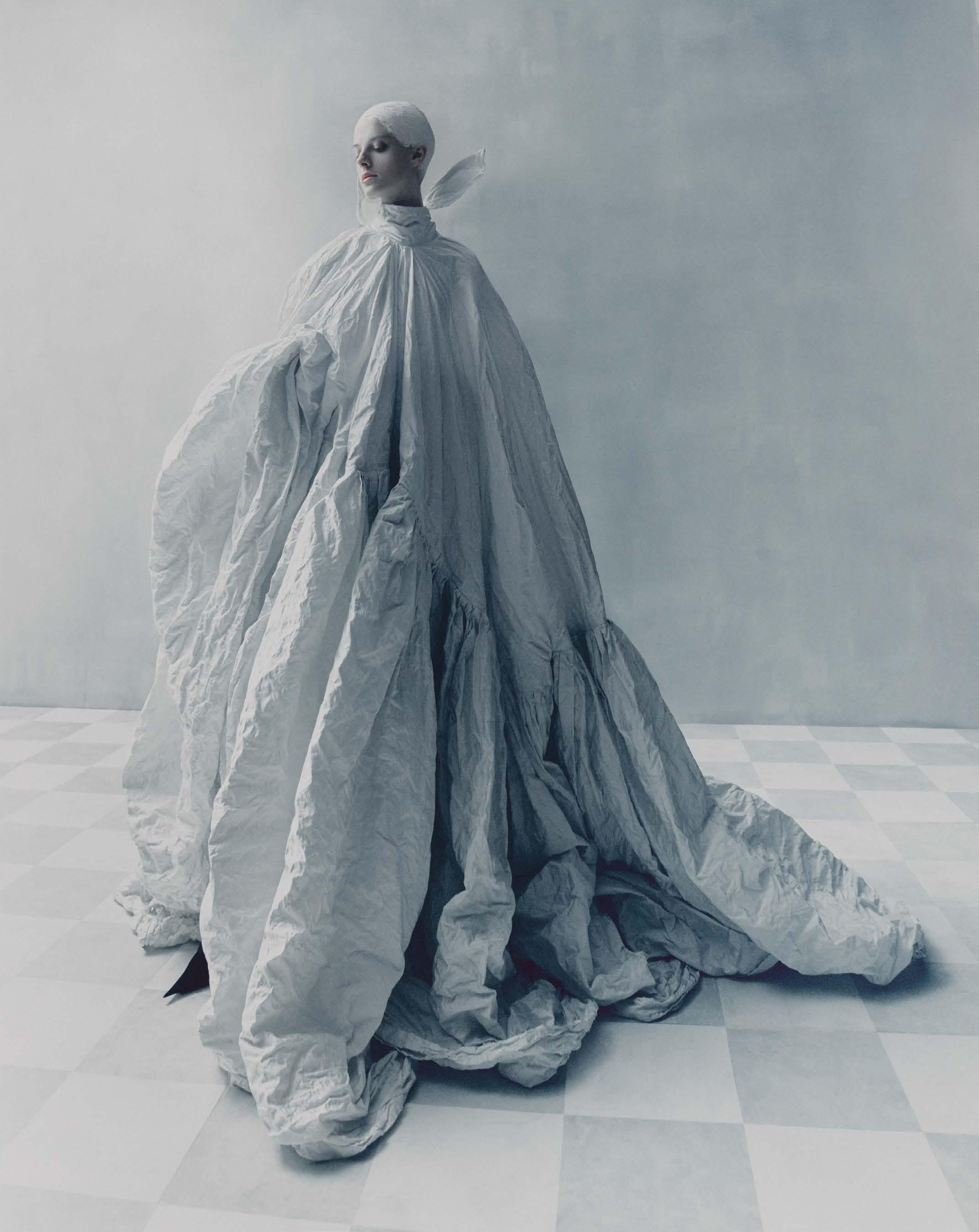

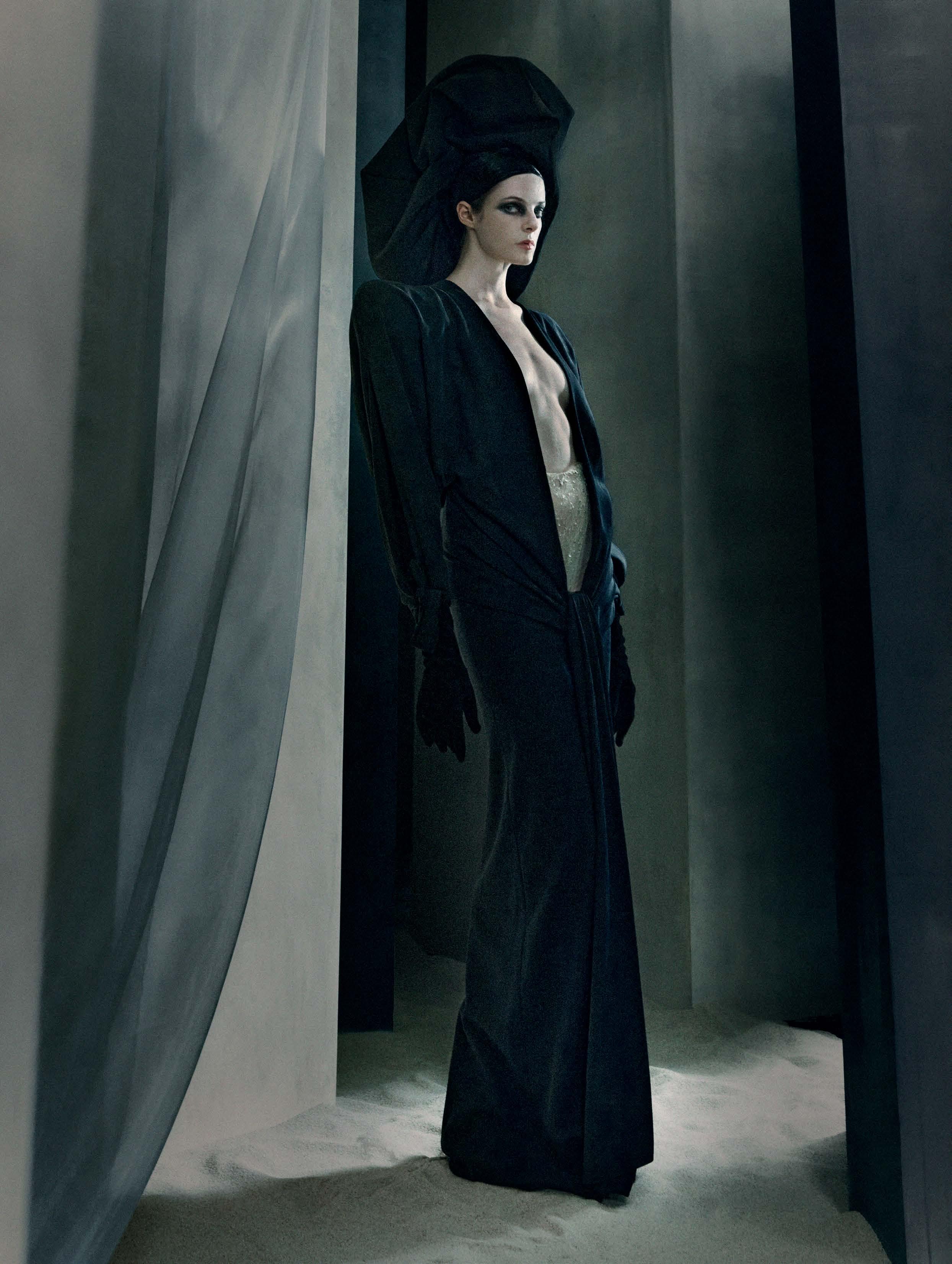





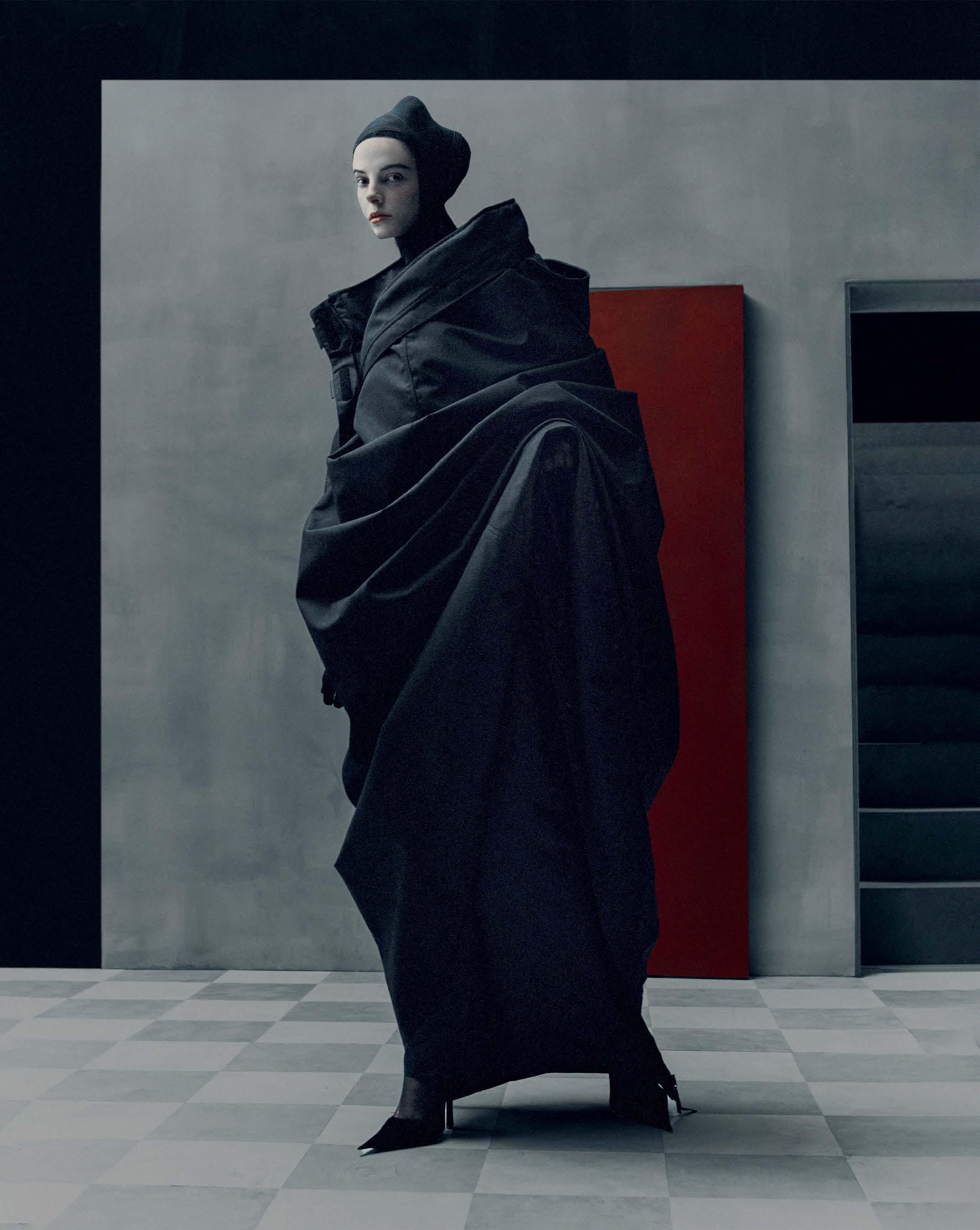
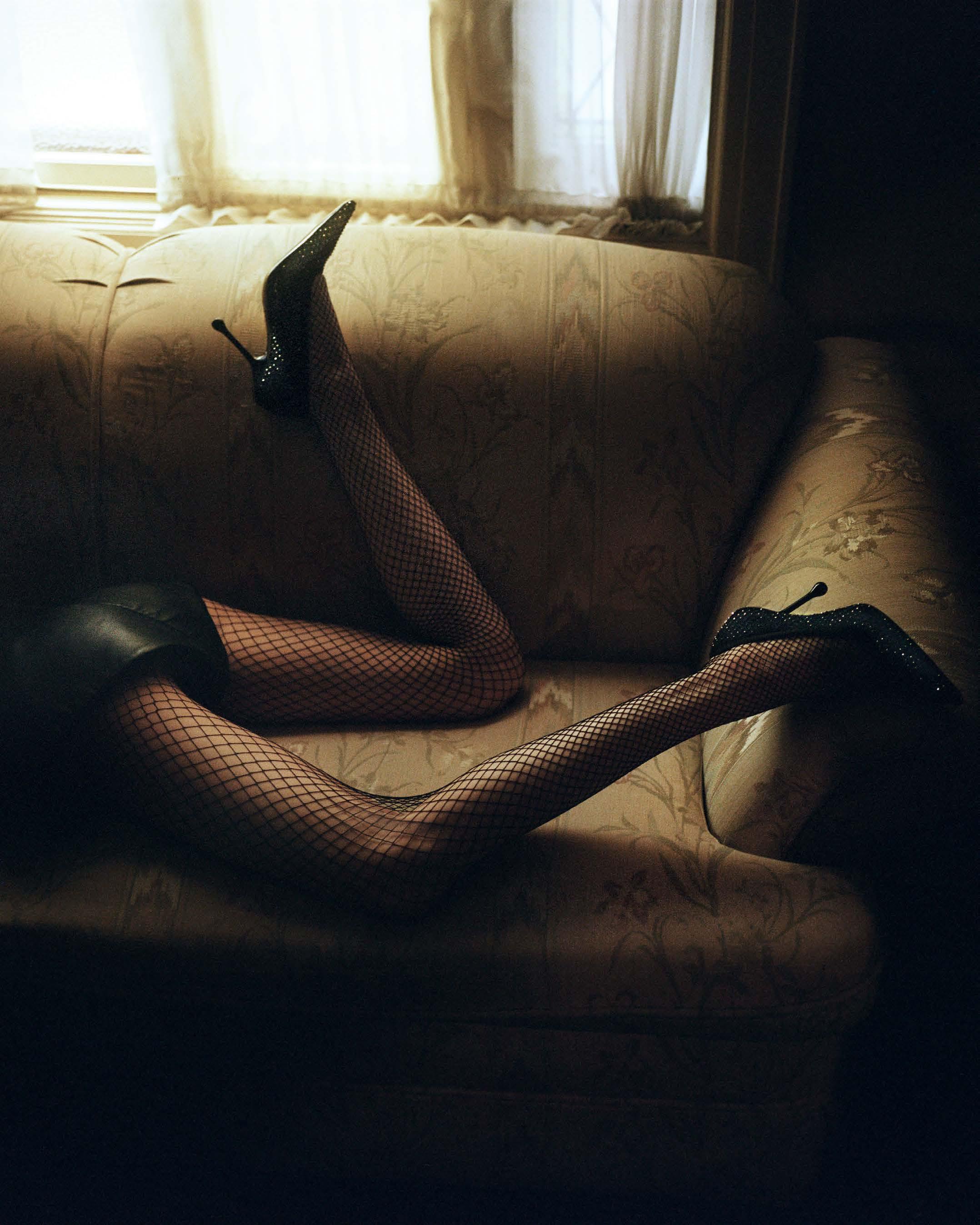
JIMMY CHOO BURST ONTO THE SCENE IN 1996 DURING AN ERA RIFE WITH PARADOXES. MARKED BY BOTH LIVED-IN GRUNGE AND HIGH-FEMME REFINEMENT, THE ’90S GAVE RISE TO STYLE ICONS WHO YO-YOED BETWEEN DISPARATE AESTHETIC POLES. ALMOST 30 YEARS LATER, THE BRAND’S AUTUMN 2024 COLLECTION FILTERS THE HAZE OF ITS FIRST DECADE THROUGH A MODERN LENS TO PRODUCE PIECES AT ONCE EDGY AND CHIC. BIKER BOOTS WITH OVERSIZED HARDWARE CONJURE A SENSE OF DEFIANCE, WHILE CLASSIC PUMPS WITH A LACE-UP POINTED TOE EVOKE CHEEKY SOPHISTICATION. FOR CULTURED, BRITISH PHOTOGRAPHER DREW JARRETT—WHO LENSED MANY A NOUGHTIES ICON ON FILM AND IMMORTALIZED THE MOMENT’S INSOUCIANCE WITH HIS BOOK 1994—SITUATES THE EVOCATIVE COLLECTION IN THE DARK CORNERS AND PLUSH-CARPETED HALLWAYS OF SEPIA-TONED DOMESTIC SPACES. HERE, JIMMY CHOO’S CREATIONS RUN WILD, LEAVING THEIR MARK ON THE MOMENT.
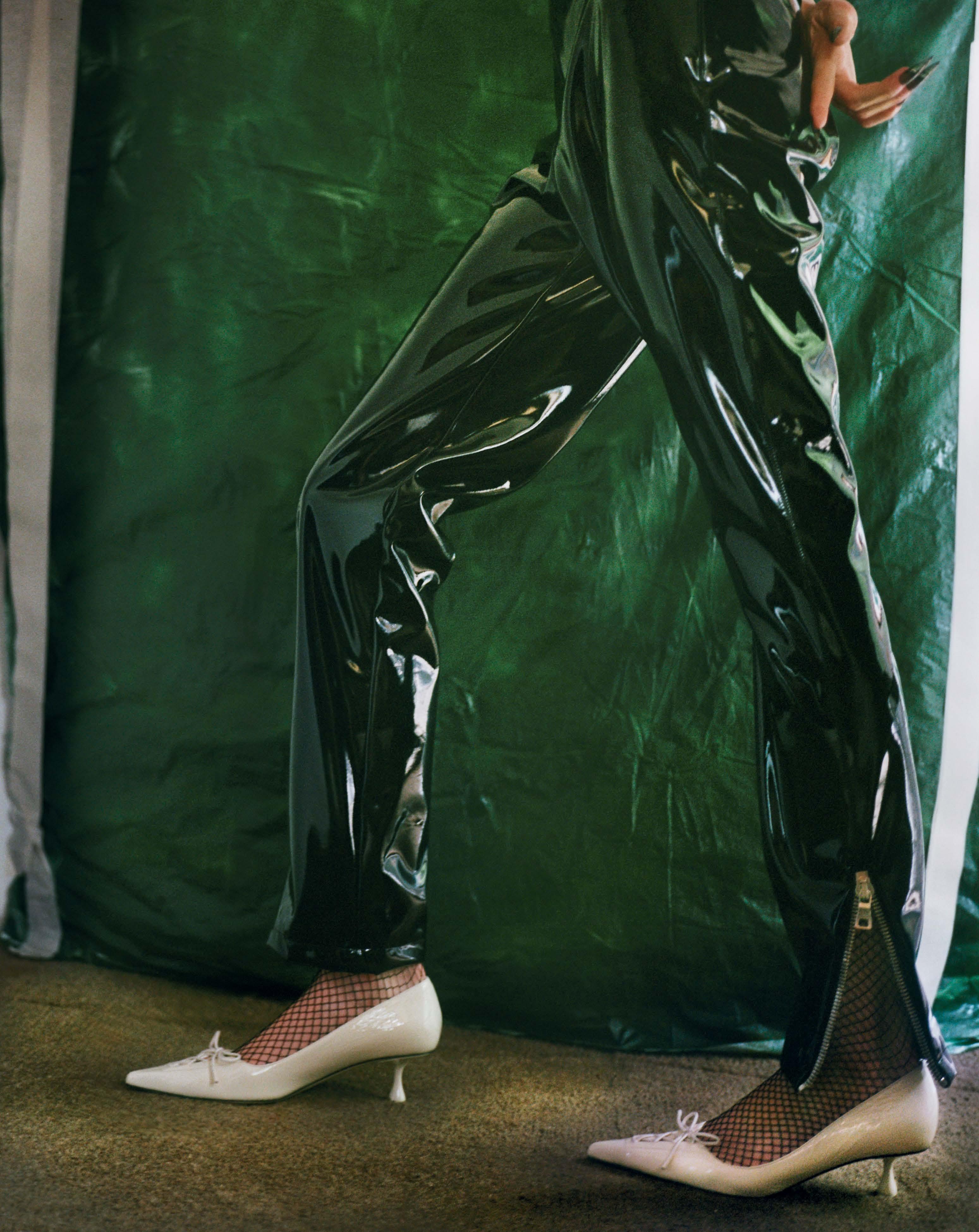




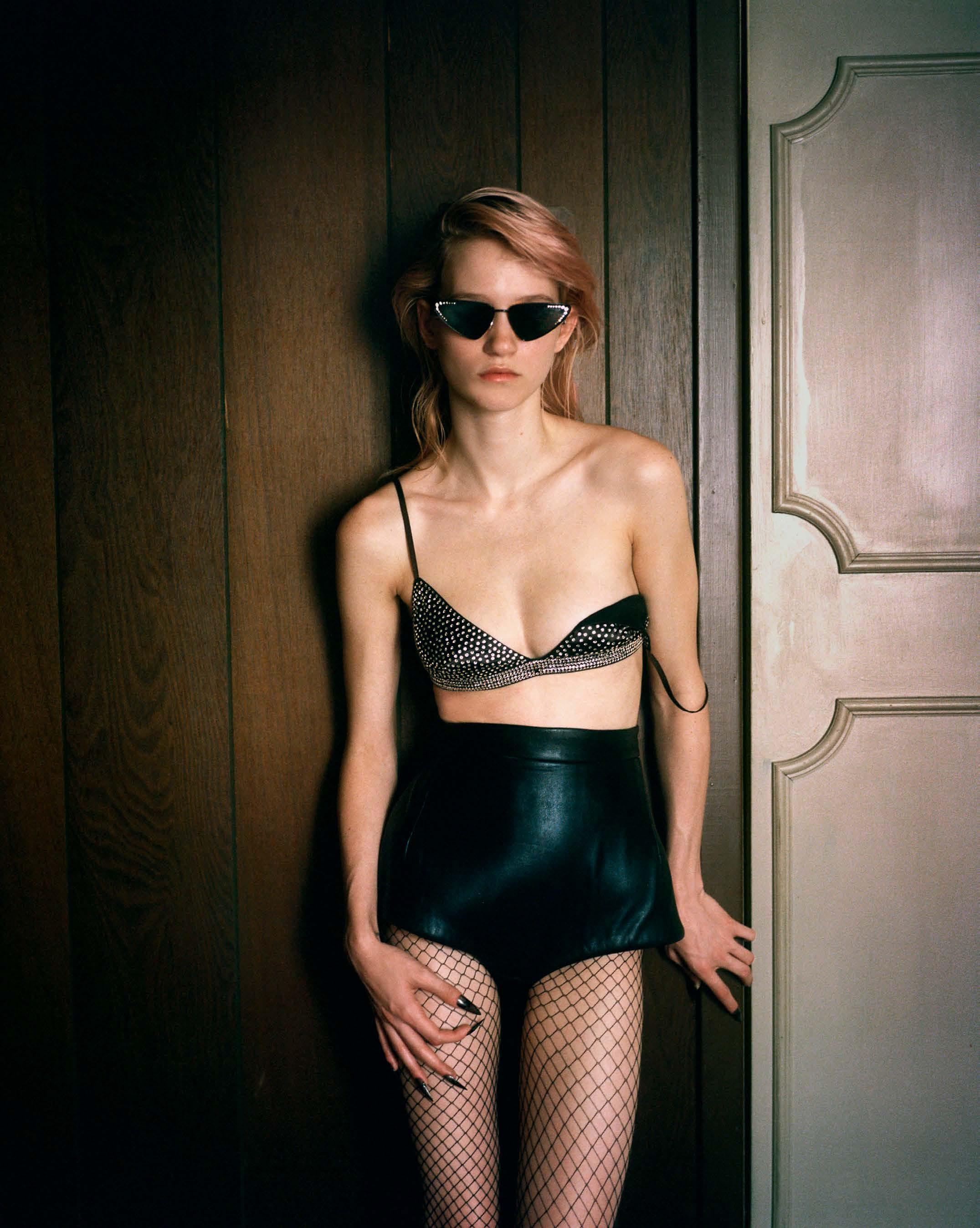


BY LAURA NEILSON
IN THE DECADE SINCE HE JOINED LOUIS VUITTON, THE DESIGNER’S VISIONARY CRUISE PRESENTATIONS HAVE CATAPULTED THE BRAND—AND THE VERY PREMISE OF CRUISE—TO STRATOSPHERIC HEIGHTS AND FAR-FLUNG DESTINATIONS.
It’s been just over a decade since Nicolas Ghesquière took the reins as Louis Vuitton’s artistic director of women’s collections, but the designer’s iconoclastic legacy at the maison eclipses all sense of time. In that period, the designer has imbued the storied French house’s DNA with his own instantly recognizable and confident vision—one that marries touches of modernism and futurism with a sense of romance, at once avant-garde and utterly of the moment.
Along with his deep appreciation for architectural forms—one of Ghesquière’s most-recognized trademarks, evinced in his clean lines, structured silhouettes, and innovative use of materials—it’s his globe-traversing cruise shows, inaugurated during his tenure, that have become synonymous with the brand today. Destinations as far-flung as Kyoto, Rio de Janeiro, and Palm Springs have served as otherworldly stages for his visionary storytelling—opportunities to bring his locally inspired fantasies to life. Isola Bella, the small Italian island where Ghesquière situated his Cruise 2024 show, drew on the island’s lush landscape and marine mythology: Against the facade of the Palazzo Borromeo, models walked the runway in neoprene tank suits, midi skirts adorned with sequins the size of scallop shells, naval coats, and fluttering gowns resembling aquatic vegetation.
The designer’s cruise shows remain one of the sartorial set’s most anticipated events, but Ghesquière’s wanderlust-inducing influence in the category stretches industry-wide. Known to fashion insiders as a midseason recurrence with a practical purpose—offering new luxury goods to hold consumer interest in the lull between collections, sometimes without a
show at all—the early and mid-aughts saw cruise collections evolve into an extravaganza of global runway spectacles.
Today, the globalization of fashion is nowhere more profoundly evident than through the exotic, off-calendar manifestations of cruise, in which luxury brands lay claim to sumptuous destinations, harnessing the immeasurable reach of high-profile guests to bring the rest of the world along for the ride. It also provides a rare opportunity for a legacy brand to freshen up its appearance. Dior’s recent showing in Edinburgh, for example, drew inspiration from Scotland’s mythology through medieval tapestries and folkloric symbols, tapping cult independent designer Samantha McCoach to craft bespoke tartans for the collection. Chanel’s 2024 cruise collection at Paramount Studios in Los Angeles offered the historic house an opportunity to dabble in the vamped-up glamour of Hollywood and California’s beach culture in the form of sporty—and super-short—shorts, cutout bathing suits, flashy, sequined accents, and ’80s-era fitness influences.
But it’s Ghesquière’s alchemy between fashion and architecture that has become the platonic ideal of cruise presentations. Take his 2016 collection—one of his first—which drew the fashion world’s eye to the John Lautner–designed Bob and Dolores Hope estate in Palm Springs, famous for its undulating structure reminiscent of a space-age volcano. The collection itself featured flowing maxi skirts, belly button–baring crop tops, and sleek, moto-style leather jackets cut with exacting precision. With the presentation, the designer, who owns a house by the late mid-century architect in California, demonstrated a gift for
playing spaces and clothing off of each other to immersive effect.
Rio de Janeiro’s saucer-like Niterói Contemporary Art Museum, designed by legendary architect Oscar Niemeyer, offered the backdrop for the following year’s collection. An admirer of Neimeyer’s radical incorporation of structure with nature, Ghesquière noted the synergy between the 2017 Cruise collection and the setting for its debut. “What I saw most of all was movement and an explosive energy that lives somewhere between modernism and tropicality,” he said in a statement. “The main question was how to incorporate all these elements that are part of Brazilian culture, without forgetting that I am just a visitor who brings his own Parisian and French cultural references to the moment.” His answer?
Asymmetrical hemlines, exuberant graphic prints, and shimmering metallic evening gowns to underscore themes of movement, athleticism, and Brazil’s colorful beach culture through a futuristic lens.
The symbiosis between the fashion and its setting holds true off the runway, too. Louis Vuitton recently announced a partnership with the city of Barcelona—after the brand unveiled its latest cruise collection at Gaudí’s famous Park Güell—that involves an ongoing cultural exchange comprising exhibitions, the launch of a local travel guide, and sponsorship of the 37th America’s Cup. Almost two centuries after the house began supplying the well-heeled with impeccably chic luggage, Ghesquière is reinforcing Louis Vuitton’s commitment to inspiring and outfitting travelers for their next adventure—wherever it may lead them.







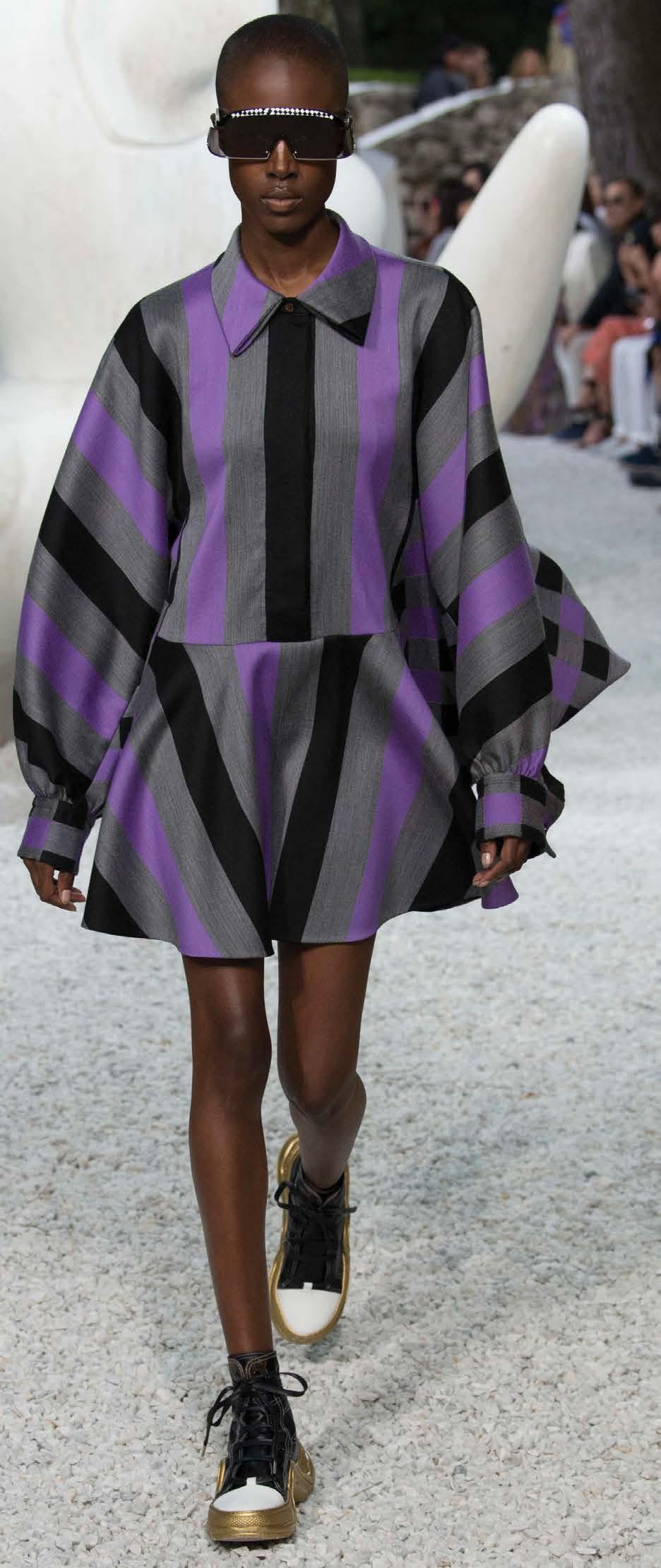




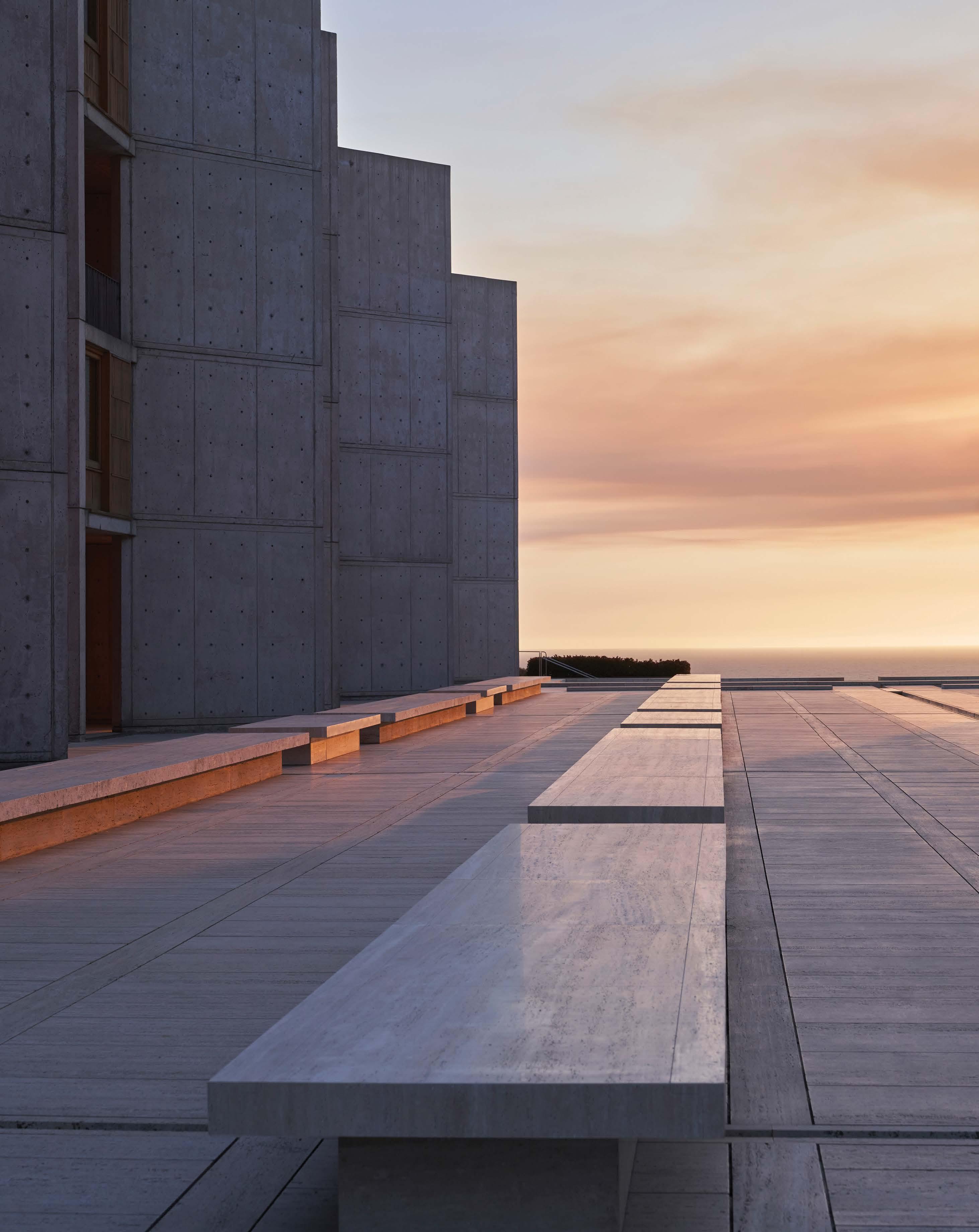


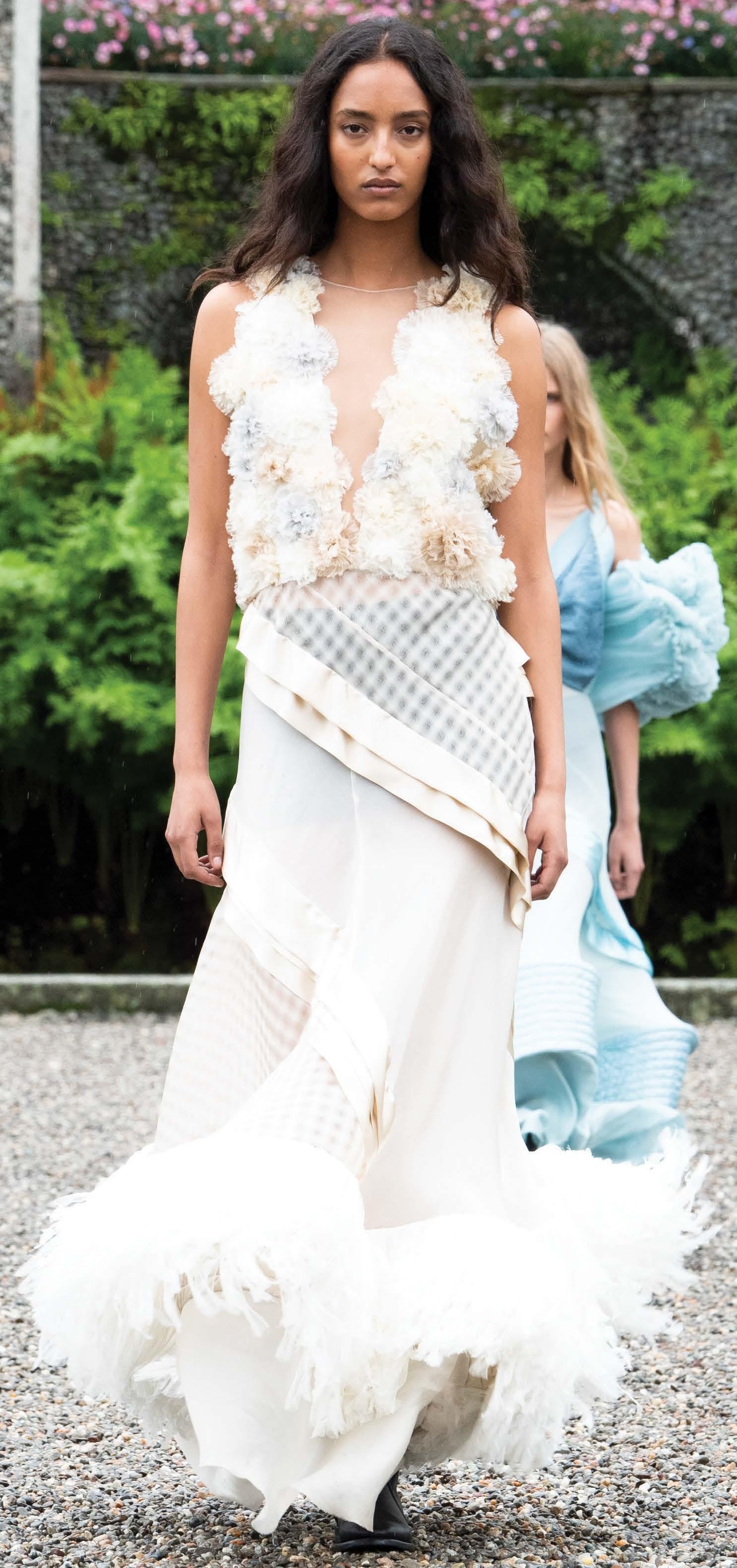
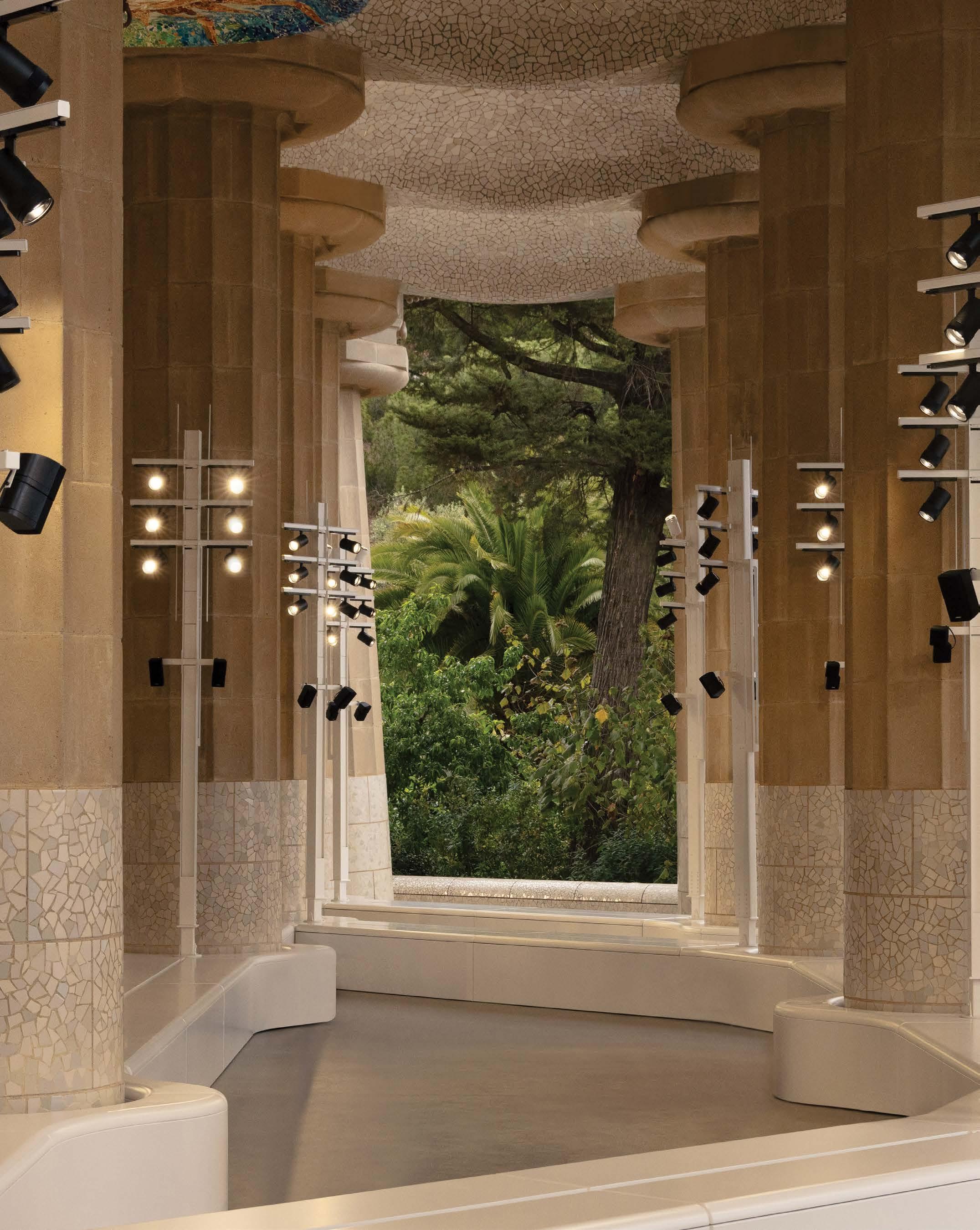

For over two decades, Victoire de Castellane has added a new dimension to French luxury as the artistic director of Dior joaillerie. “My Dior,” her latest collection, distills the essence and history of the maison into enduring keepsakes. Fashioned in white, yellow, and rose gold, the line’s rings, bracelets, and earrings meld seamlessly with the body—subtle when worn separately, or striking when stacked together.
By JAYNE O’DWYER
Makeup by PETER PHILIPS, Creative and Image Director for DIOR MAKEUP
Prominent in the maison’s latest offering is, of course, the cannage pattern— featured in the leather of the legendary Lady Dior bag and inspired by the woven rattan chairs on which Christian Dior himself hosted guests who visited his Avenue Montaigne salon. It’s de Castellane’s memories that translate this heritage into a modern vision: Models clad in all-black with a signature red lip and nails pay homage to the timeless sophisticate, the woman that de Castellane herself recalls seeing when traversing the house’s boutiques as a child. It’s the designer’s tribute to the Dior woman—now and forever.



